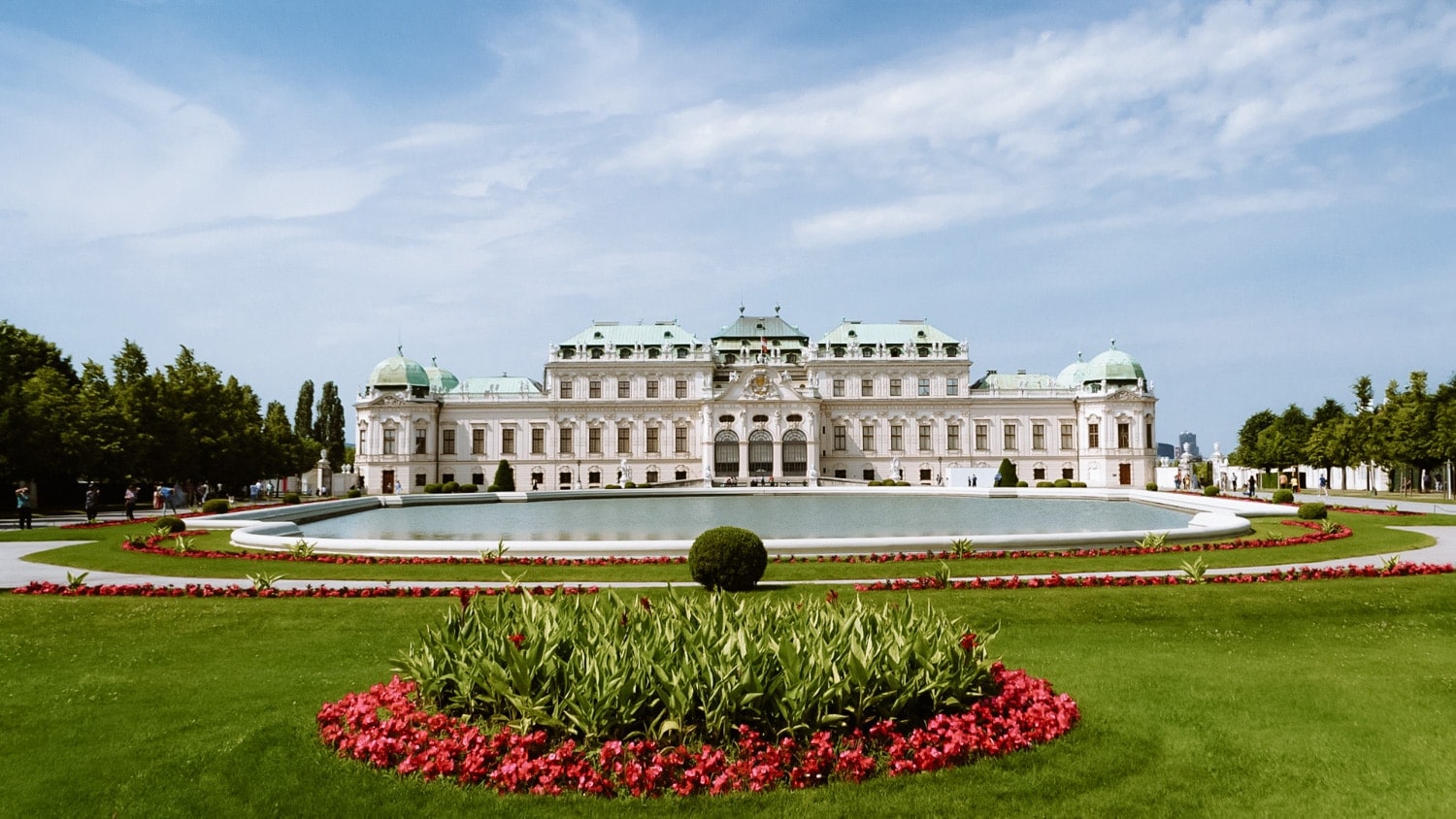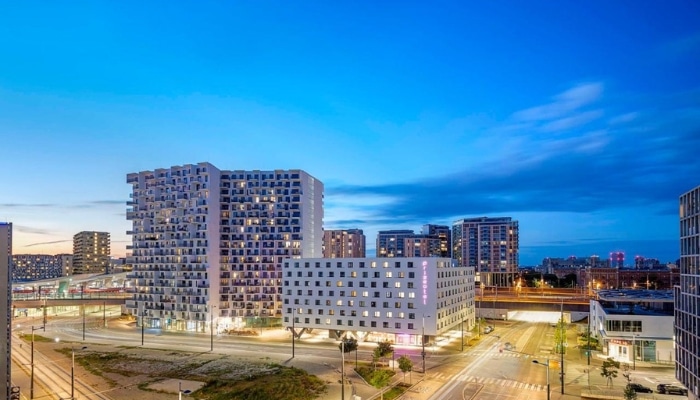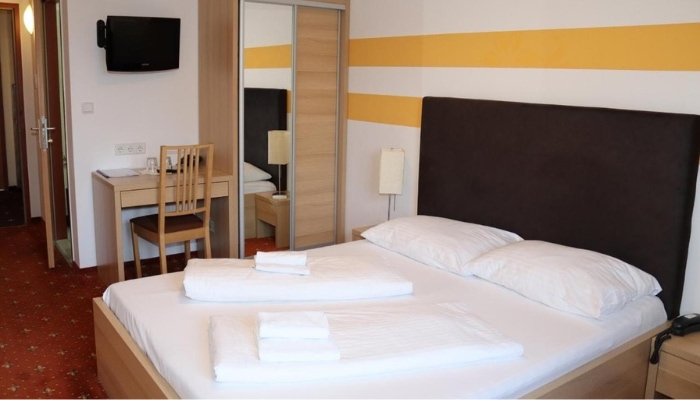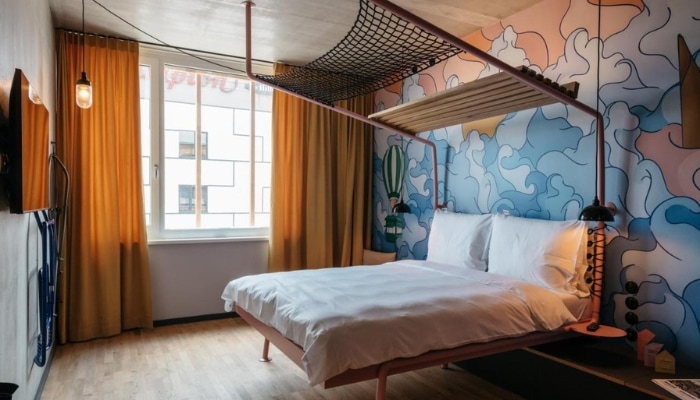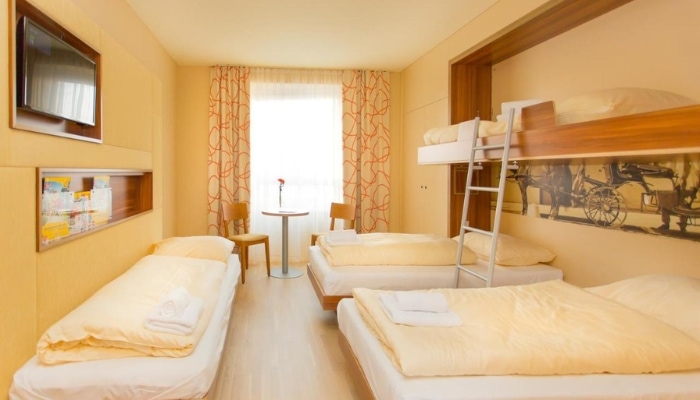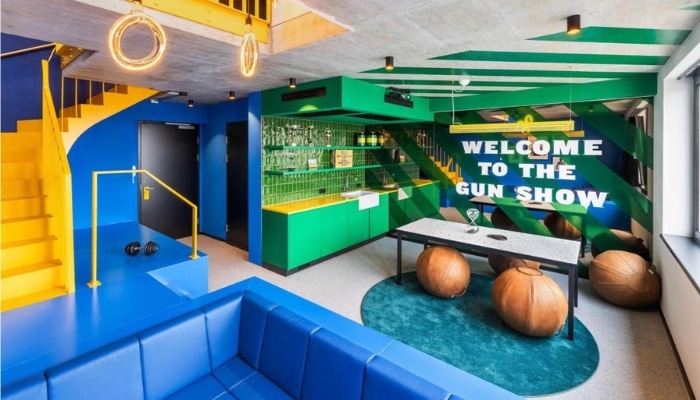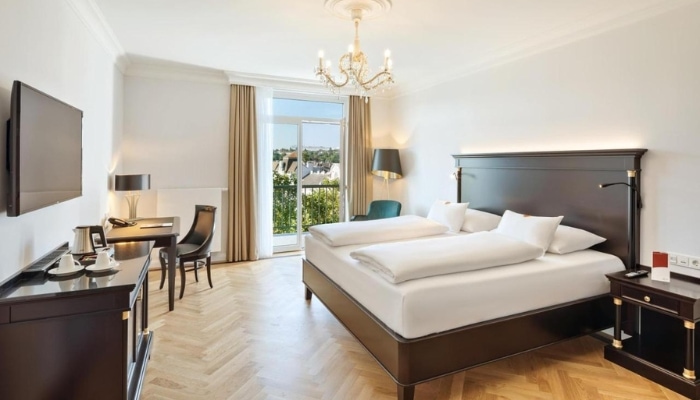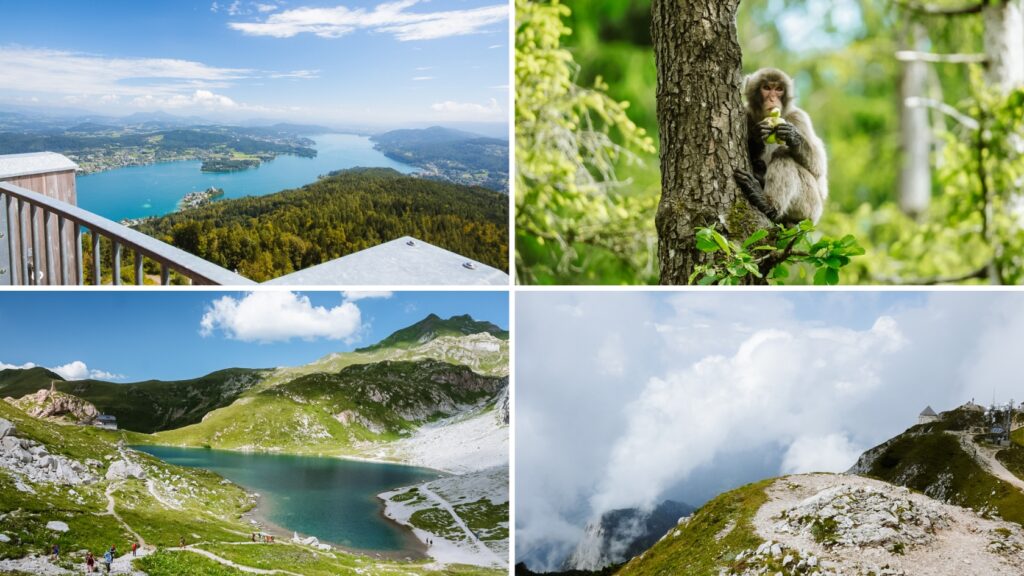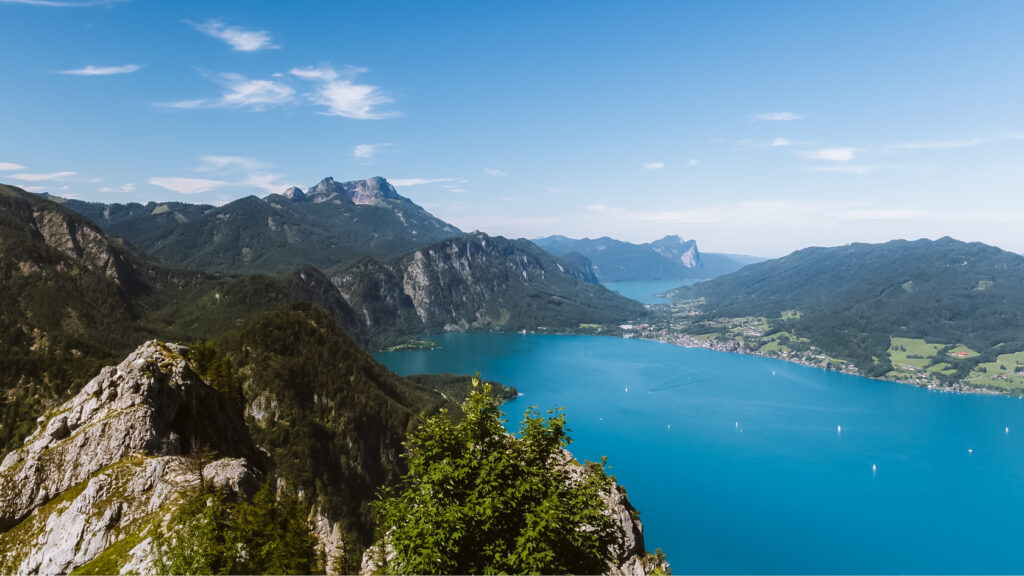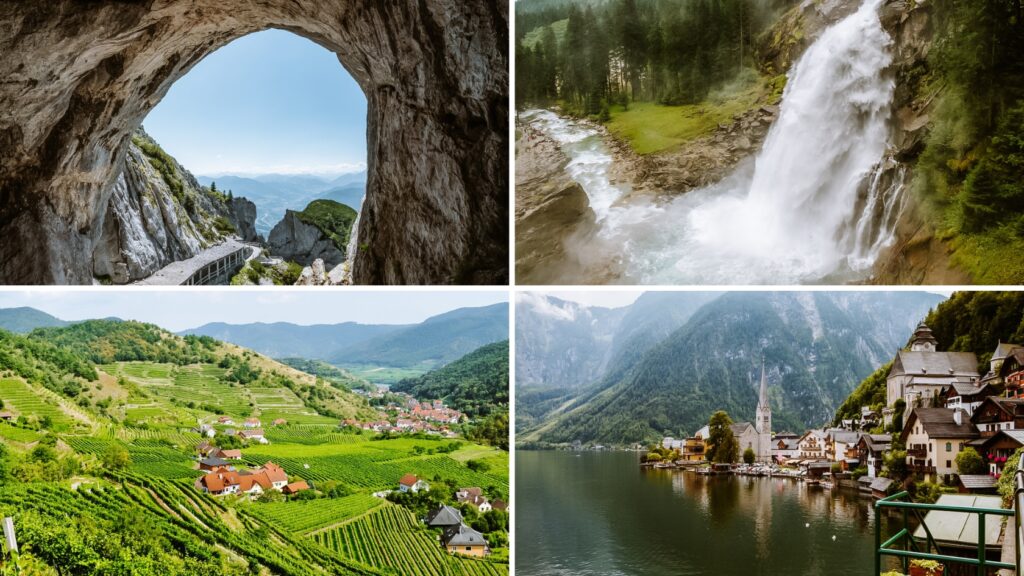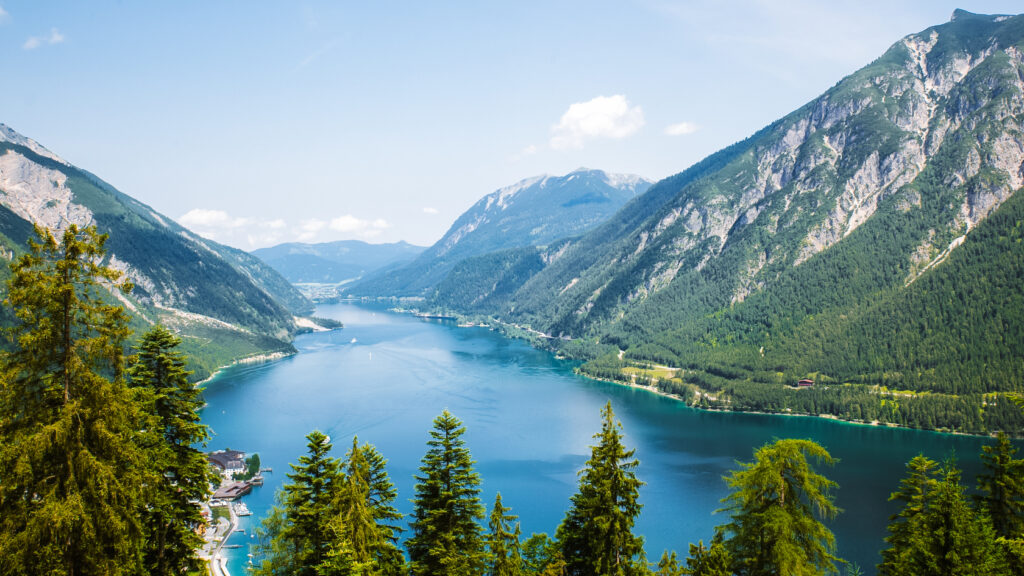Looking for best places to visit in Vienna? See a list of the things to do in Vienna, Austria + useful tips and a map.
Today we’ll take a look at the best places and sights to see and do in Vienna, Austria to build your itinerary. We’ll also add tipshow to enjoy your visit to Vienna (transport, parking, public transport, food, accommodation, map).
- Interesting facts about Vienna
- Best things to do in Vienna: Top places to visit
- 1. Ringstrasse
- 2. Schönbrunn Castle (Schloss Schönbrunn)
- 3. Schönbrunn Zoo (Tiergarten Schönbrunn)
- 4. Hofburg
- 5. Austrian National Library
- 6. Spanish Riding School
- 7. Belvedere Palace (Belvedere)
- 8. St. Stephen's Cathedral (Domkirche St. Stephan)
- 9. Vienna State Opera (Wiener Staatsoper)
- 10. Vienna City Hall (Wiener Rathaus)
- Votive Church (Votivkirche)
- 11. Church of St. Charles of Bohemia (Karlskirche)
- 12. Volksgarten
- 13. Graben
- 14. Ankeruhr
- 15. Danube Tower (Donauturm)
- 16. Prater Park and the Giant Wheel in Vienna
- 17. Capuchin Crypt in Vienna
- 18. Heating plant in Spittelau
- 19. Vienna Gasometer (Wiener Gasometer)
- 20. Augarten
- 21. Donau City
- 22. Danube Island
- 23. Naschmarkt
- 24. Art History Museum (Kunsthistorisches Museum)
- 25. Museum of Natural History (Naturhistorisches Museum)
- 26. Hundertwasserhaus museum
- 27. Wax Museum (Madame Tussauds)
- 28. Stadtpark
- 29. Military History Museum (Heeresgeschichtliches Museum)
- 30. Technical Museum (Technisches Museum Wien)
- 31. Setagayapark
- 32. Albertina Art Gallery – Museums in Vienna
- 33. MuseumsQuartier – Museums in Vienna
- 34. Volksgarten
- 35. House of the Sea (Haus des Meeres)
- 36. Christmas Vienna
- Best Things to do in Vienna – map
- Where to stay in Vienna?
- What to taste in Vienna?
- How to get to Vienna
- Parking in Vienna
- Transport in Vienna
- Prices in Vienna
- When to visit Vienna?
- More information about Austria
- Summary: Best Things to do in Vienna
Interesting facts about Vienna
From its majestic palaces and churches to its vibrant nightlife, there are plenty of reasons to visit Vienna. With its low cost of living, excellent public transport network and high quality of life, Vienna is considered one of the most liveable cities in the world.
In addition, Vienna is home to a wide range of cultural attractions and activities, including some of the world’s most famous art galleries, a lively music and theatre scene and many international festivals. Over 450 annual balls are held here in a year alone.
A museum at every turn. That’s one way to describe how many museums you can find here. And it’s not just art museums. You can also visit great interactive museums focusing on nature, history, military or technology.
Vienna is open not only to couples but also to families with children. There are so many activities for children that the whole family will enjoy a visit to Vienna.
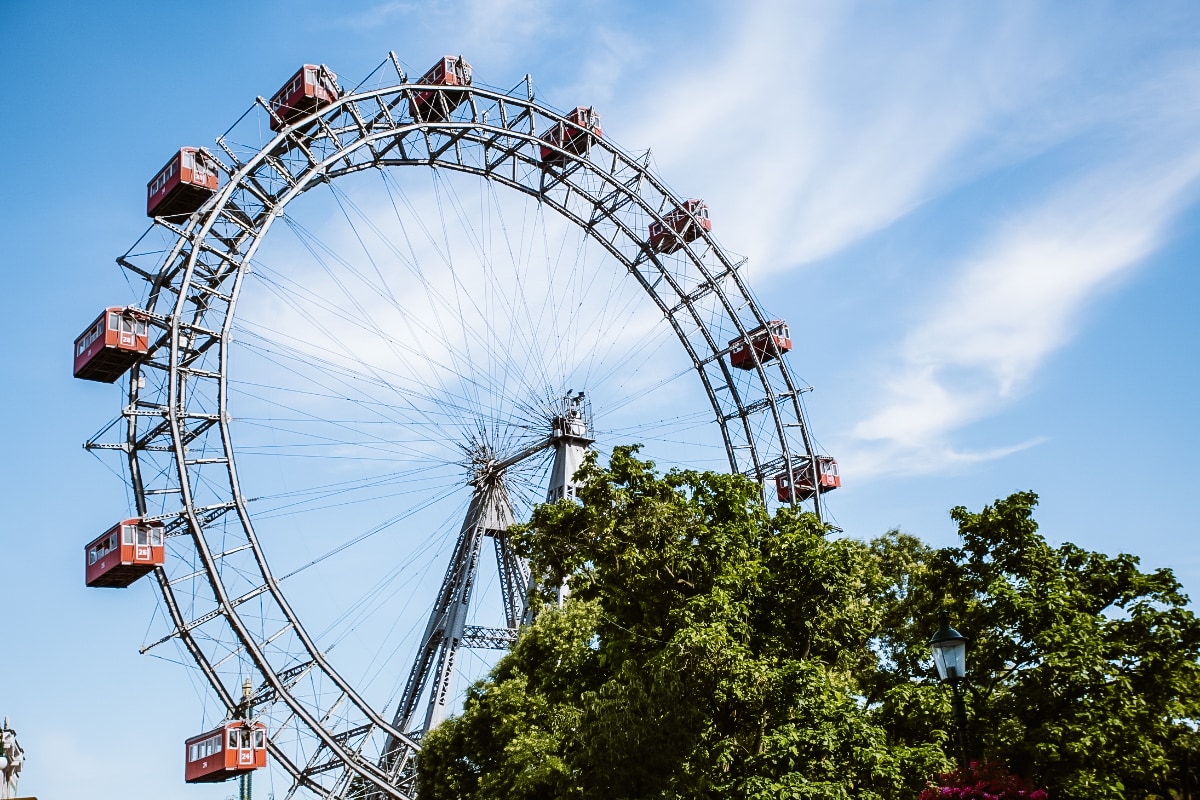
In Vienna you can visit the oldest zoo in the world, which was even named the most beautiful zoo in Europe. Or visit the world’s oldest Ferris wheel, which has been there since the 19th century.
And not only that. In today’s article, we will show you the best things to do in Vienna, Austria.
Tip: Looking to save money when visiting Vienna? With a tourist card Vienna City Card you get free transport and discounts to more than 200 places in Vienna. I wrote about the card detailed article so you can see if the card is worth it for you.
The other option is the Vienna Pass, which includes free entry to most places in Vienna for 1, 2, 3 or 6 days. An alternative is the Vienna Flexi Pass, where you choose the number of attractions you want to visit. More about the Vienna Pass and Vienna Flexi Pass in the previous article.
Best things to do in Vienna: Top places to visit
1. Ringstrasse
Ringstrasse means “Ring Road”. It is a 5.3 km long route that goes around inner Vienna.
It is lined by a number of monuments and important buildings, such as the Art History and Natural History Museum, the State Opera House, the Town Hall and the Parliament. You can also take the yellow Ring Tram all the way.
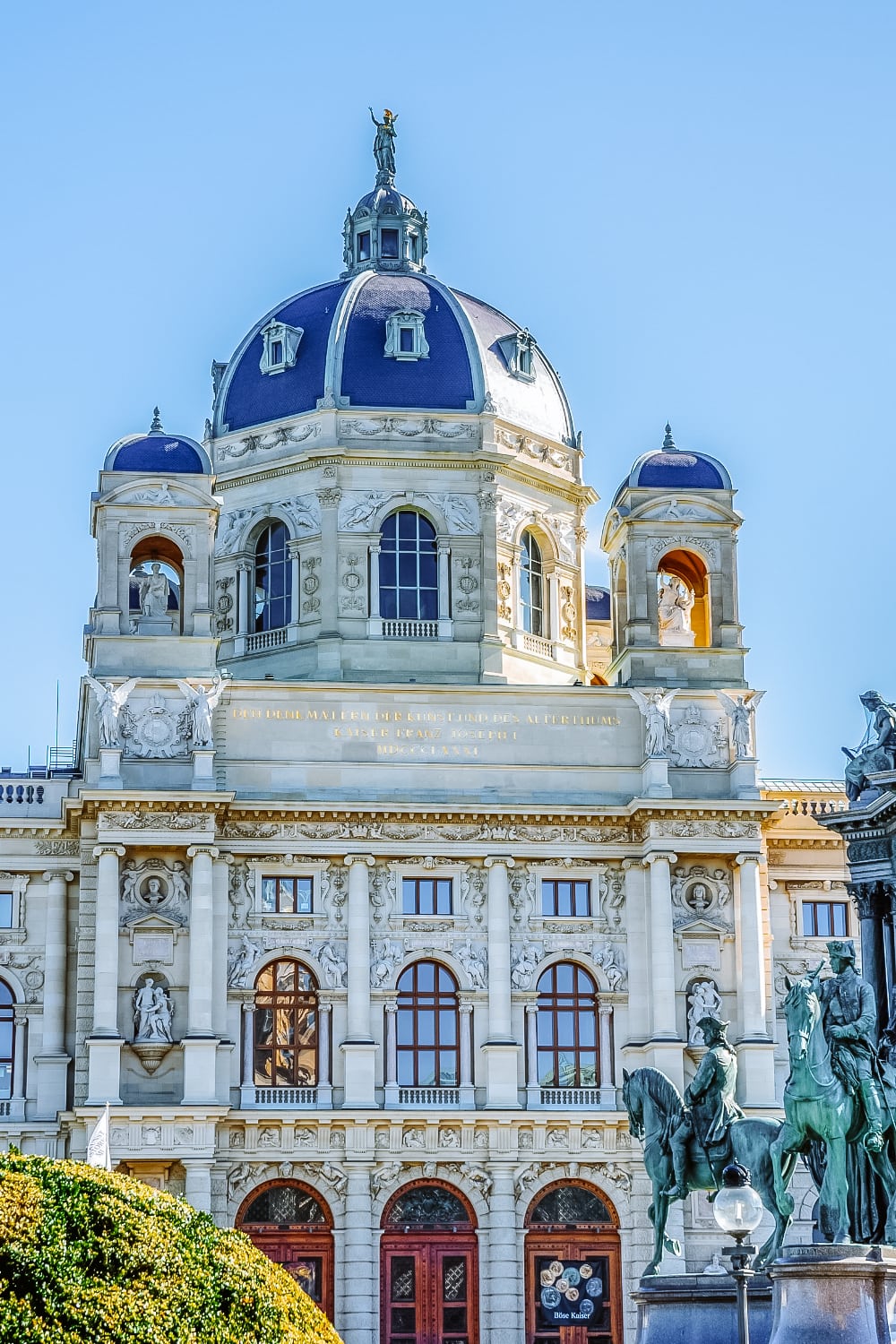
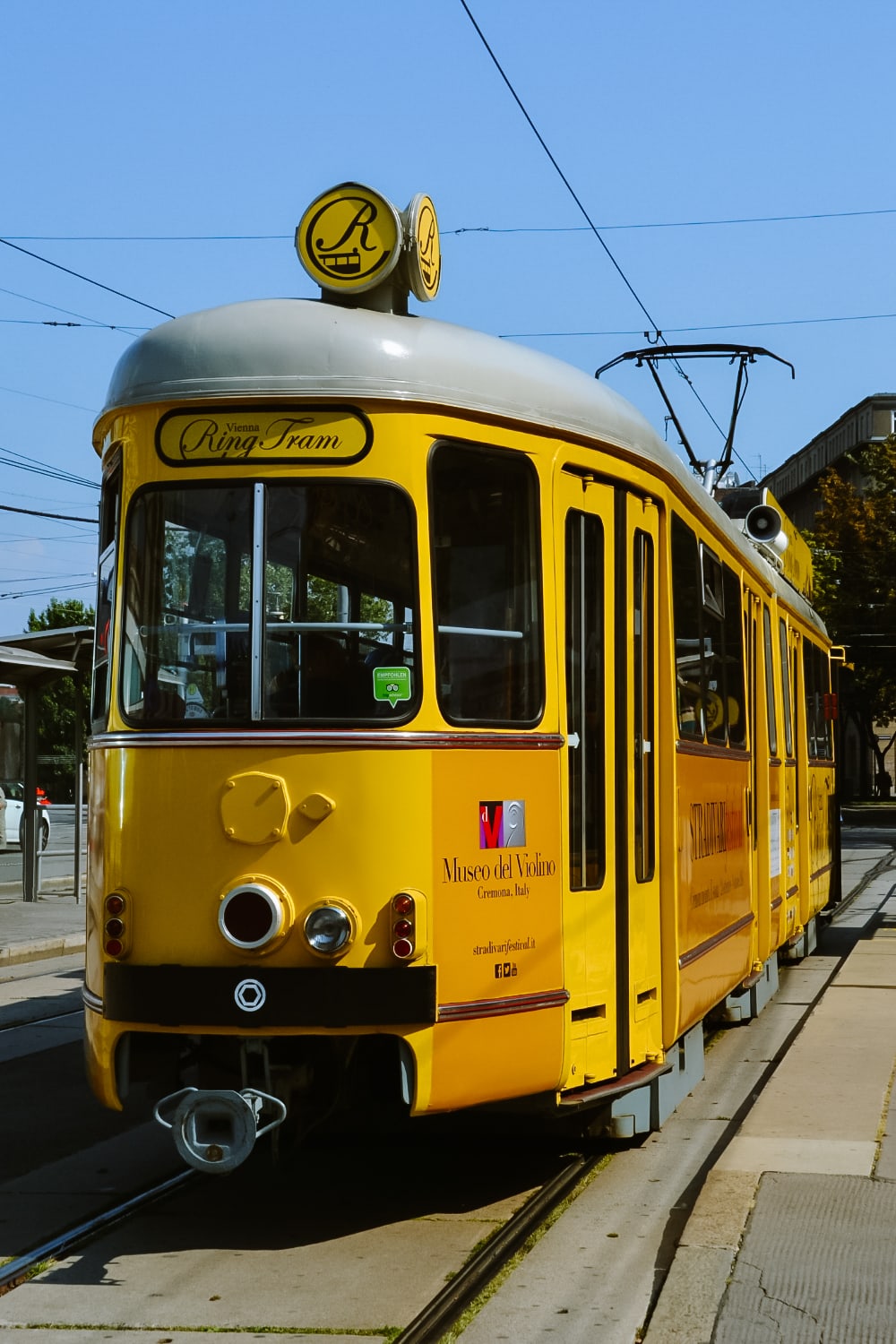
2. Schönbrunn Castle (Schloss Schönbrunn)
The Schönbrunn complex is a large complex with a Baroque castle, beautiful gardens and a zoo.
Schönbrunn Palace in Vienna is one of the must-see places when visiting Vienna. It is one of the most important historical monuments in Europe, which hides centuries of history within its walls.
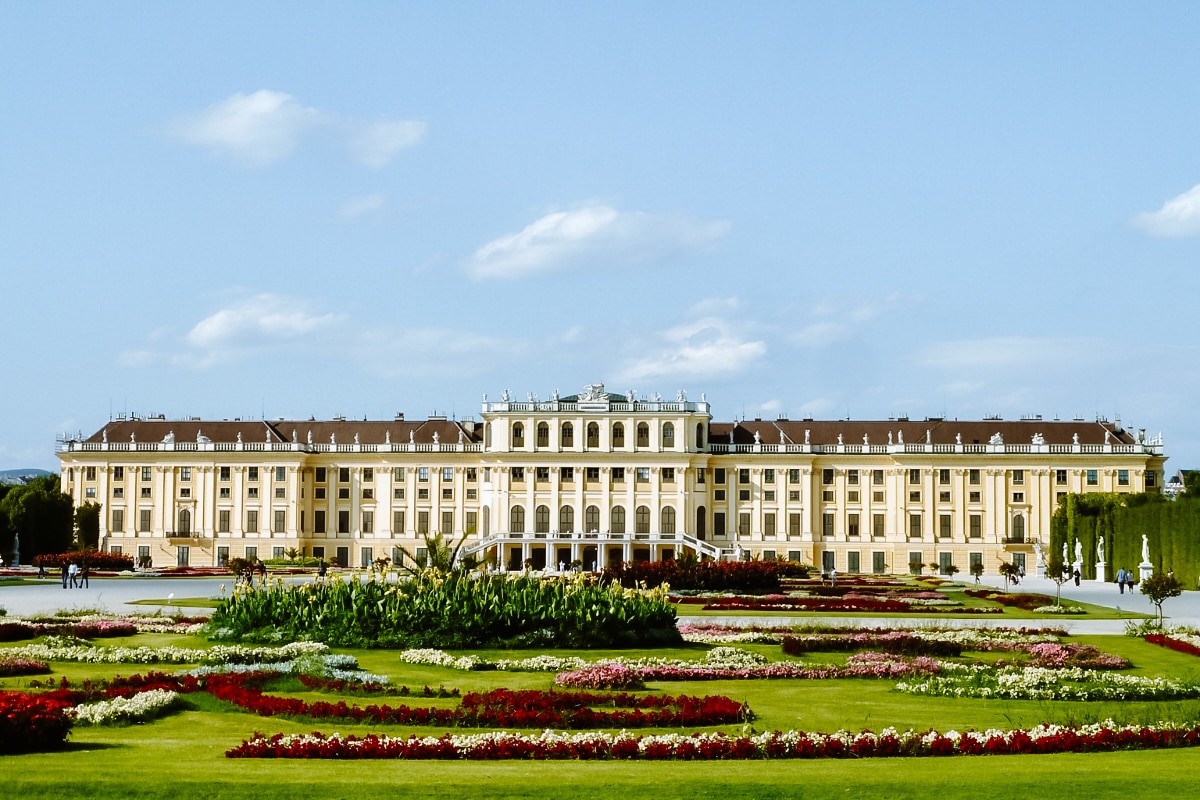
During the tour, you will have a glimpse into the chambers of former courtiers and emperors who called this palace their summer residence over time, and you will be treated to magnificent frescoes and sumptuous decorations.
Or stroll through the gardens with manicured lawns adorned with fountains, statues and greenhouses that were once part of the royal playground for children.
You can enjoy a beautiful view of the castle from the terrace, which is directly opposite the castle behind the Neptune Fountain.
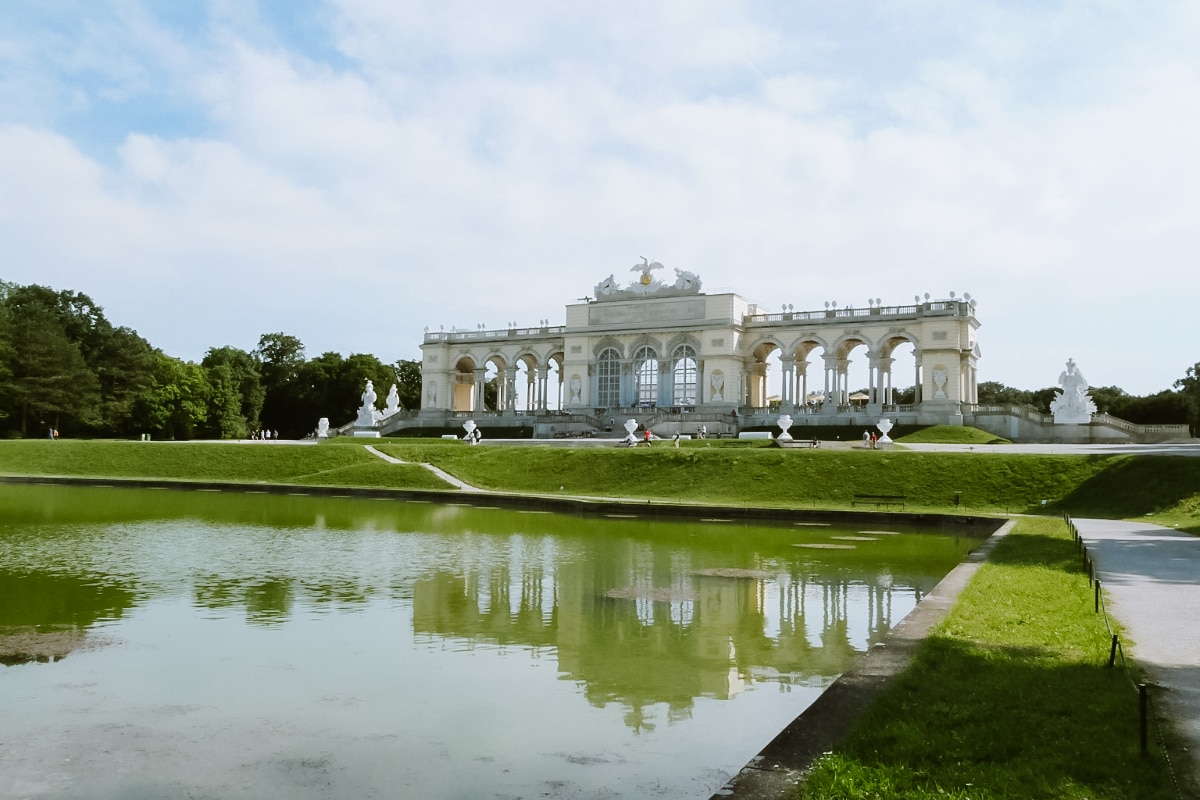
The surrounding gardens of the castle include the Palmenhaus, which translates as Palm House. A unique steel building with exotic plants where you can have a coffee and a bite to eat.
Are you planning a visit with children? Head to the maze or the children’s museum, where children can try on a prince or princess costume.
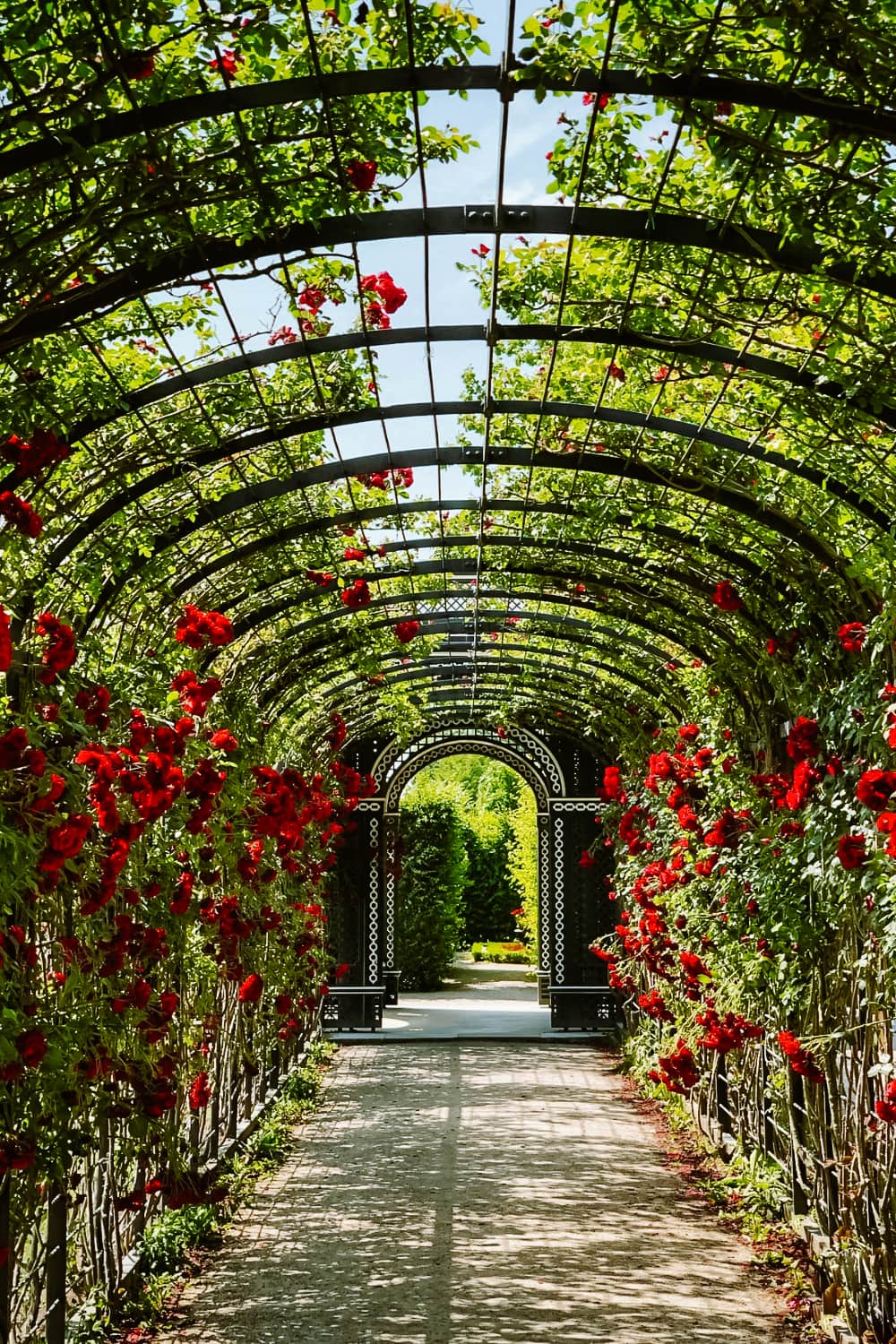
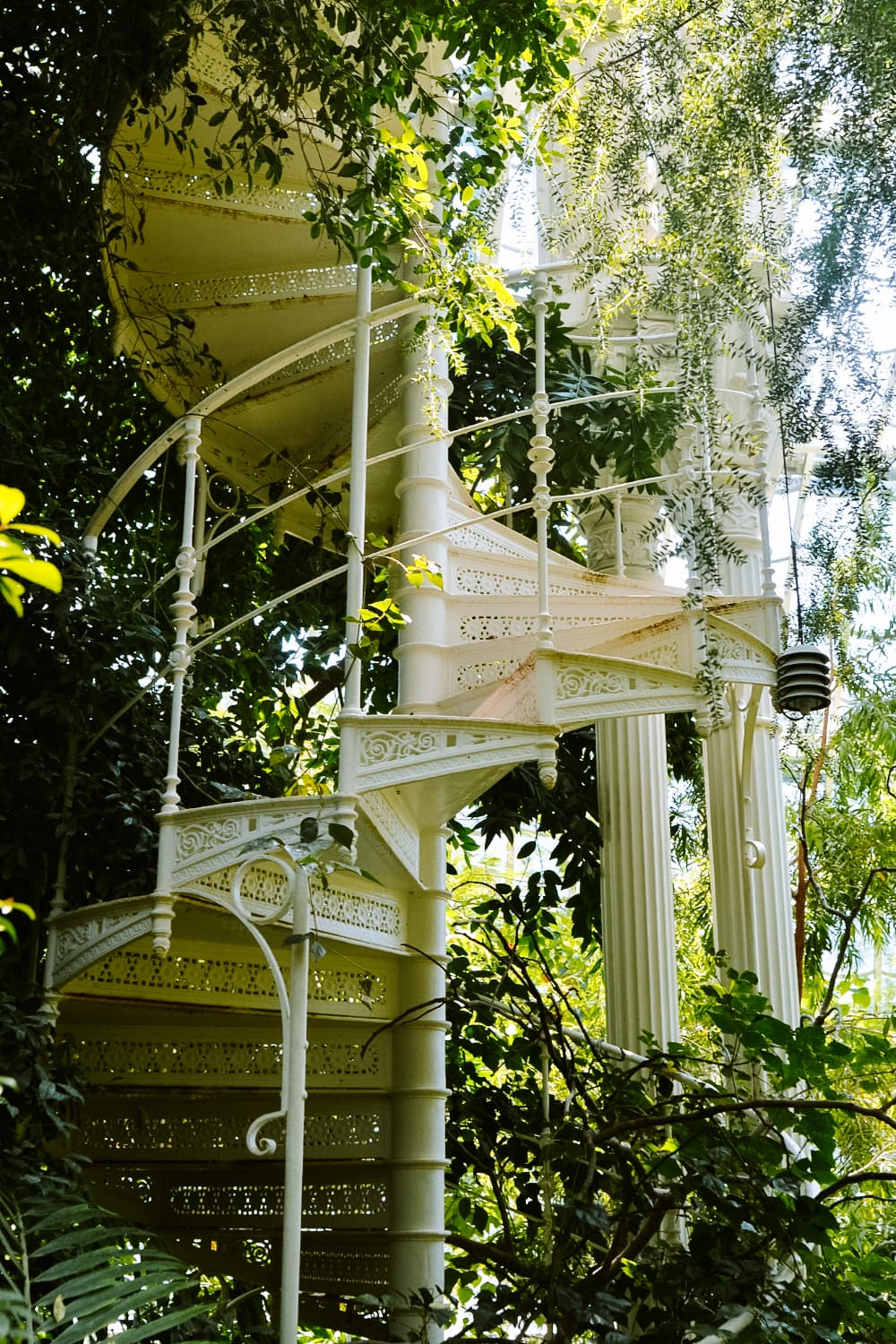
Admission and opening hours of Schönbrunn Palace
Admission to Schönbrunn Palace depends on what you want to visit. There is a lot to choose from – I recommend you choose on official websiteexactly what you want to see.
Entrance to the gardens is free, but if you want to visit the special gardens, labyrinth, orangery, etc., there is a charge for these places.
The opening hours of the castle vary according to the season. Book your tickets in advance to avoid queues on site. You can also check the opening hours.
Accommodation in Vienna 😴
3. Schönbrunn Zoo (Tiergarten Schönbrunn)
Visiting Schönbrunn Zoo is one of the best things to do in Vienna. It is the oldest zoo in the world (it has been operating since 1752) and has also won the title of the most beautiful zoo in the world several times.
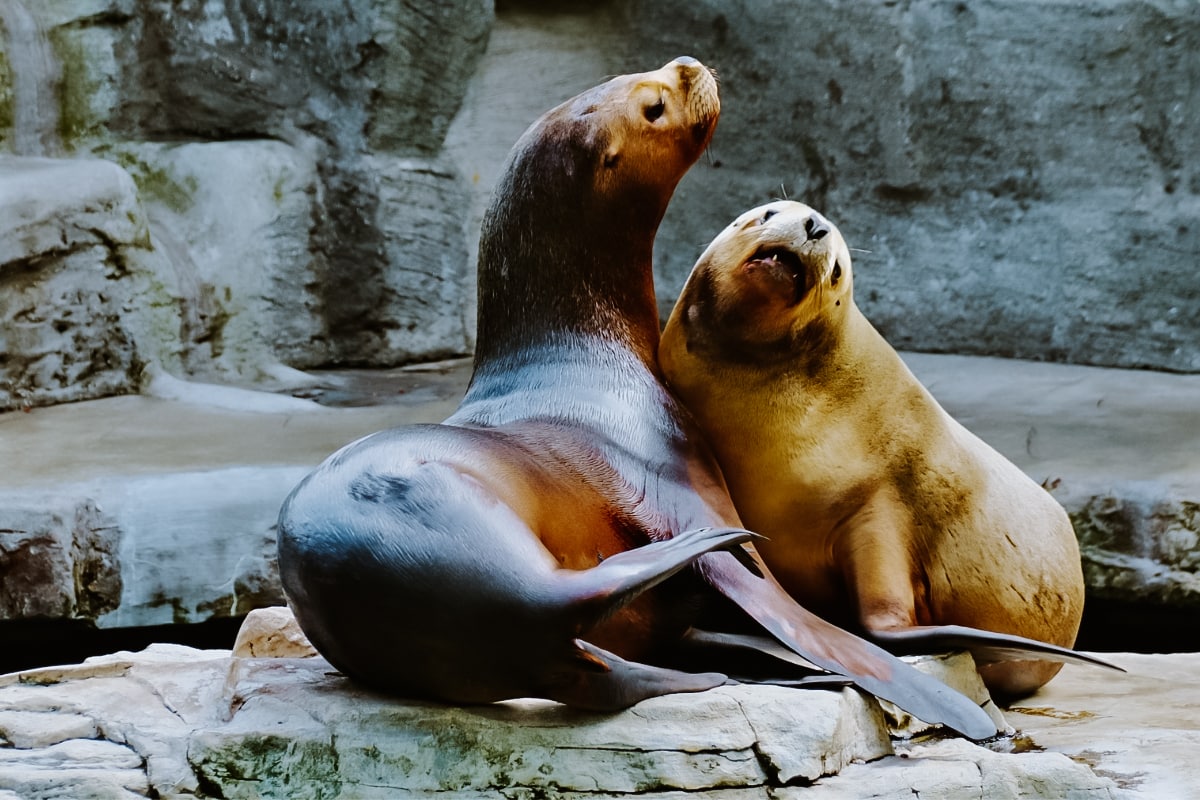
The zoo covers an area of almost 17 hectares, breeds more than 700 species of animals and includes two areas dedicated exclusively to endangered species. You can observe rare animals such as giant pandas, black rhinos, gorillas and koalas in their natural habitat.
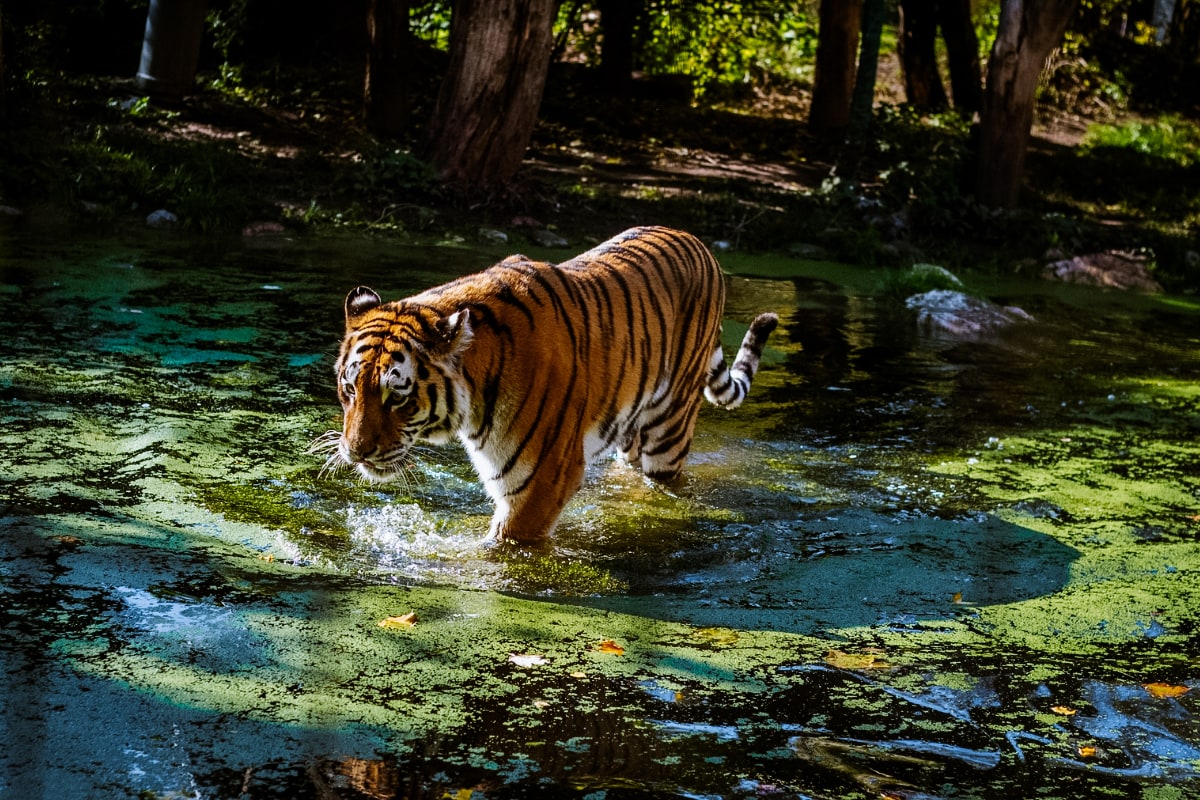
Admission and opening hours Tiergarten Schönbrunn
Admission: full admission to the Tiergarten Schönbrunn is 27 € and reduced admission is 15,50 € (children, youth and disabled over 50%). Children up to 6 years of age are admitted free of charge. For tickets to Schönbrunn Zoo click here .
Opening hours vary by season:
- January 9:00-16:30
- February 9:00-17:00
- March 9:00-17:30
- April-September 9:00-18:30
- October until the end of summer time 9:00-17:30
- October-December 9:00-16:30
Tip: Schöbrunn Palace and Zoo are included in the tourist card Vienna Passwhich gives you free admission to the sights in Vienna and free transport, including a cruise.

4. Hofburg
The Hofburg is one of the largest palace complexes in the world and was formerly home to the Habsburgs. Various emperors have left their mark here, making the complex a mixture of different architectural styles and details. Today it is the official residence of the Austrian President.
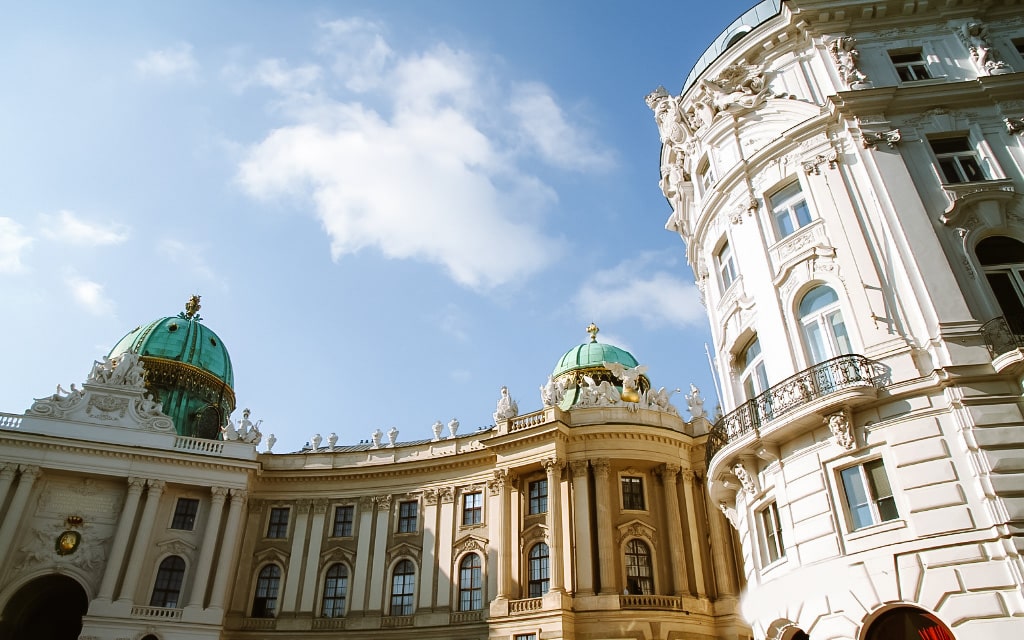
The palace’s attractions include the Sisi Museum (dedicated to Empress Elizabeth), the Imperial Apartments, the silver collection, the Crown Jewels, galleries dedicated to fine art, antique furniture, porcelain and more.
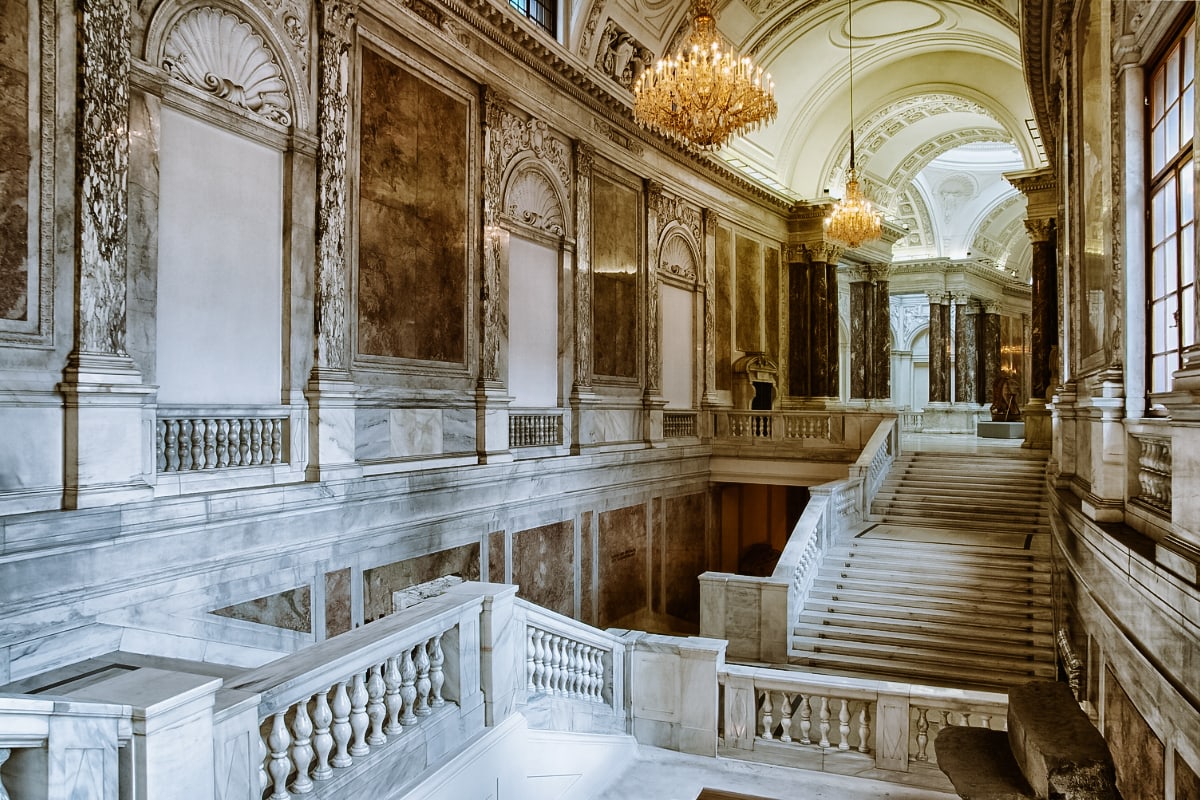
Admission and opening hours of the Hofburg Palace
Admission: admission to the Hofburg Palace is € 17.50 and a reduced price of € 11 (children 6-18 years). Children up to 6 years of age are admitted free of charge. Your ticket includes a visit to the Sisi Museum and the Imperial Apartments. Book your tickets here .
Opening hours: the Hofburg Palace is open daily 9:30-17:00 (last entry at 16:00).
5. Austrian National Library
The Hofburg Palace complex also houses the Austrian National Library, which is beautiful. The magnificent frescoed halls, such as the Augustine Study Hall or the Hall of State, are particularly worth seeing.
Admission to the State Hall of the Austrian National Library is € 10, under 19 free – for more information on admission and opening hours, please visit the official website.
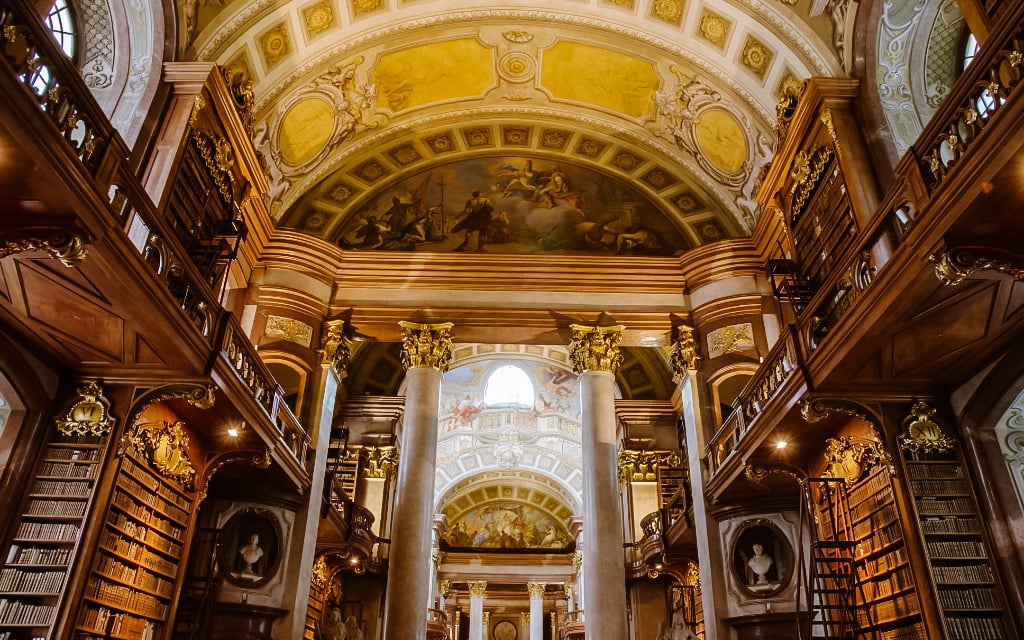
6. Spanish Riding School
The Hofburg complex also includes the Spanish Riding School, one of the four most prestigious riding schools in the world.
There are 2 ways to visit the Spanish Riding School: you can come to morning training or buy a ticket to a special performance.
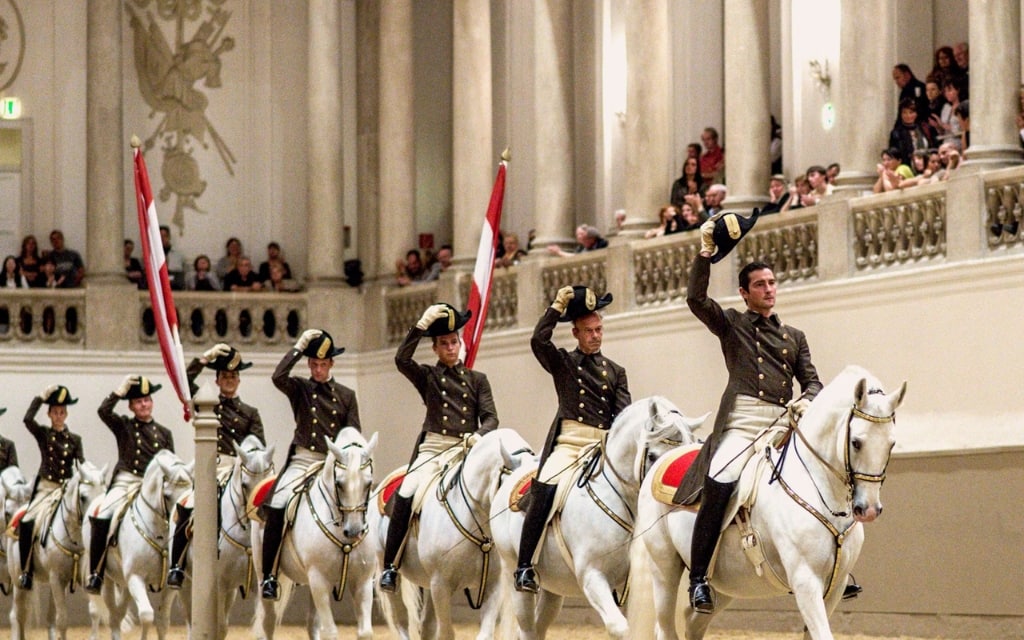
7. Belvedere Palace (Belvedere)
The Belvedere is one of Vienna’s most beautiful and famous monuments. In addition, it is surrounded by beautiful gardens that are full of flowers from spring to early autumn.
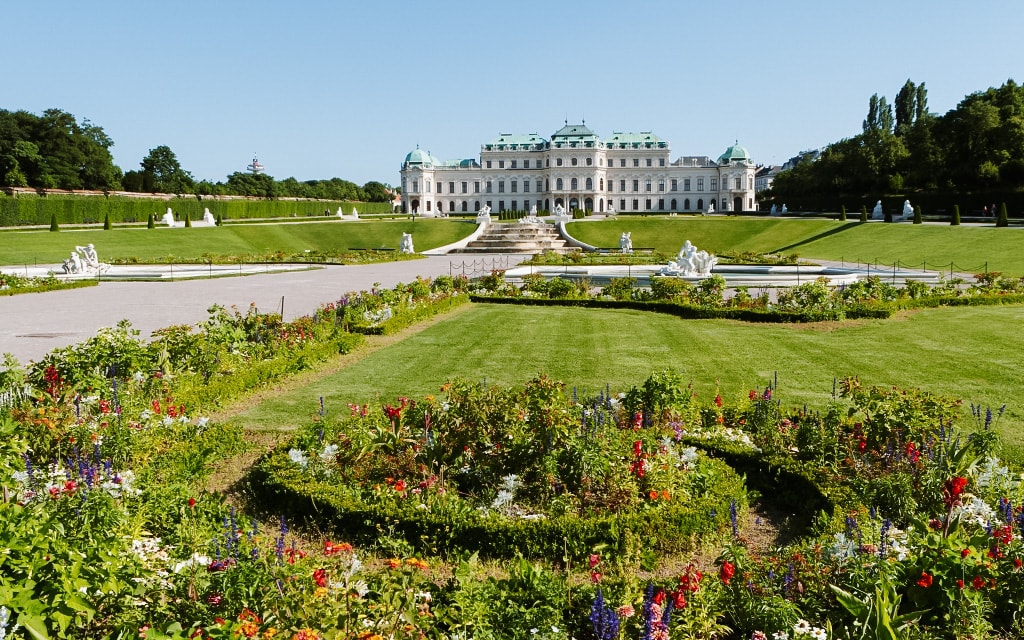
It consists of two palaces – the Upper Belvedere, which displays works from the Middle Ages to the present day (including the most famous painting The Kiss by Gustav Klimt), and the Lower Belvedere with other art and Baroque exhibits.
The photo above shows the Upper Belvedere and you can walk through the gardens to the Lower Belvedere.
Even if you’re not a fan of art, the palace is worth seeing for its richly decorated interiors (see photo below). The palace also includes the amazing Orangery, the Winter Palace and the palace stables.
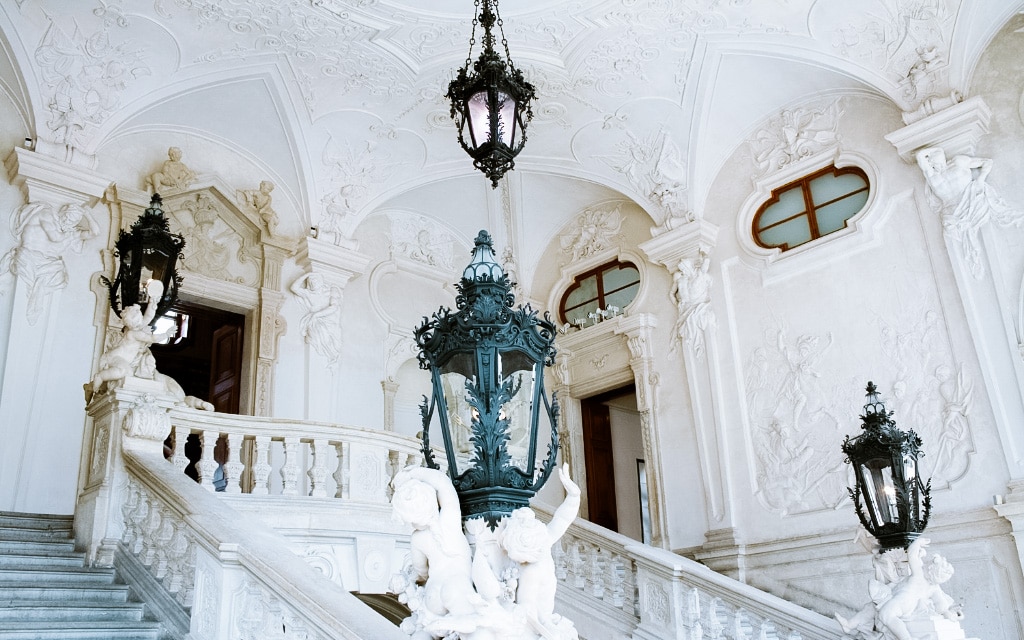
To make matters worse, the Belvedere 21 Museum, where Fritz Wotruba’s modern art is exhibited, is not far from here, surrounded by greenery.
Entrance fees and opening hours of Belvedere Palace
Admission fees vary depending on which museum you plan to visit. Admission to the Upper Belvedere is €16.70, to the Lower Belvedere €14.60 and to Belvedere 21 €9.30. Book your ticket to the Belvedere Palace here .
If you plan to visit both the Upper and Lower Belvedere, a combined ticket costs €24 and €26.10 for all three places.
Opening hours are the same for the Upper and Lower Belvedere – 9:00-18:00. Belvedere 21 is open from Tuesday to Sunday from 11:00-18:00 and on Thursdays until 21:00.
Belvedere Palace is included in the Vienna Pass.
8. St. Stephen’s Cathedral (Domkirche St. Stephan)
If you’re making an itinerary of things to do in Vienna, St Stephen’s Cathedral should definitely be at the top of it. The impressive Romanesque-Gothic church from the 13th century, with a magnificent roof that is bursting with colour and decorated with a mosaic of a double-headed eagle, the symbol of the Habsburg Empire.
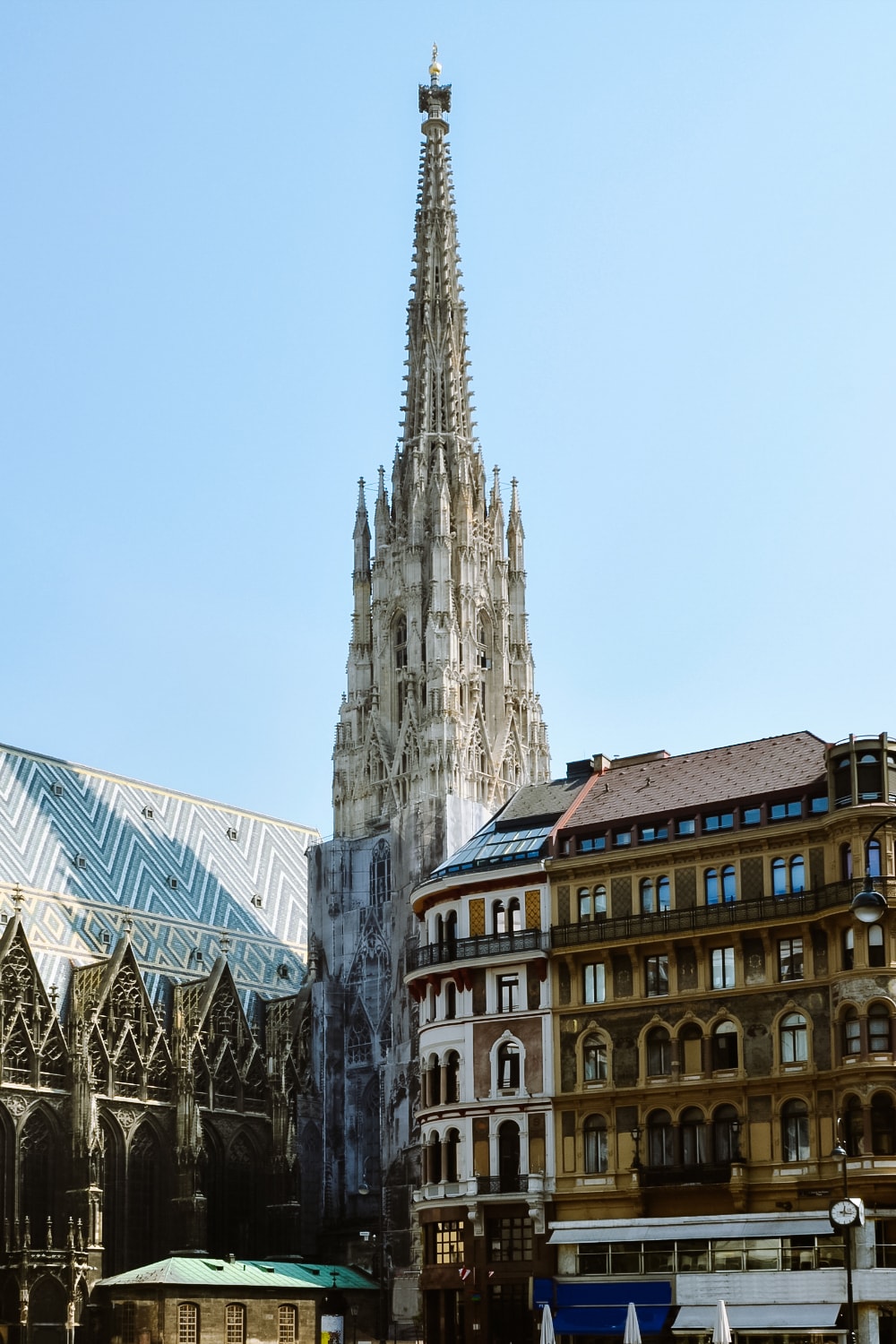
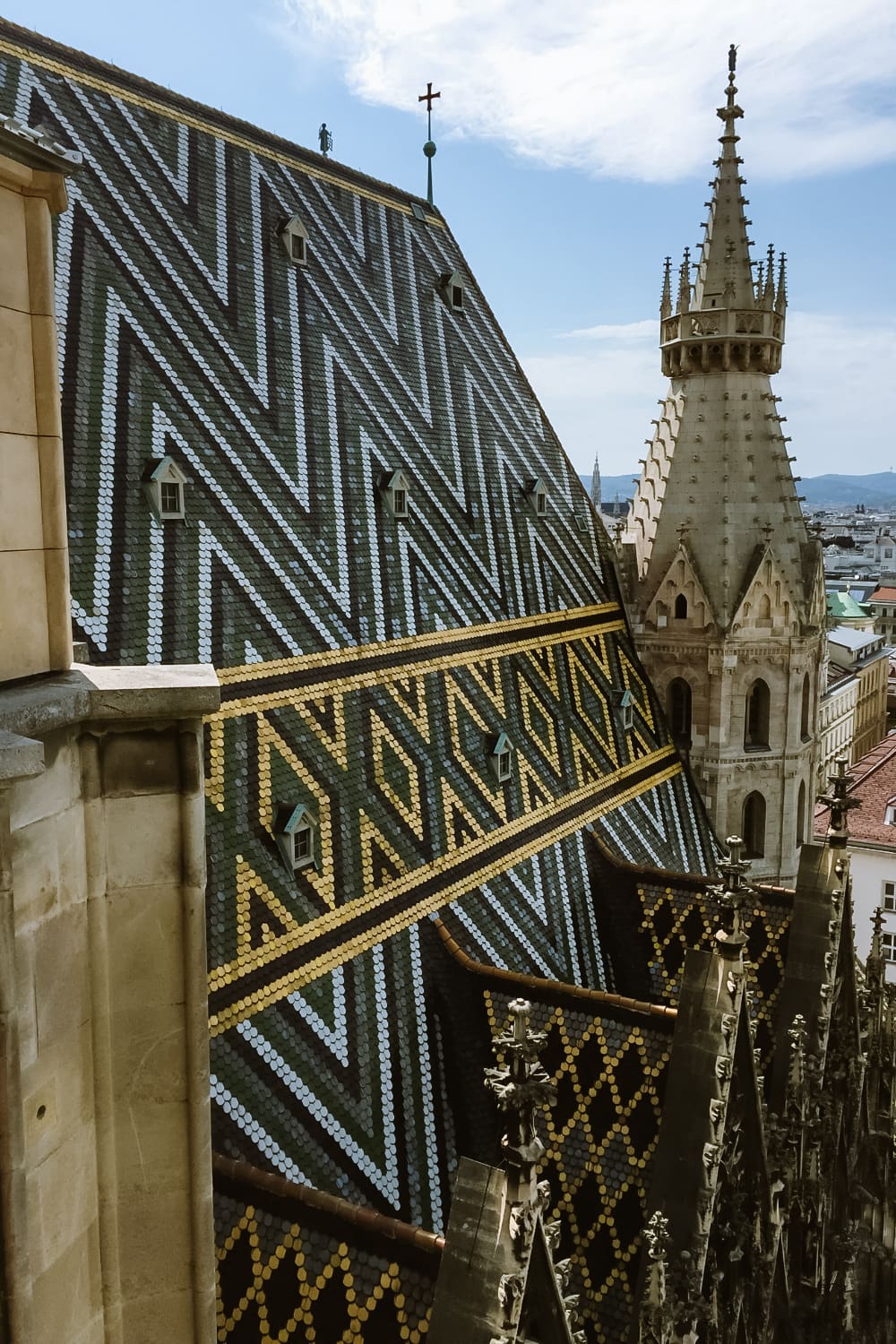
Admission and opening hours of the Cathedral of St. Stephen
Admission to Domkirche St. Stephan varies depending on what you plan to visit. If you just want to take a peek inside the cathedral, the entrance is free (or €7 with an audio guide). With a guide you can visit the catacombs, where admission is 7 €.
The cathedral is open for visits from Monday to Saturday from 9:00-11:30 and 13:00-16:30. On Sundays and public holidays it is open from 13:00-16:30. It is open for worship all day.
For one of the best views of Vienna, don’t miss the climb up one of the towers – the entrance to each of the towers can be found on the side of the cathedral.
Admission to the North Tower is €7 and a reduced price of €2.50 for children aged 6-14. The tower is open from April to December from 9:00-20:15 and the rest of the year from 9:00-17:30. You will be taken up in the lift.
Admission to the South Tower is lower (full €6.50, reduced €2), but on the other hand you have to climb over 300 steps. The South Tower is open 9:00-17:30.
Accommodation in Vienna 😴
9. Vienna State Opera (Wiener Staatsoper)
The Vienna State Opera is one of the most beautiful and largest theatres in the world. It has hosted many distinguished composers, conductors, soloists and dancers from around the world. Take a look at the current performance.
You can also visit the Vienna State Opera on a guided tour for €12.

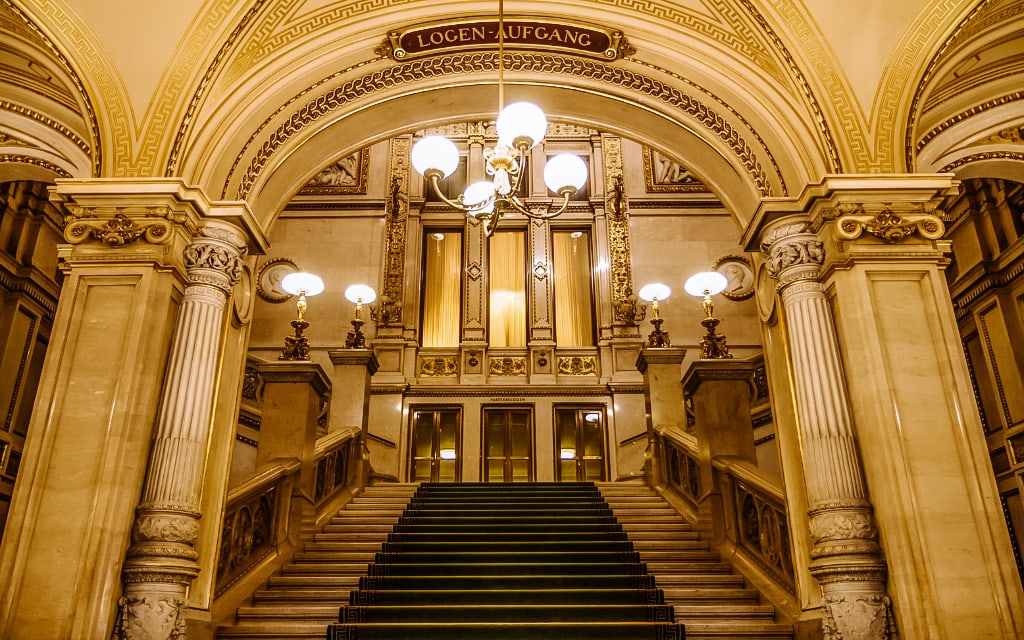
10. Vienna City Hall (Wiener Rathaus)
Vienna City Hall, the official seat of the Mayor of Vienna, is a neo-Gothic building from the late 19th century. It’s beautifully lit at night.
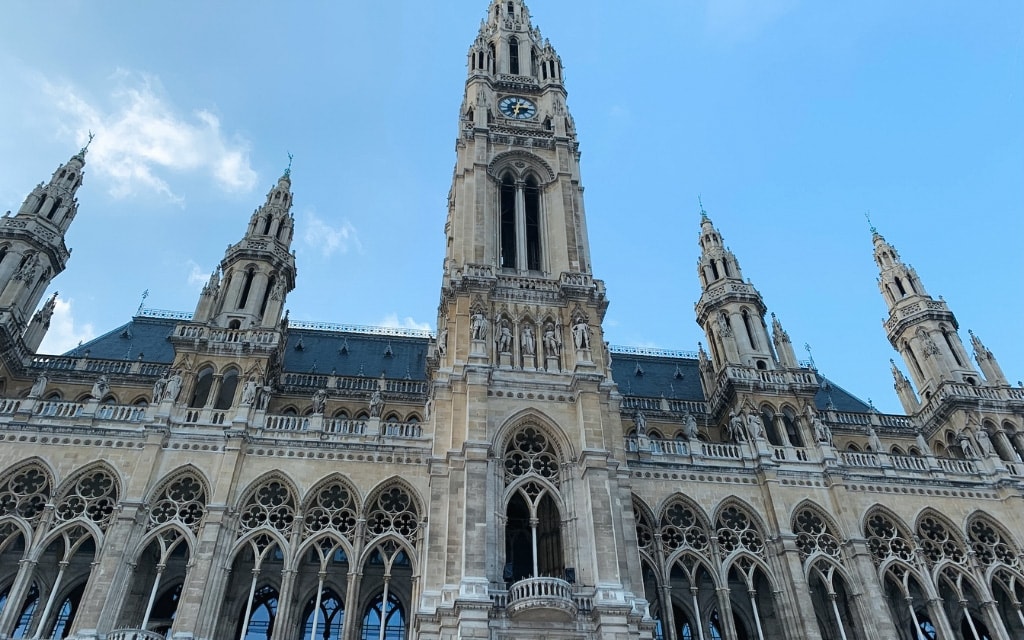
Votive Church (Votivkirche)
There are many beautiful churches in Vienna. One of the most beautiful is Votivkirche, which lies just off Rathausplatz. The Votivkirche is an impressive building in the Neo-Gothic style, which is beautifully decorated inside.
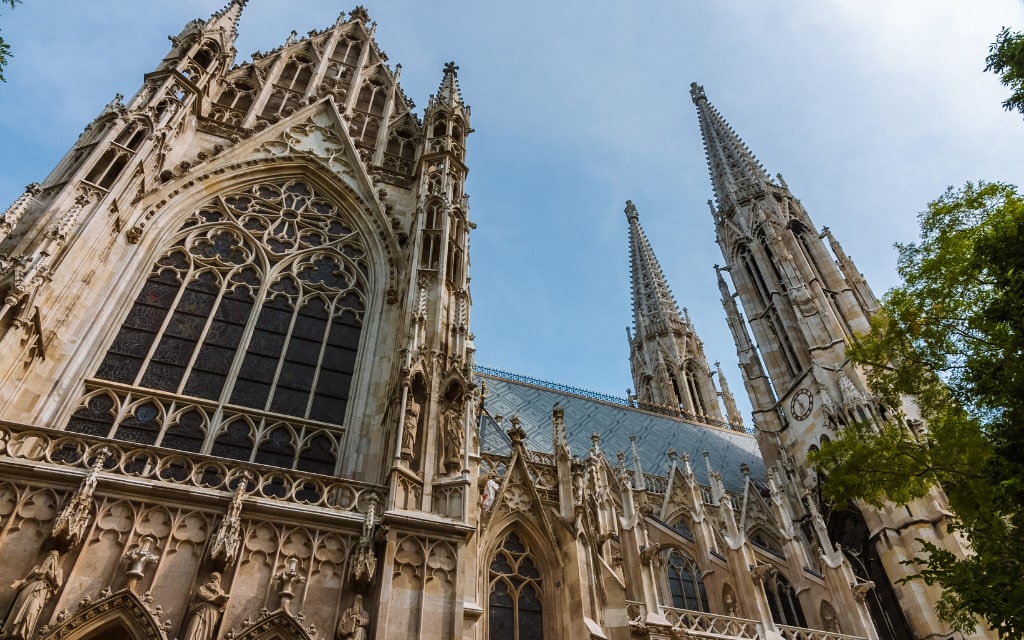
Behind the church is Sigmund Freud Park, where locals like to picnic.
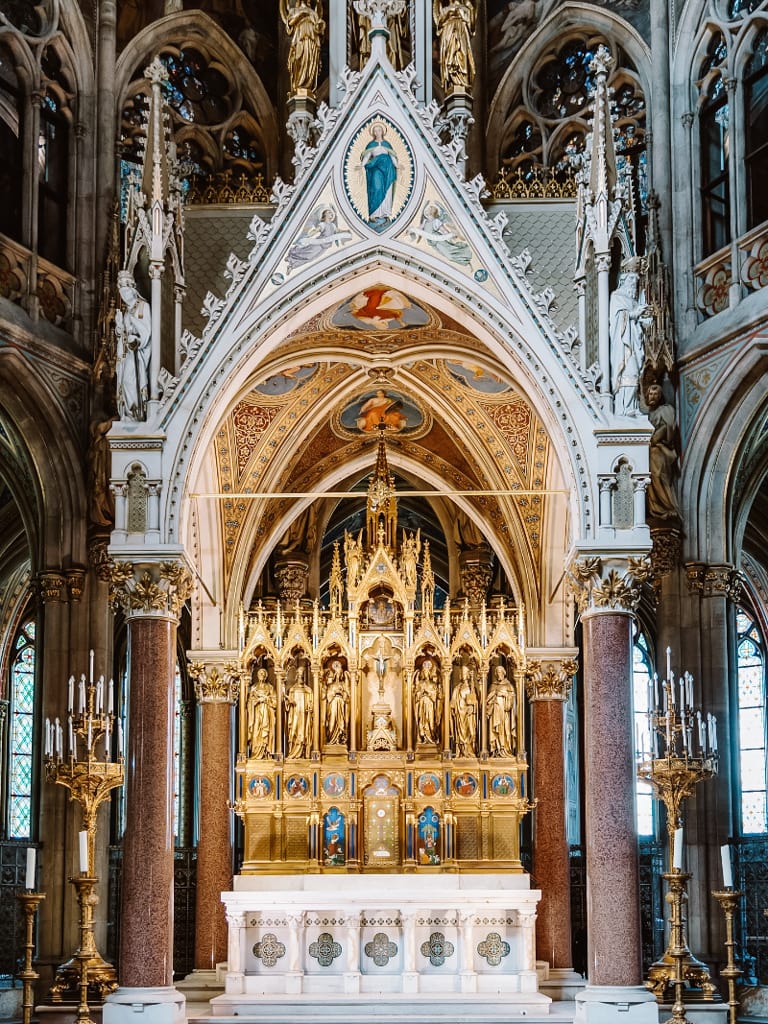
Admission to the Votivkirche is completely free (the local museum charges €8). It is open for worship all day.
11. Church of St. Charles of Bohemia (Karlskirche)
The Baroque Karlskirche is one of the most important churches and monuments in Vienna. The composer Vivaldi, in whose memory the church regularly holds concerts, was buried here.
Inside the church, you can see intricate frescoes, rich decoration, elaborate stuccoes and magnificent statues.
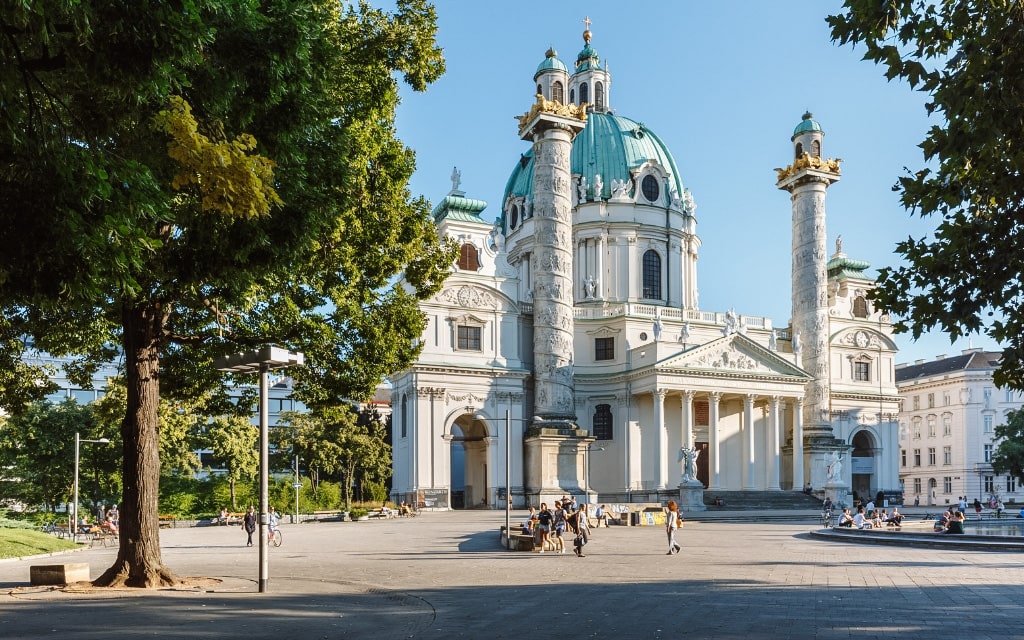
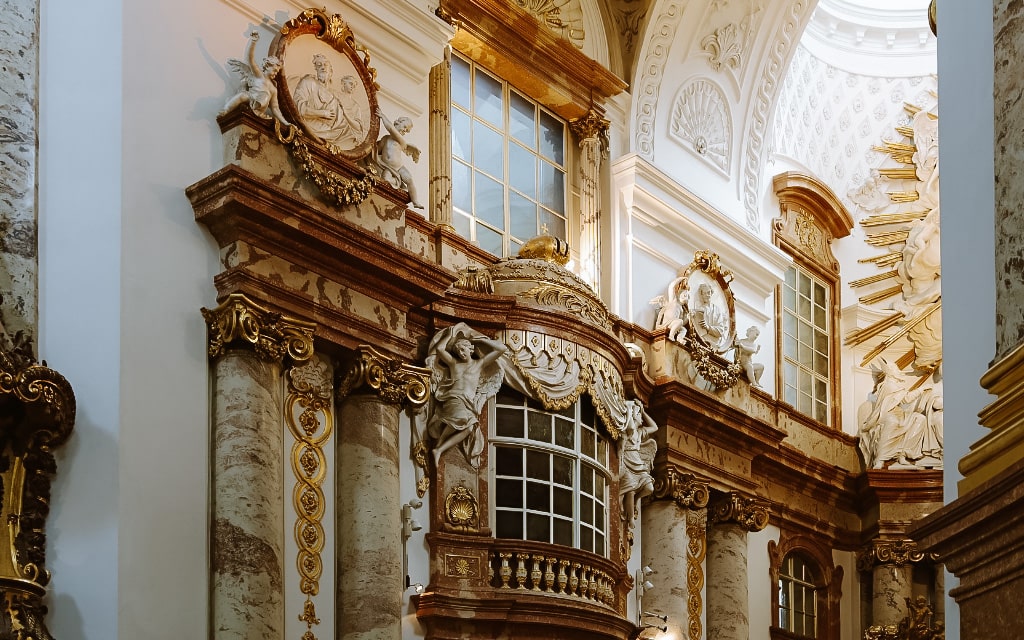
Admission to the Karlskirche is €9.50 and includes a lift ride to enjoy the view of the city.
The Karlskirche is open for worship from 9:00-19:00 daily, until 21:00 on Thursdays and until 20:00 on Sundays.
The church regularly hosts classical music concerts due to its excellent acoustics.
12. Volksgarten
Just a short walk from the Hofburg Palace are the beautiful Volksgarten gardens, full of colourful roses and beautiful buildings, including a neoclassical cathedral.
The gardens are free of charge. There are benches, shady spots and refreshments.
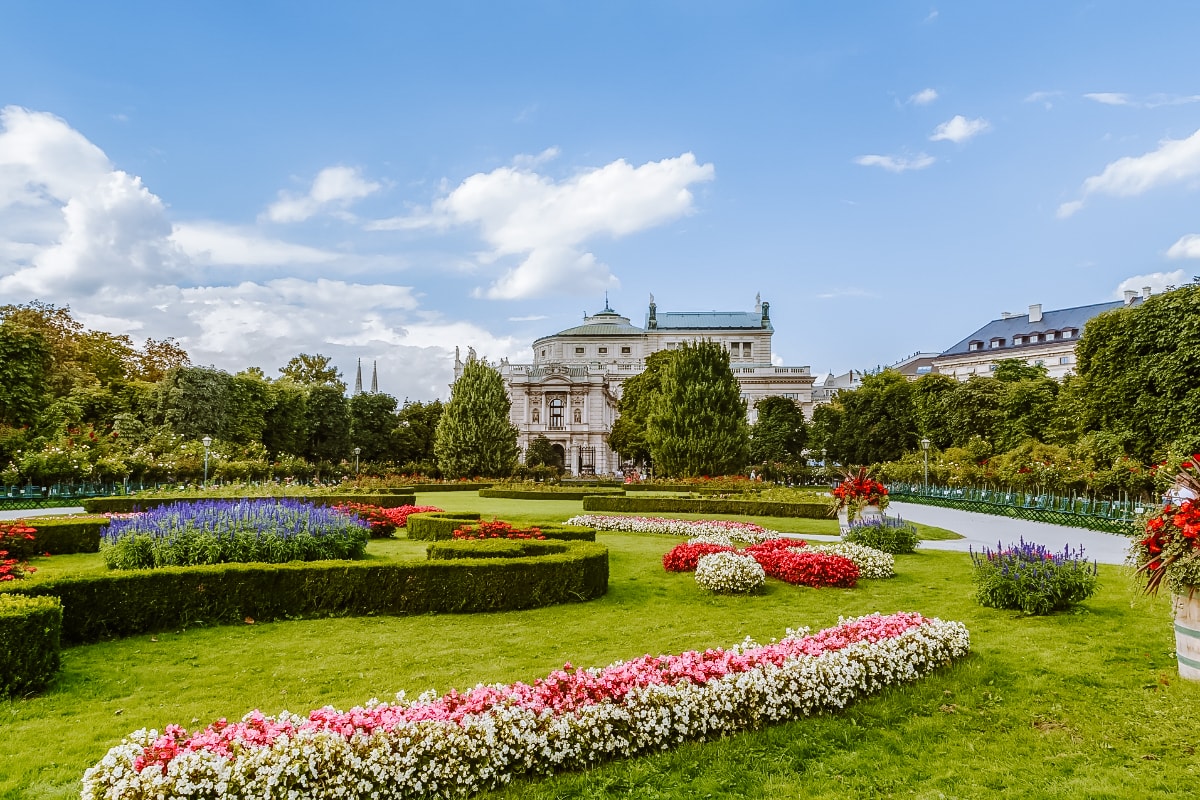
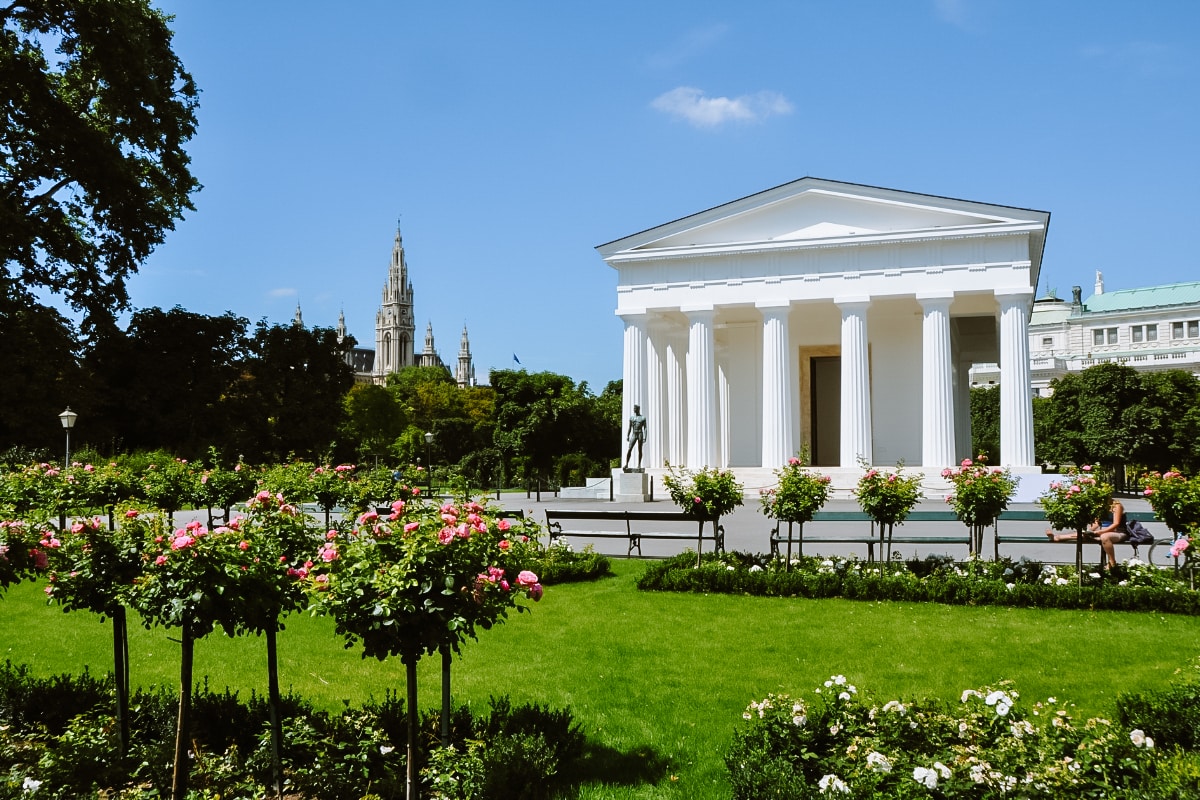
The Volksgarten is lined with some of the most beautiful buildings in Vienna, including the Hofburg Palace and the Burgtheater, one of the oldest and most important theatres in Europe. It was here that many performances by the world’s greatest artists, such as Goethe and Schiller, took place. The current performances can be found at this link.
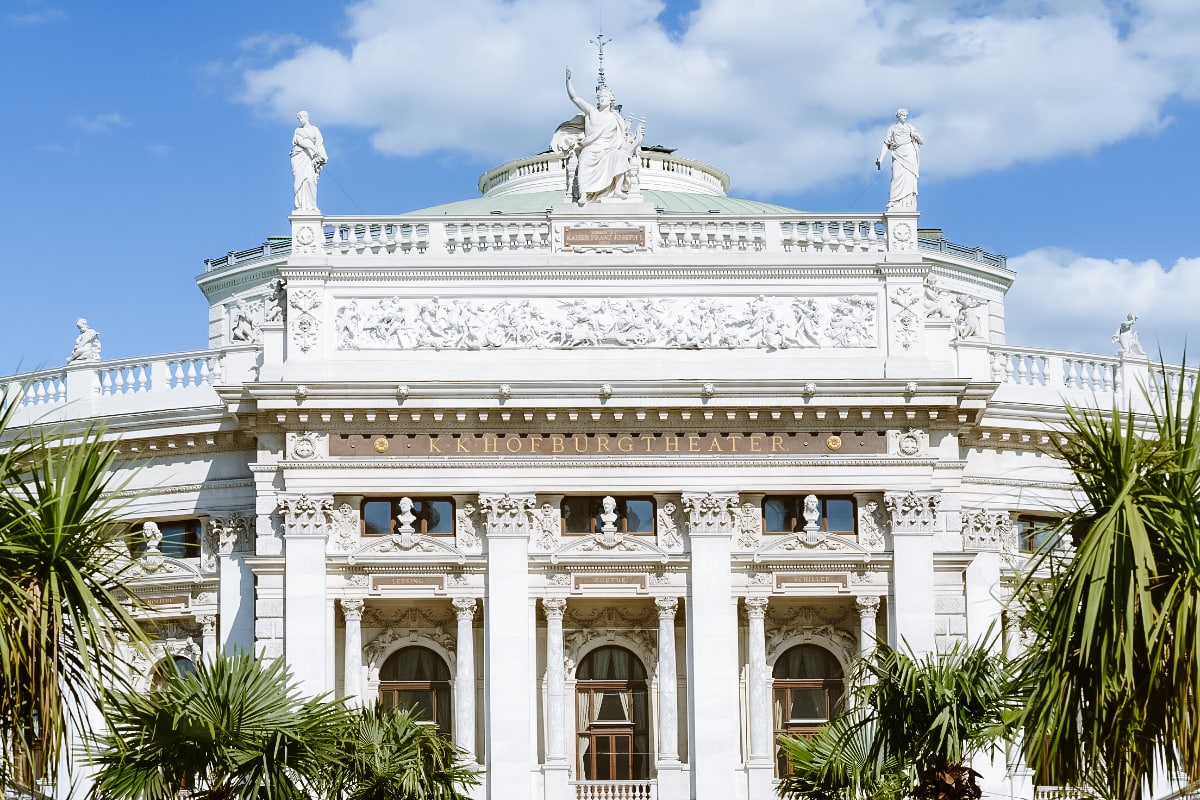
13. Graben
Graben is a historic shopping district in Vienna. It is often called the shopping centre of the monarchy, as it has existed for centuries and is home to many of the most famous stores in Europe, including Cartier and Louis Vuitton.
Sit in the garden of one of the cafés and watch the bustle of the centre. Or admire the magnificent plague column that dominates Graben.
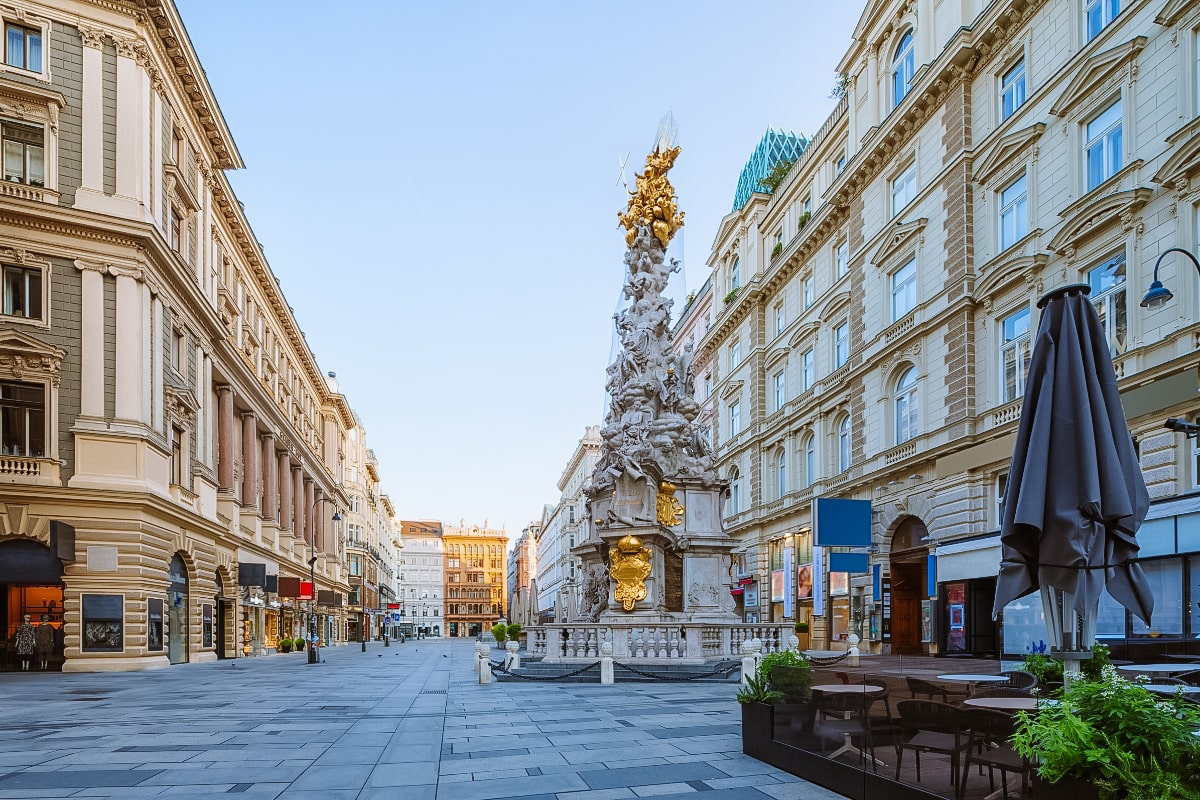
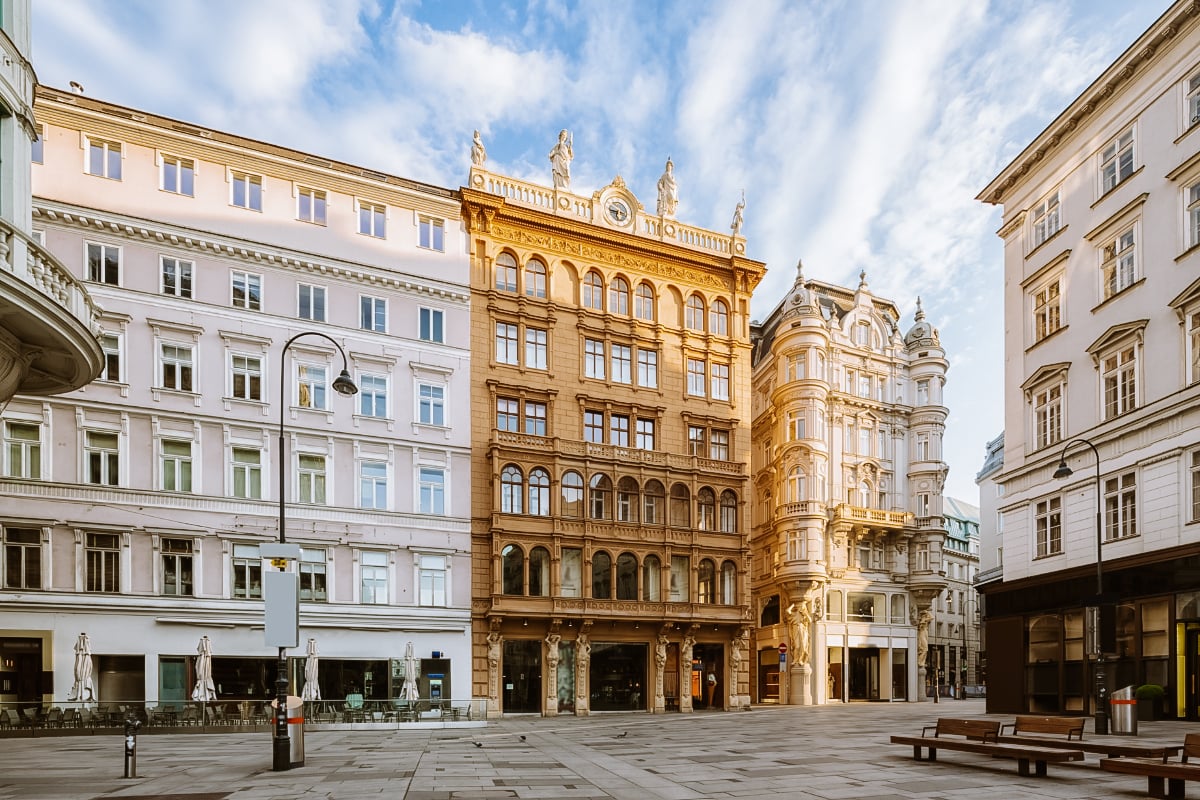
Take the small turn off the historic Graben to reach St Peter’s Church (Kirche St Peter). The church dates back to the 18th century and is one of the most beautiful Baroque churches in Vienna.
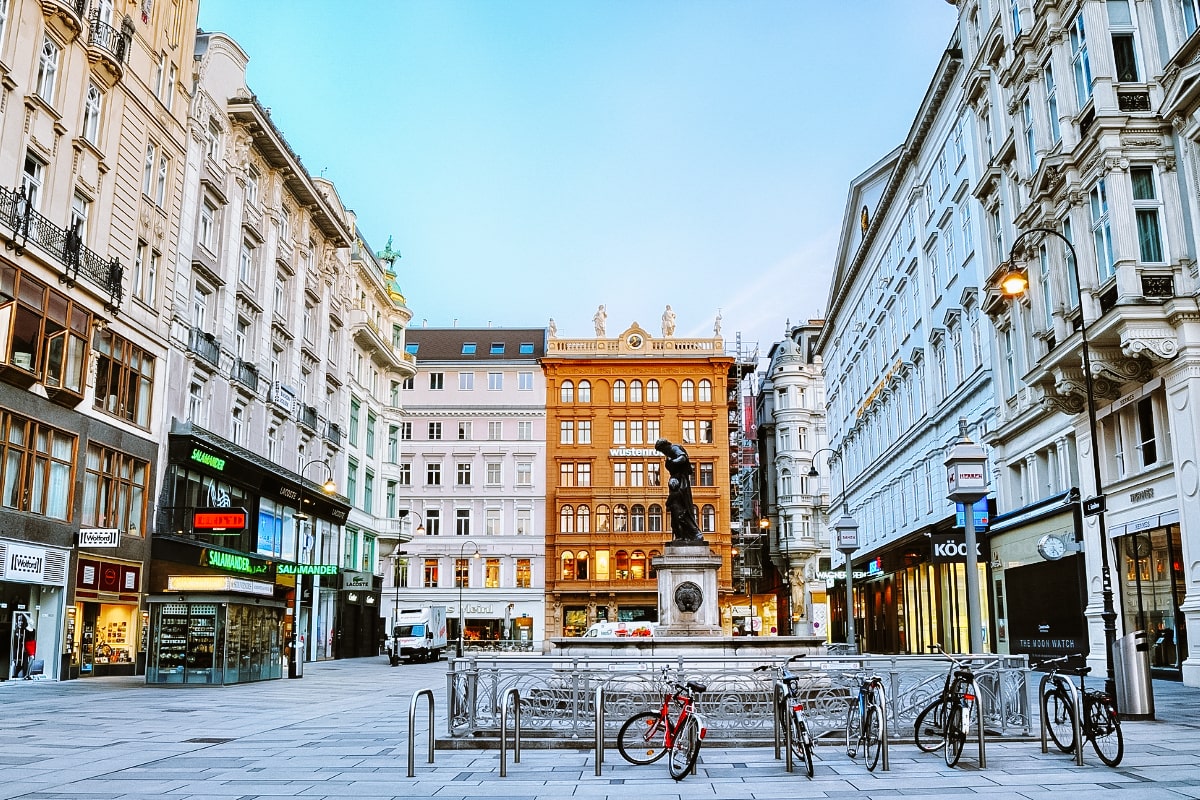
14. Ankeruhr
Ankeruhr is an old clock from the early 20s. century, which you will find at the back of the Hoher Markt in the city centre.
You can imagine the clock as a whole bridge on which 12 figures move (one every hour). At noon, the characters switch. From below the bridge is decorated with angels.
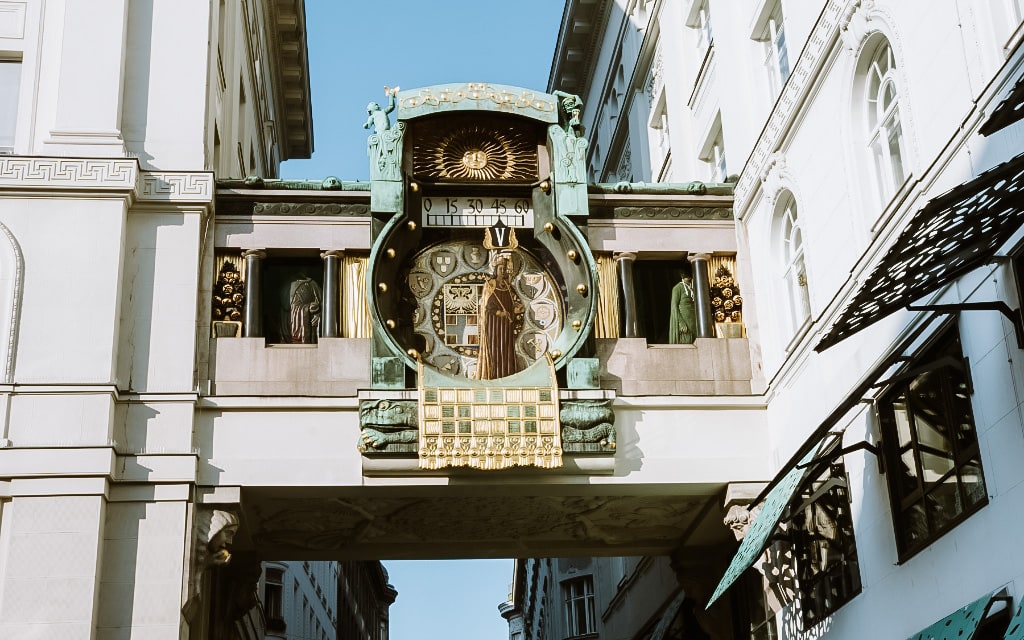
If you are visiting Vienna during Advent, Christmas carols will be played from the Ankeruhr every day at 5pm.
15. Danube Tower (Donauturm)
Donauturm in Vienna is one of Vienna’s most famous attractions. It stands on top of a hill overlooking the Danube, and thanks to its height of 252 metres, it offers one of the best views of Vienna.
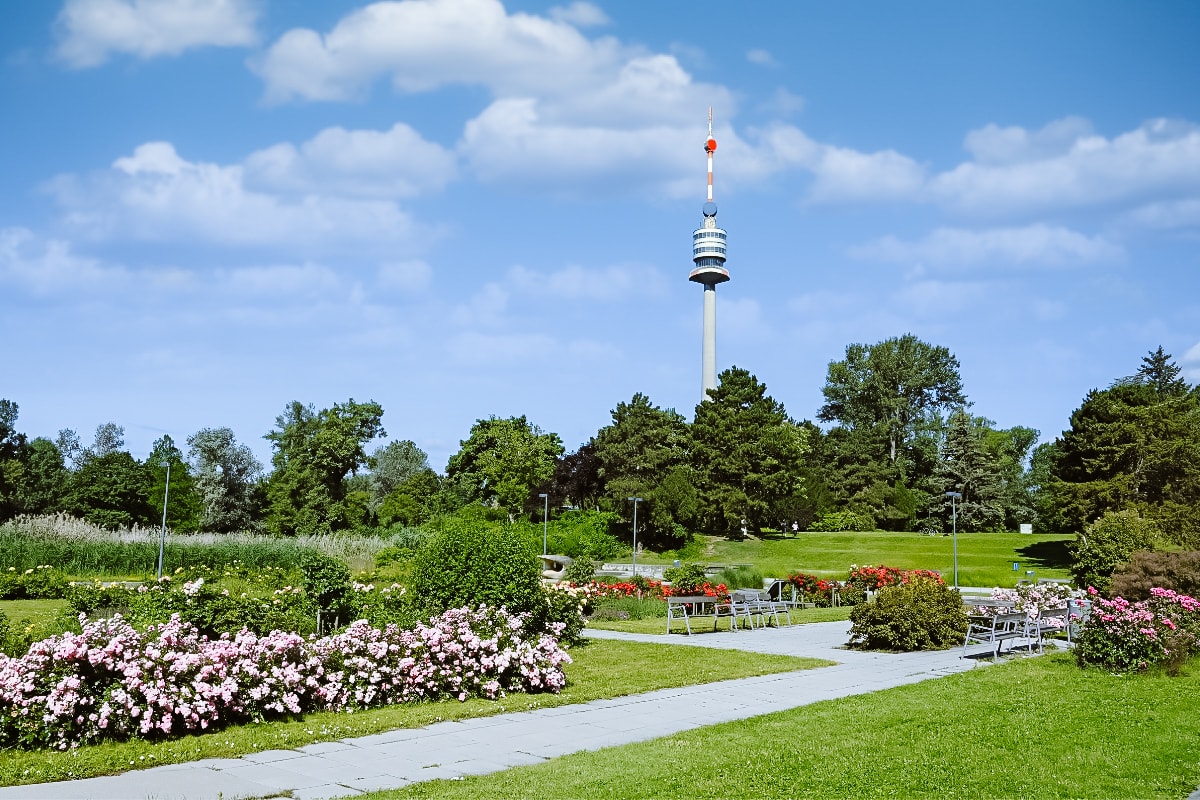
But that’s not all. There is also a rotating restaurant and bar at the top where you can watch the sunset with a drink in hand.
The Danube Tower is the heart of Donaupark, a large city park where you can spend hours strolling among the trees, in the gardens, with the children on the playground or riding the train.
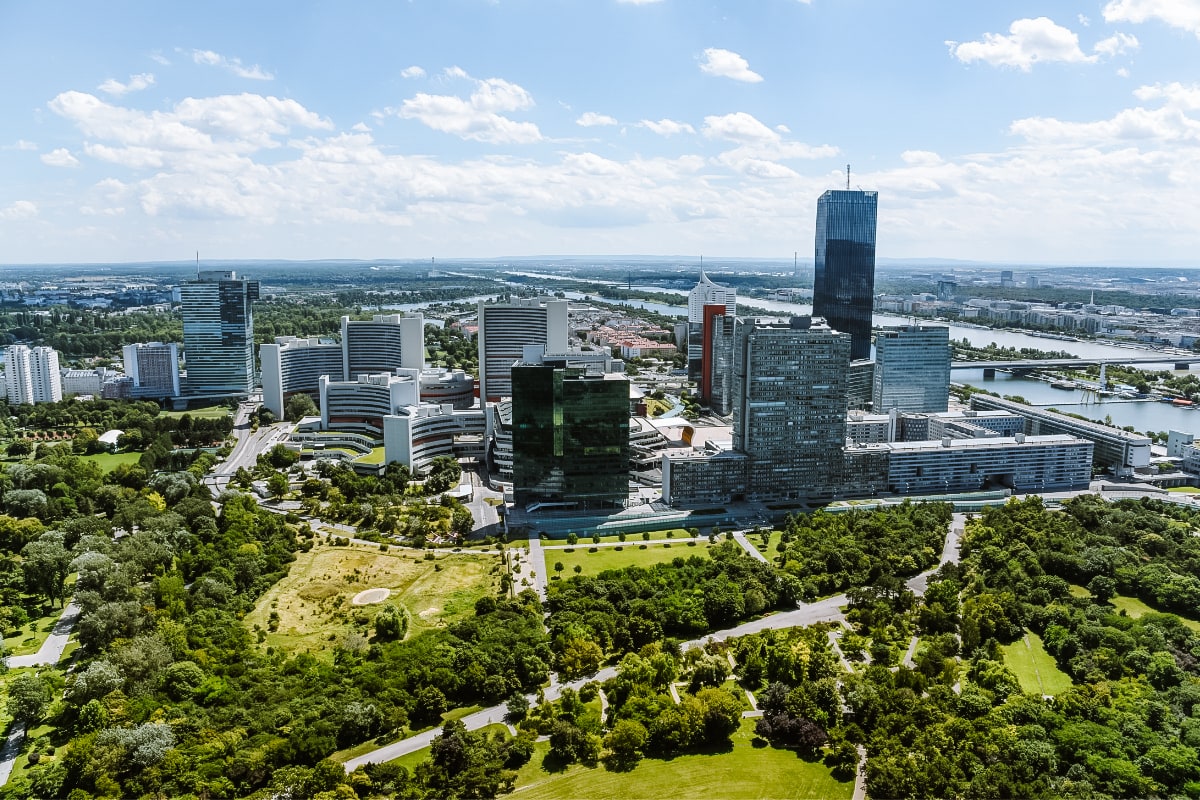
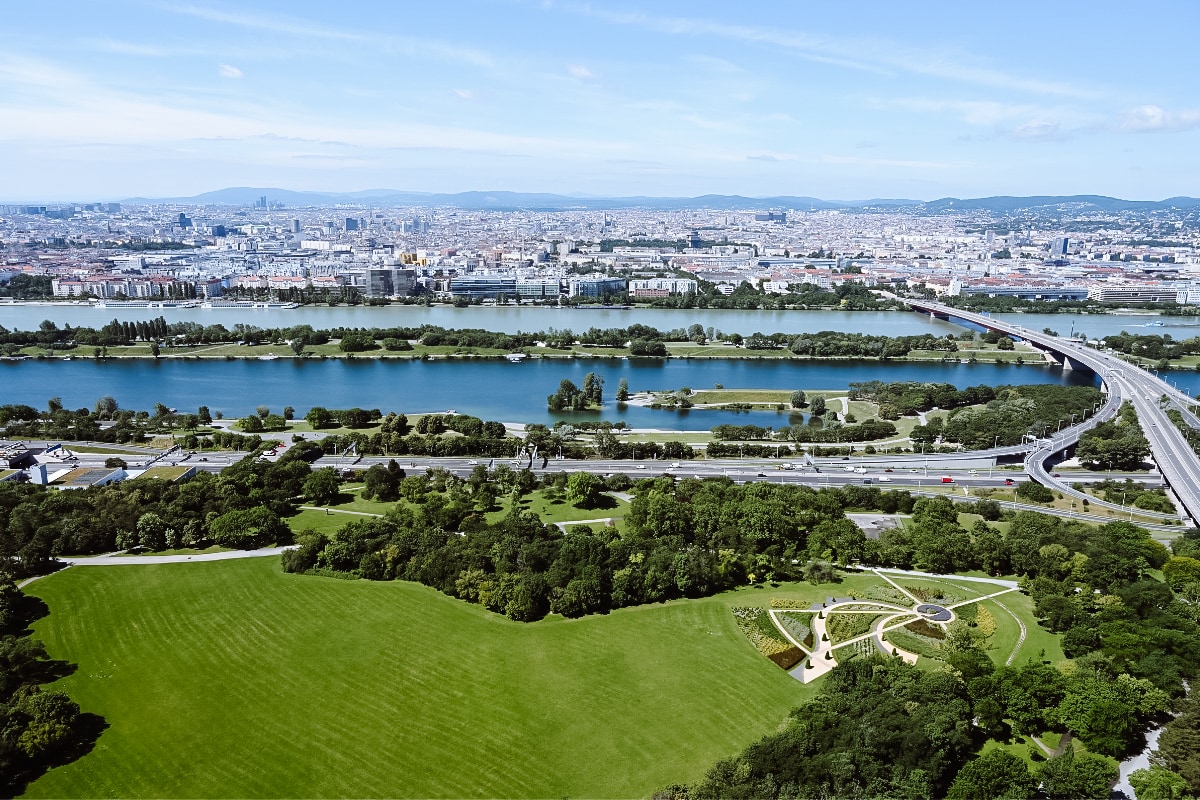
Admission to the observation tower (including the express lift) is €18, reduced €14.40 (over 65, students under 27 and young people 15-19), reduced €10.80 for children 6-14 and reduced €5.40 for children 3-5. Click here to book tickets with skip the line.
Donauturm is open daily from 10:00-22:30 (last entry at 21:45). The Danube Tower is part of the Vienna Pass.
Accommodation in Vienna 😴
16. Prater Park and the Giant Wheel in Vienna
Prater is a popular destination for locals and tourists. It is a large amusement park where you can enjoy a lot of adrenaline and fun. Prater Park is located near the centre of Vienna in the Leopoldstadt district.
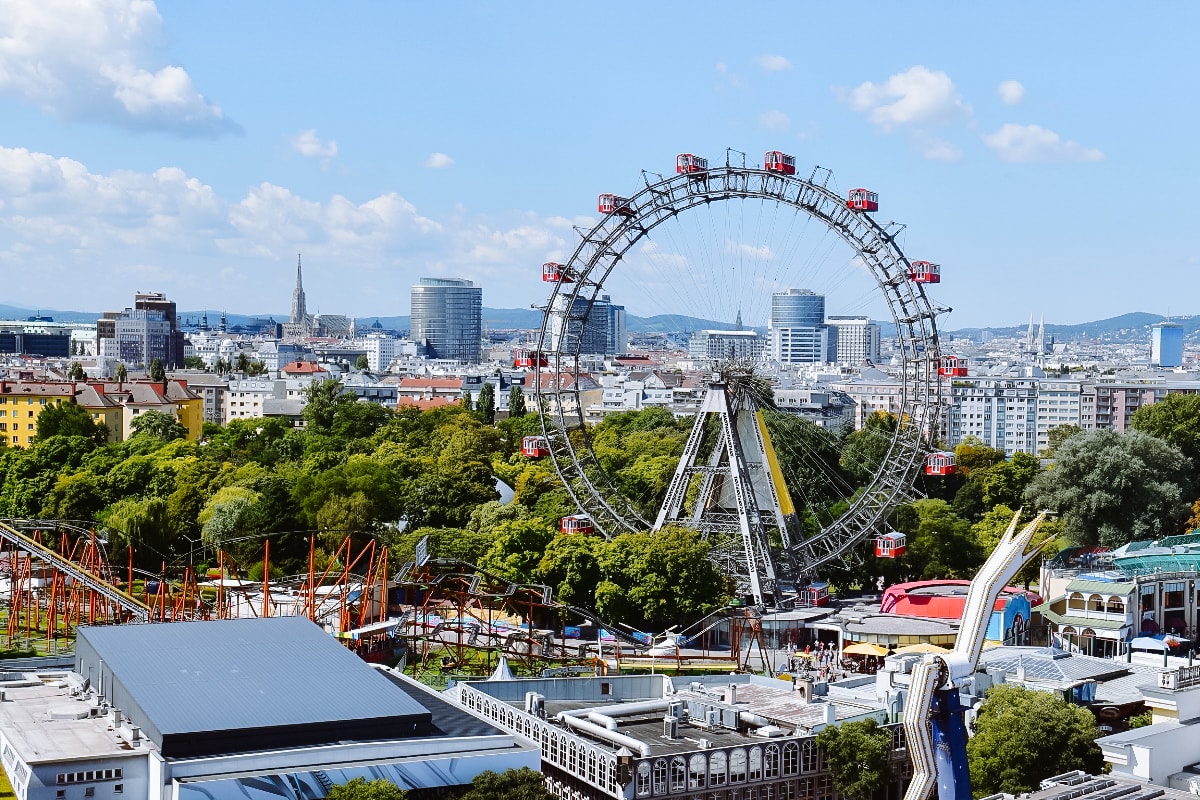
Unlike other amusement parks, you don’t have to pay an entrance fee to get in – you have to pay separately for each attraction. And the choice is wide – there are more than 250 attractions here.
But the best attraction is definitely the Wiener Riesenrad (Giant Wheel), which is the oldest Ferris wheel in the world. It may not be as big as the Ferris wheel in Dubai, but it has a great atmosphere thanks to the historic wooden booths. Skip the line and book your ticket in advance.
The Prater Park is freely accessible all year round. However, most traction stations are closed during the winter season from November to mid-March. This does not apply to the Giant Wheel, which is open all year round.
The Giant Wheel is part of the Vienna Pass.
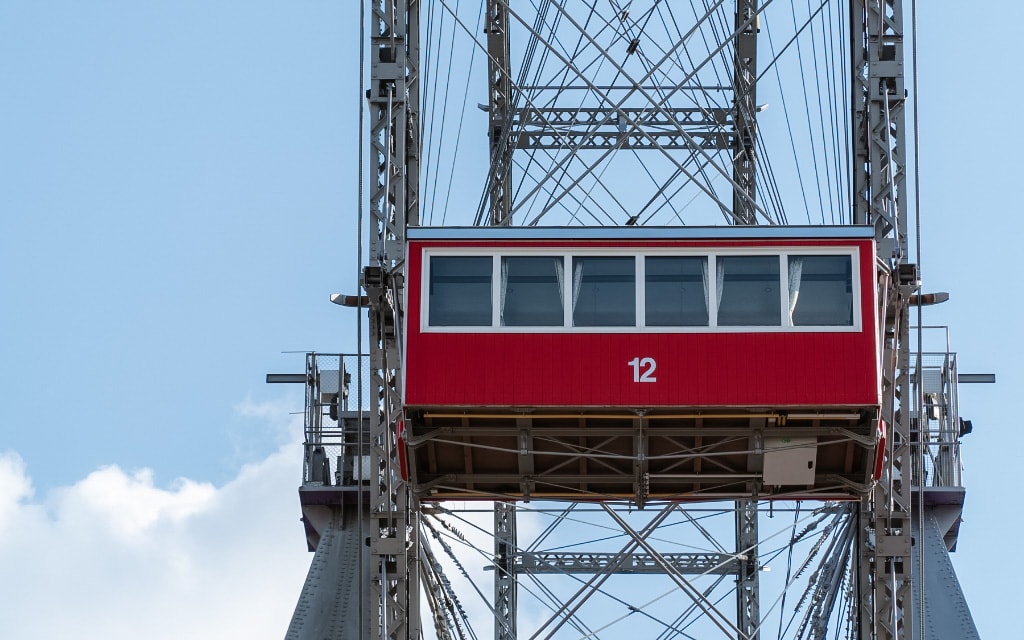
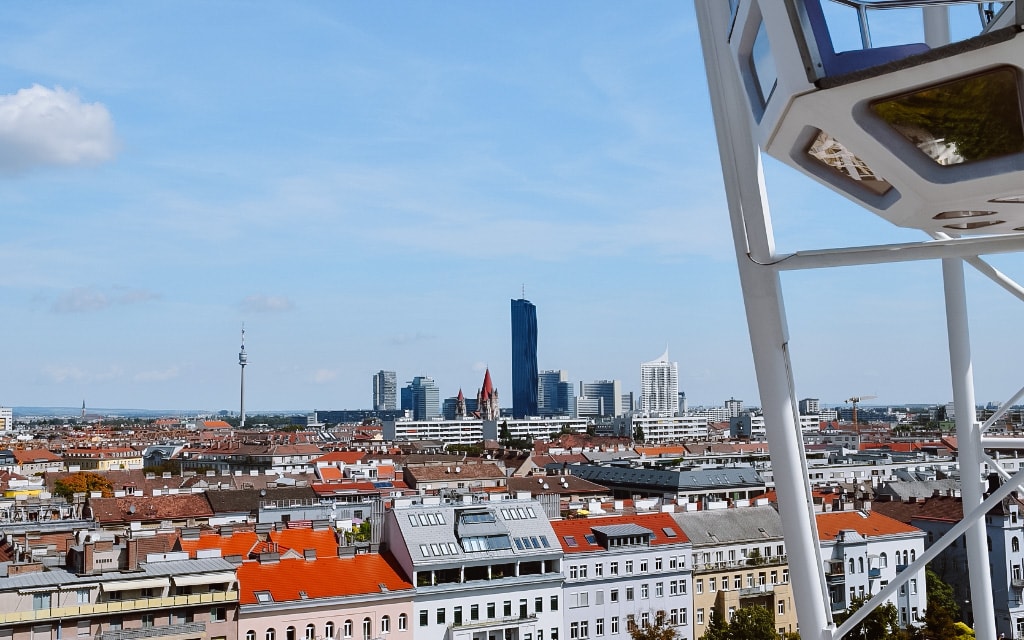
17. Capuchin Crypt in Vienna
The Capuchin Crypt or the Imperial Tomb serves as a burial place for 146 monarchs and members of the Habsburg and Habsburg-Lorraine dynasties. The crypt can be found directly under the Capuchin church, which stands out among the splendid Viennese houses with its simple appearance.

Admission to the Capuchin Crypt in Vienna is €8.50 (reduced €7.50) and €5 for children under 18. It is open daily from 10:00-18:00. Tickets can be booked here .
18. Heating plant in Spittelau
Do you like unusual architecture? You can find one of these in Vienna. One example is the heating plant in the Spittelau district (Müllverbrennungsanlage Spittelau – Hundertwasser).
A unique building and the work of the famous architect Hundertwasser, which was created at the instigation of the former mayor of the city. The building is a compromise between industry and ecology and inspired by the Japanese thermal power plant in Osaka.
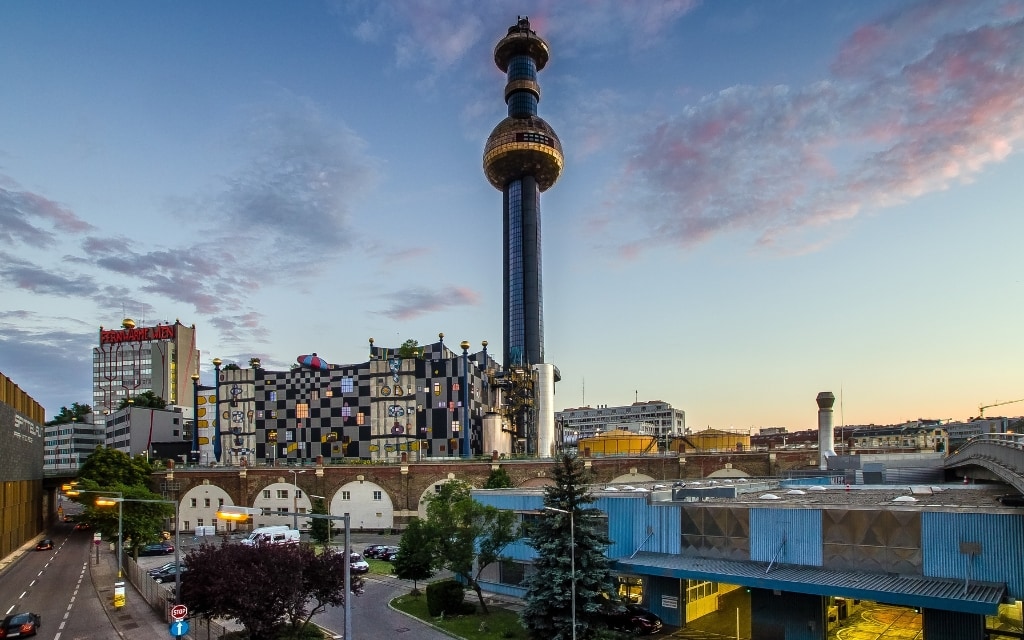
19. Vienna Gasometer (Wiener Gasometer)
The Wiener Gasometer consists of four circular former gasworks buildings that have been converted into a business centre, office space and a ballroom.
If you like unusual architecture and want to see the atypical face of Vienna, make sure you come here (they are building the metro right in the gasworks).
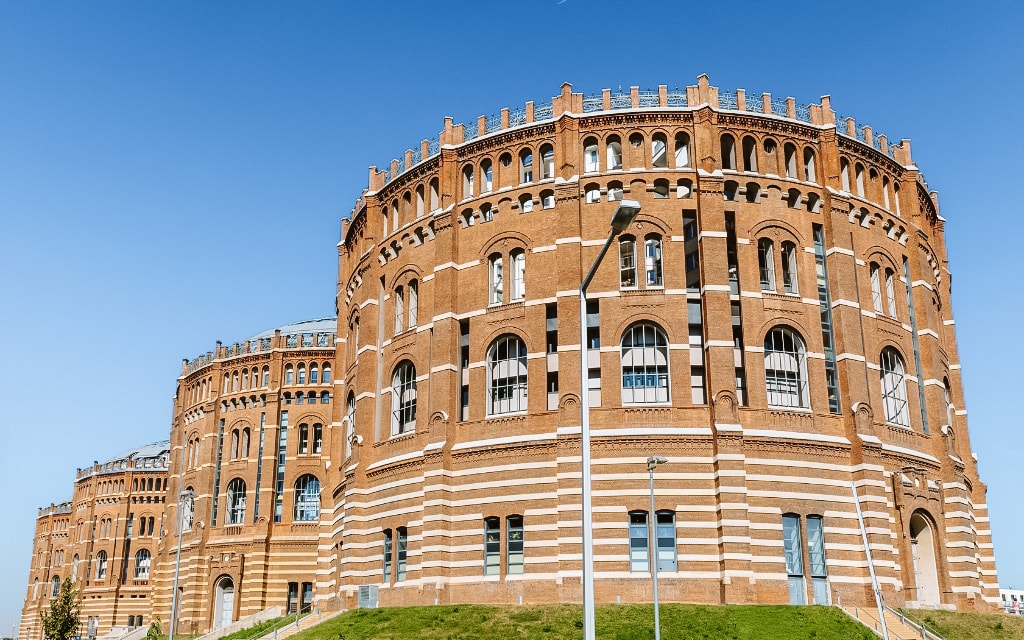
20. Augarten
Augarten is the oldest garden in Vienna. And not just any garden. Its dominant feature is not the local palace, but two 50-metre anti-aircraft towers that have stood here since the Second World War.
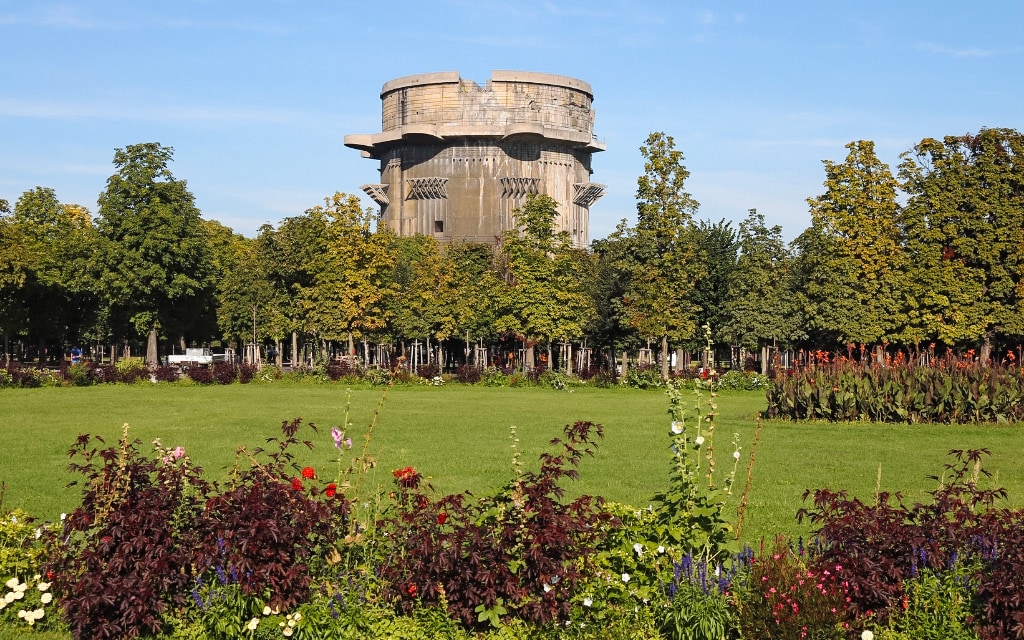
21. Donau City
In contrast to traditional and elegant Vienna is Donau City – an ultra-modern development adjacent to Donaupark and the Danube Tower. A stroll through the district is a nice change from the historical monuments, where you can enjoy a showcase of interesting architecture.
The quarter is not large, there are green areas and seating areas. Moreover, it is just a short walk from the Danube promenade.
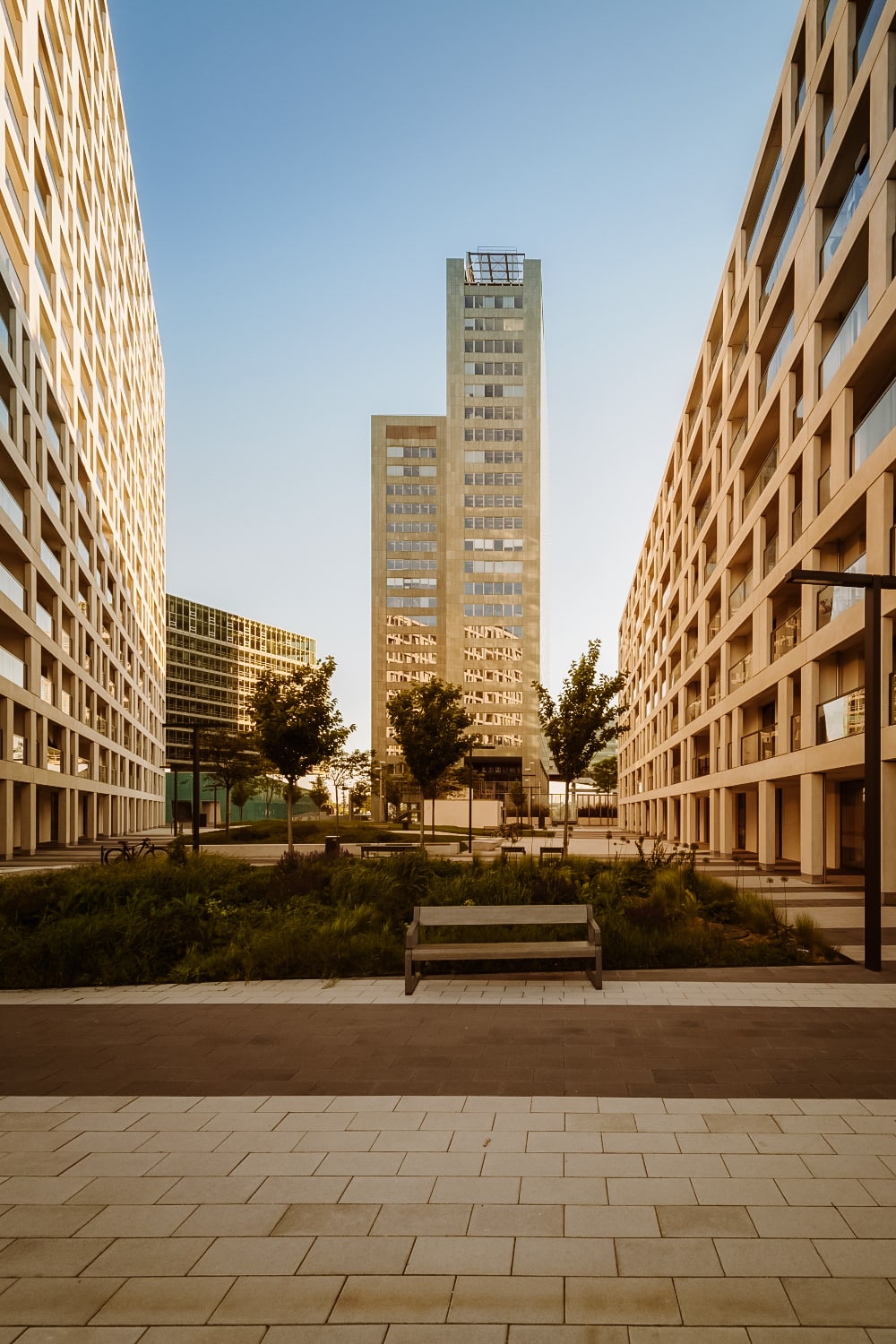
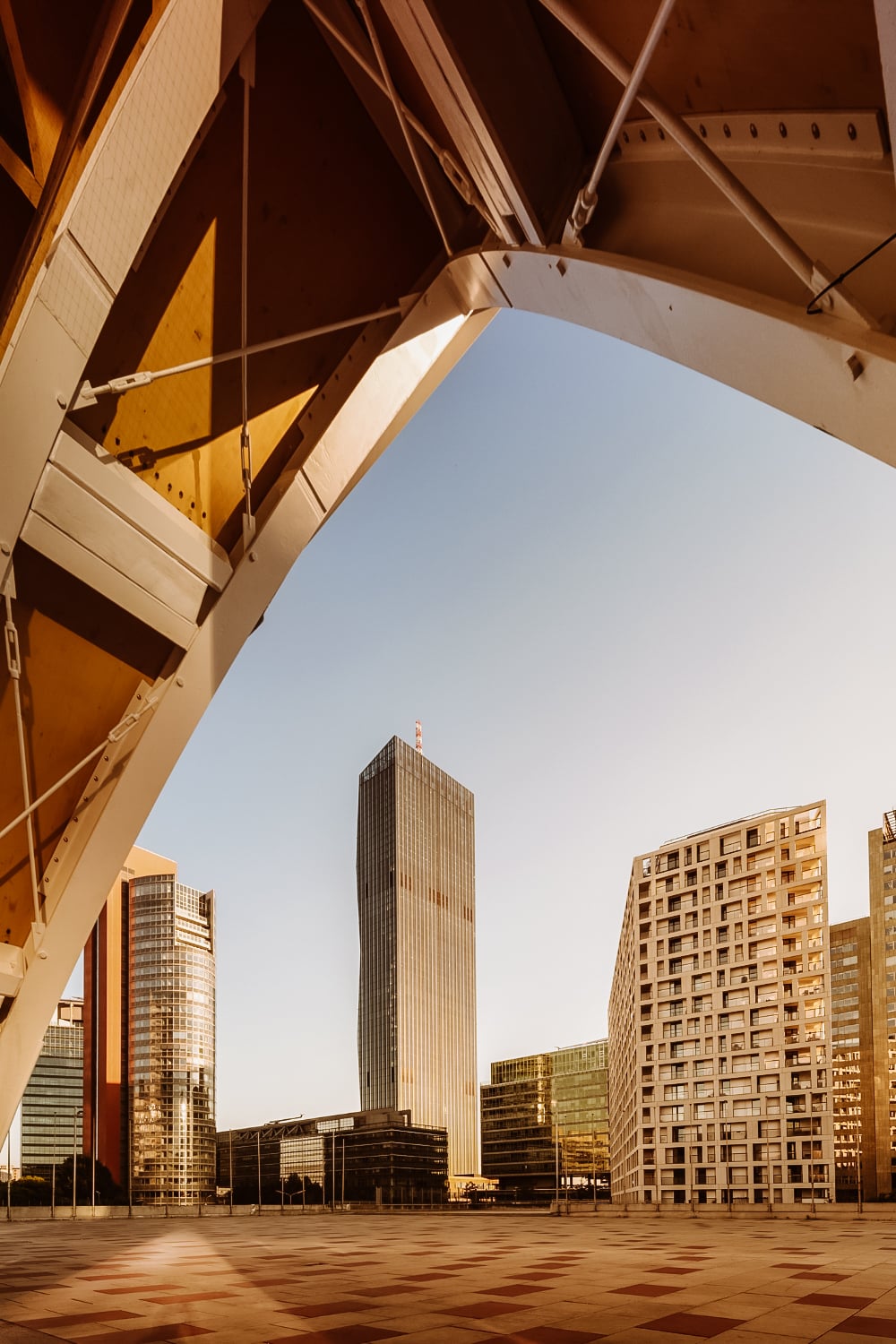
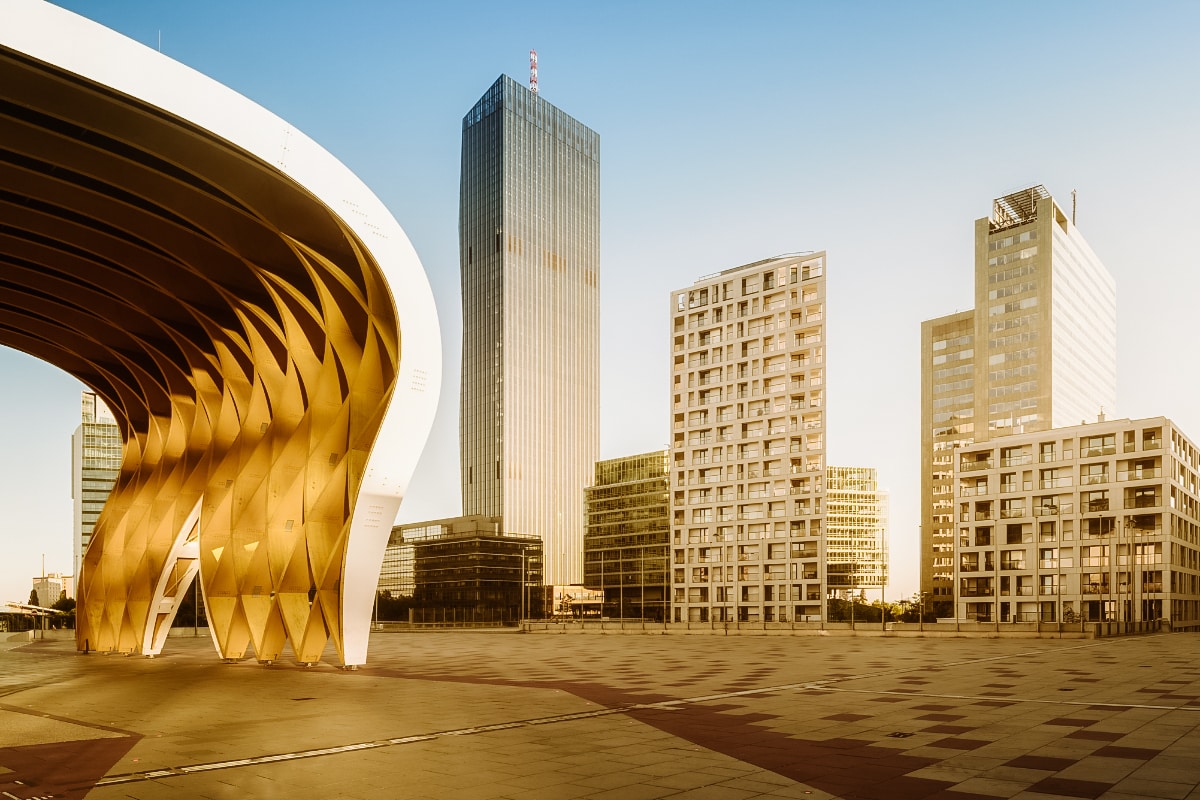
22. Danube Island
Danube Island is a man-made island on the Danube River that is a great place to relax. When you want to take a break from the sights, come here. Maybe just a bike ride or a picnic in the grass.
The island is connected by a pedestrian bridge to the Danube promenade, where there is a sandy beach, bars and activities for children.
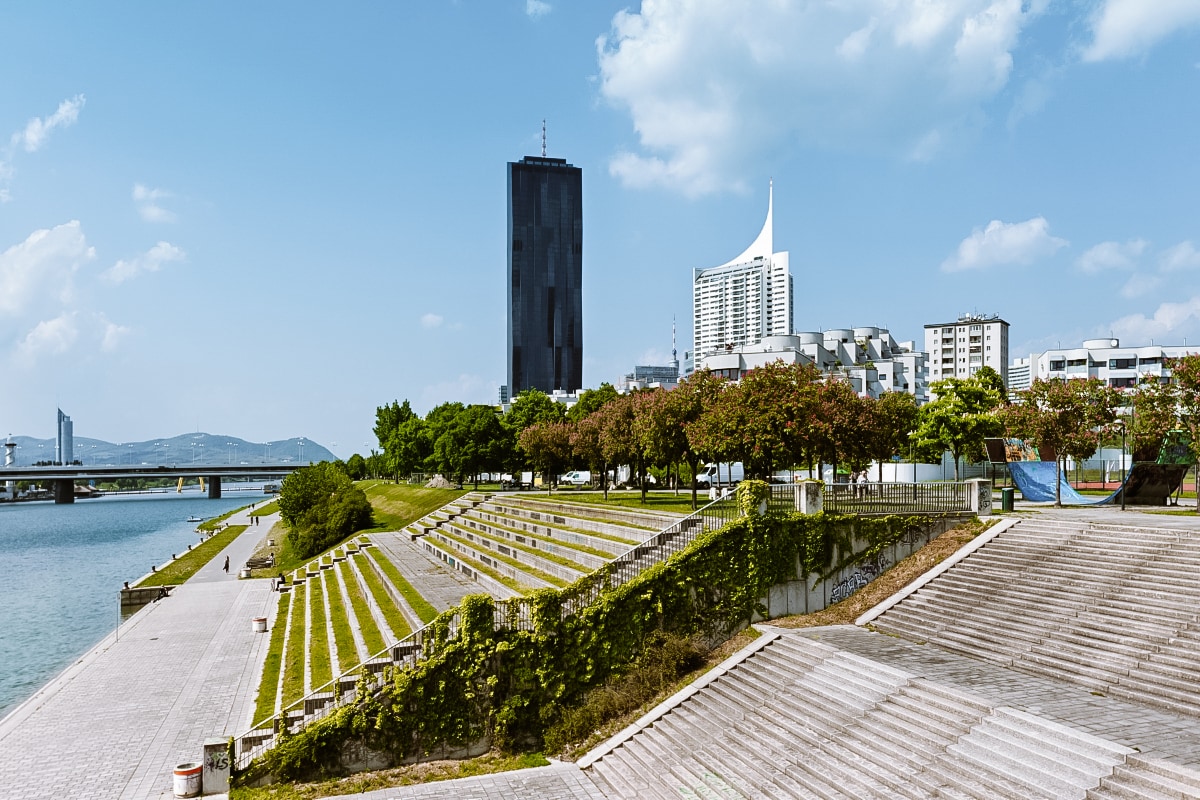
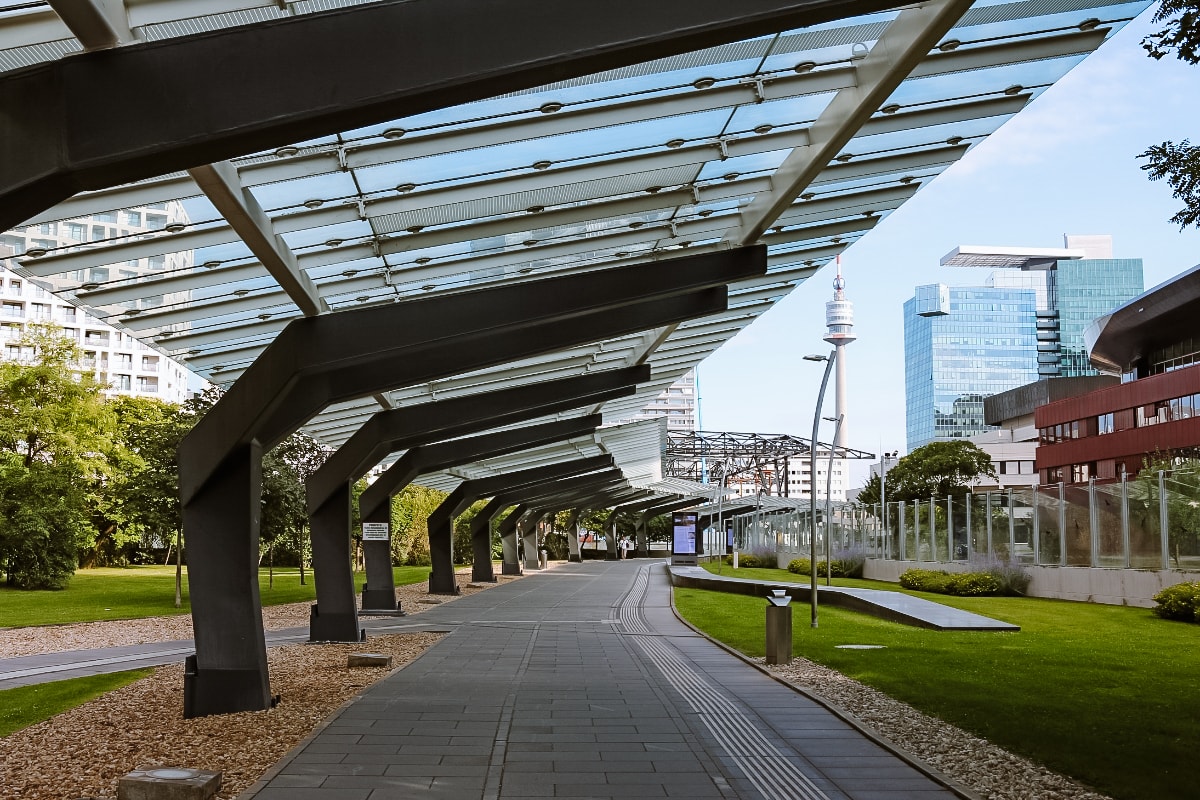
23. Naschmarkt
Naschmarkt is one of the best places in Vienna to eat. In one place you can taste traditional Austrian dishes and world delicacies. In addition, you can buy fresh vegetables, fruit and other products from local farmers.
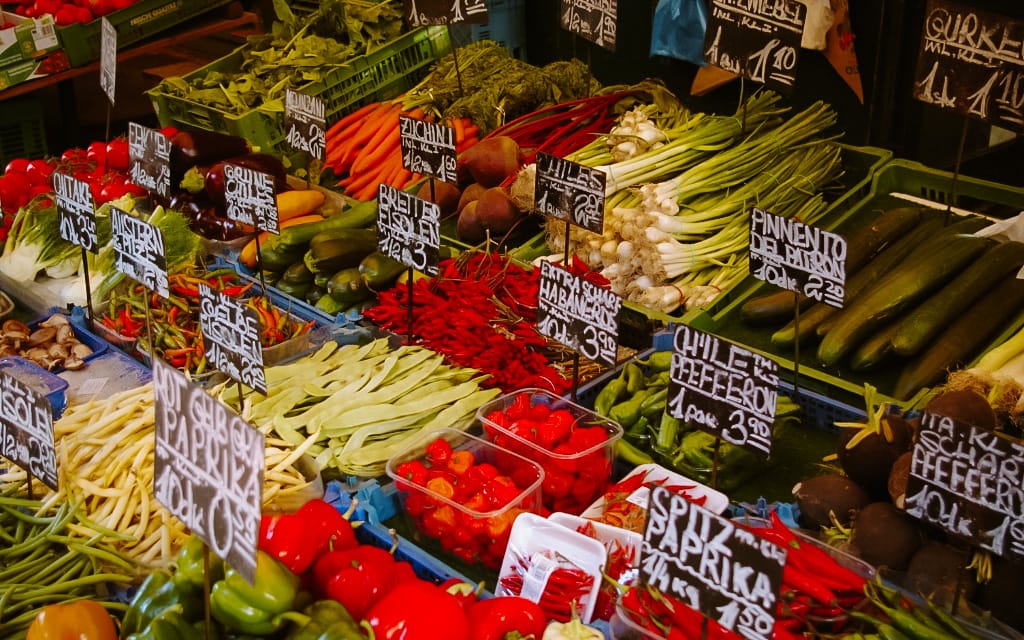
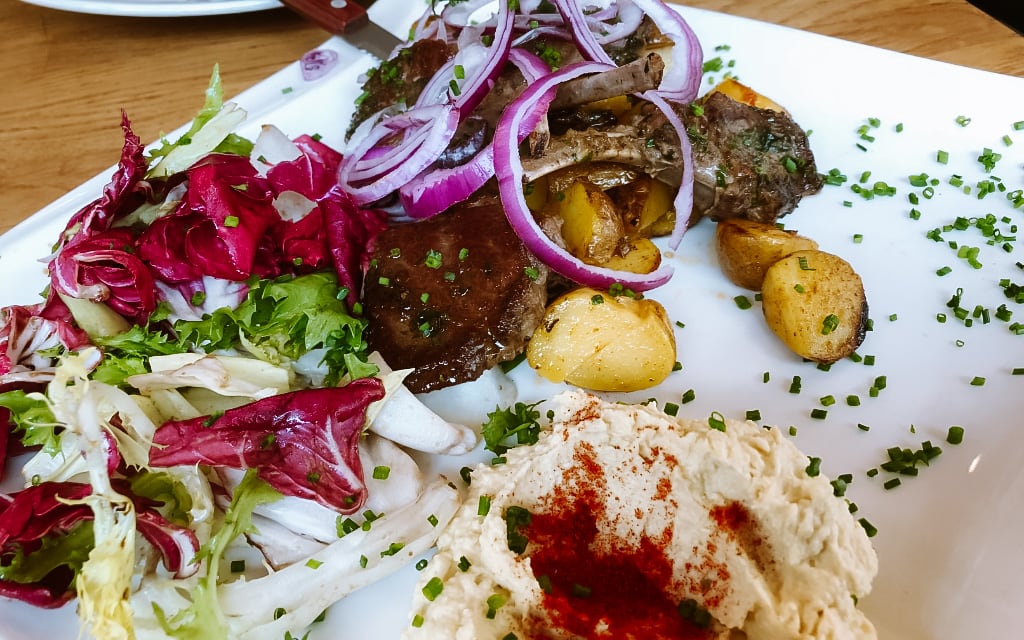
Naschmarkt is a quarter of an hour from the city centre. Open Monday to Friday 6:00-21:00 and Saturday 6:00-18:00. Closed on Sundays.
24. Art History Museum (Kunsthistorisches Museum)
The Kunsthistorisches Museum in Vienna is one of the world’s largest art museums. It contains an incredible collection of artworks, including works by Rembrandt, Caravaggio and Rubens, as well as many classical sculptures and frescoes.
The museum building itself is also worth seeing – with its Renaissance façade, which hides a richly decorated interior with stucco, gold, marble and murals.
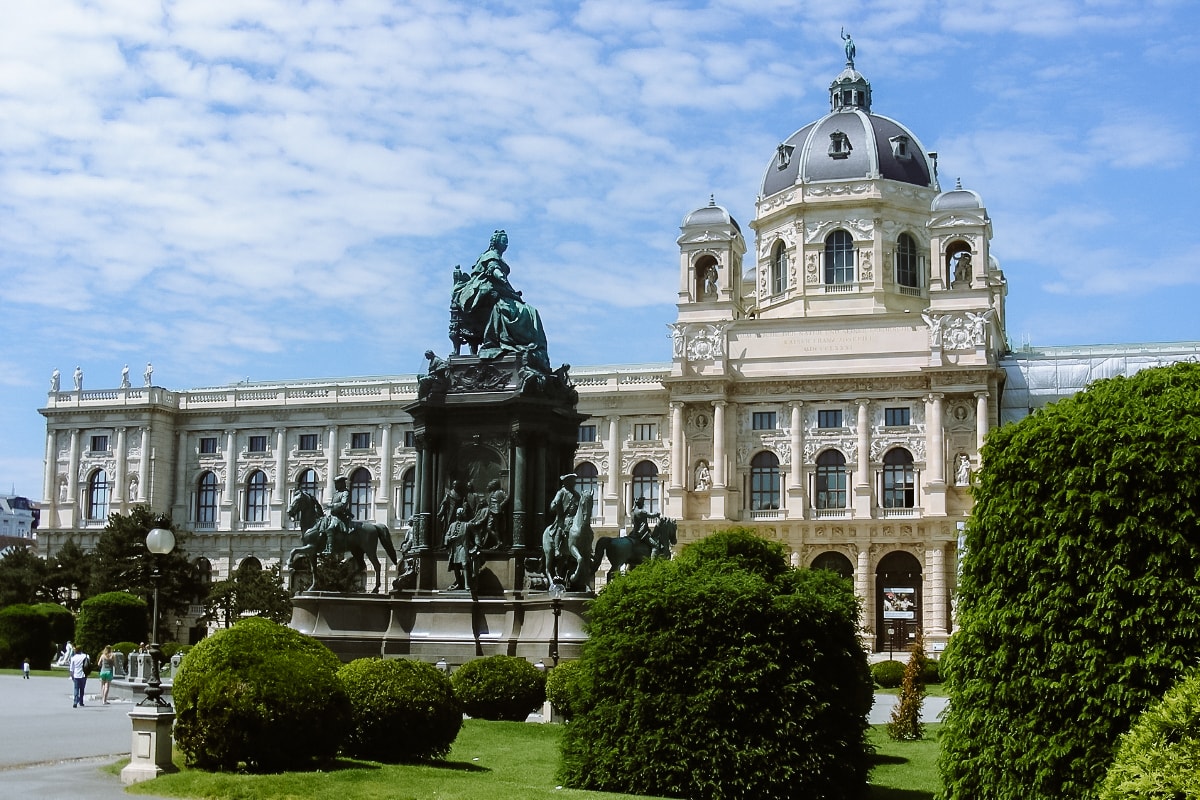
The museum is also famous for the theft of the Cellini salt cellar sculpture by Cellini, which was stolen in 2003 and found 3 years later in a box buried in the woods. It was the largest art theft in Austria.
Admission to the Kunsthistorisches Museum is €21 and free for children under 19. Click here to book tickets in advance .
Opening hours: the museum is open daily except Mondays from 10:00-18:00 and on Thursdays until 21:00. From June to August and between 15 October and 19 January it is open daily, including Mondays.
☞ Get inspired by the most beautiful places in Austria.
25. Museum of Natural History (Naturhistorisches Museum)
Wondering what a volcanic eruption is like or what you would have looked like in prehistoric times? You can find out at the Natural History Museum. The museum encompasses extensive collections from the beginning to the present day, from showcases to modern interactive exhibitions. You can find here really everything you can think of in connection with nature.
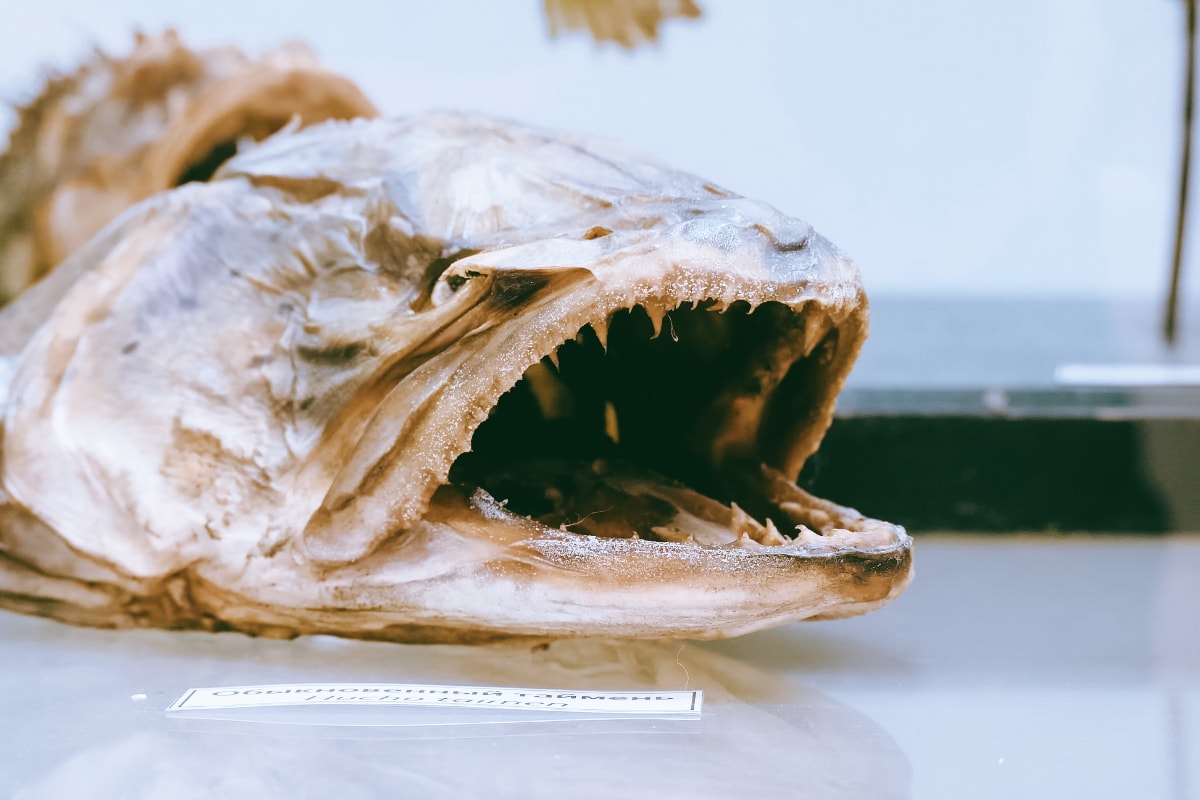
The Museum of Natural History is located directly opposite the Museum of Art and History across Marie Therese Square. It is housed in a beautiful Renaissance building that is worth seeing in itself.
Admission to the Naturhistorisches Museum is 16 € and reduced 12 € (students, disabled). Children under 19 years of age are admitted free of charge. You can buy tickets book online .
Opening hours: open Thursday to Monday 9:00-18:00 and Wednesday 9:00-20:00. Closed on Tuesdays. The last entry is one hour before the end of opening hours.
26. Hundertwasserhaus museum
The Hunderwasserhaus is one of the less common places, but at the same time one of the most interesting. He created the colour block in the 1980s. years of architectural designer Friedensreich Hunderwasser. The building symbolizes the connection between man and nature.
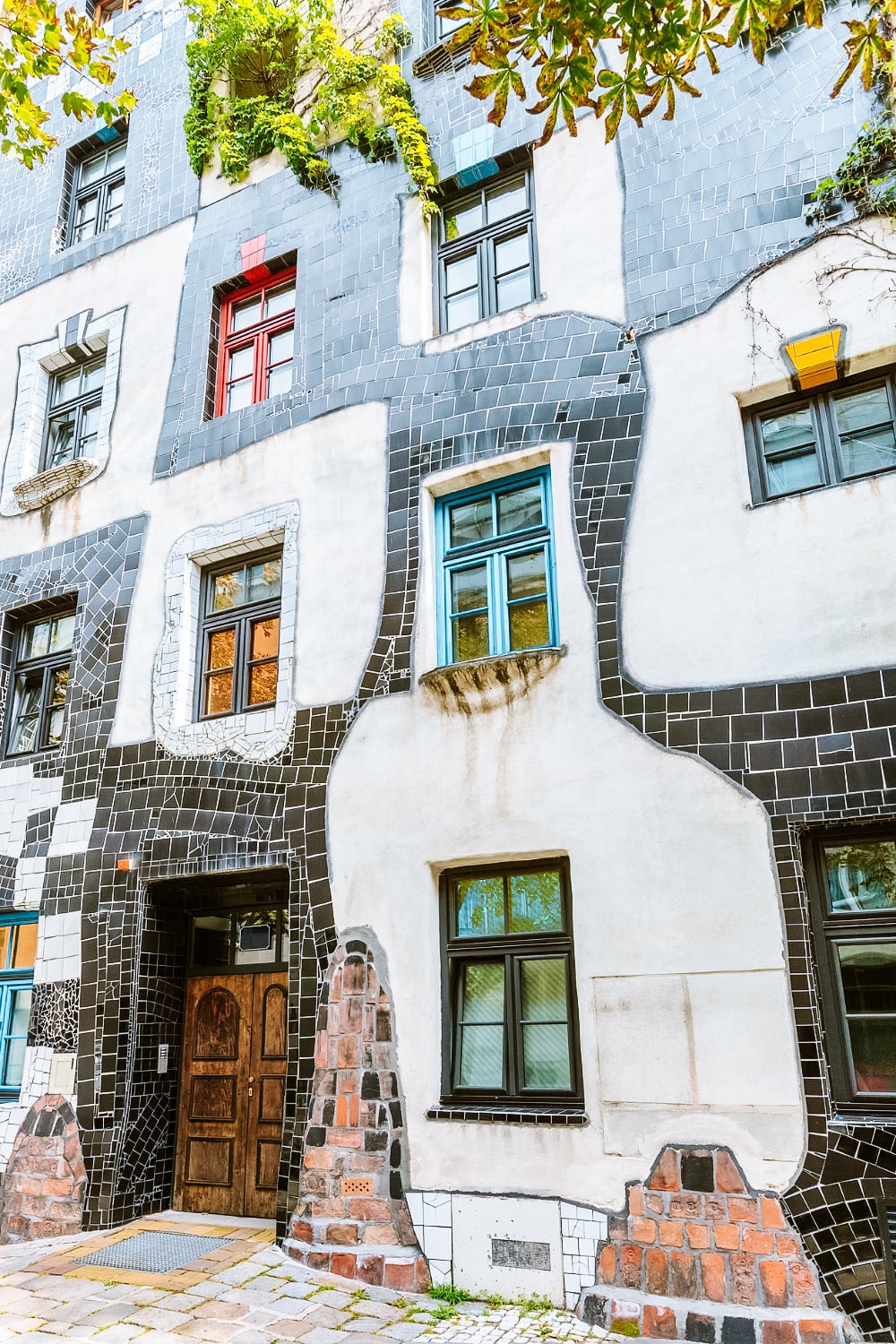
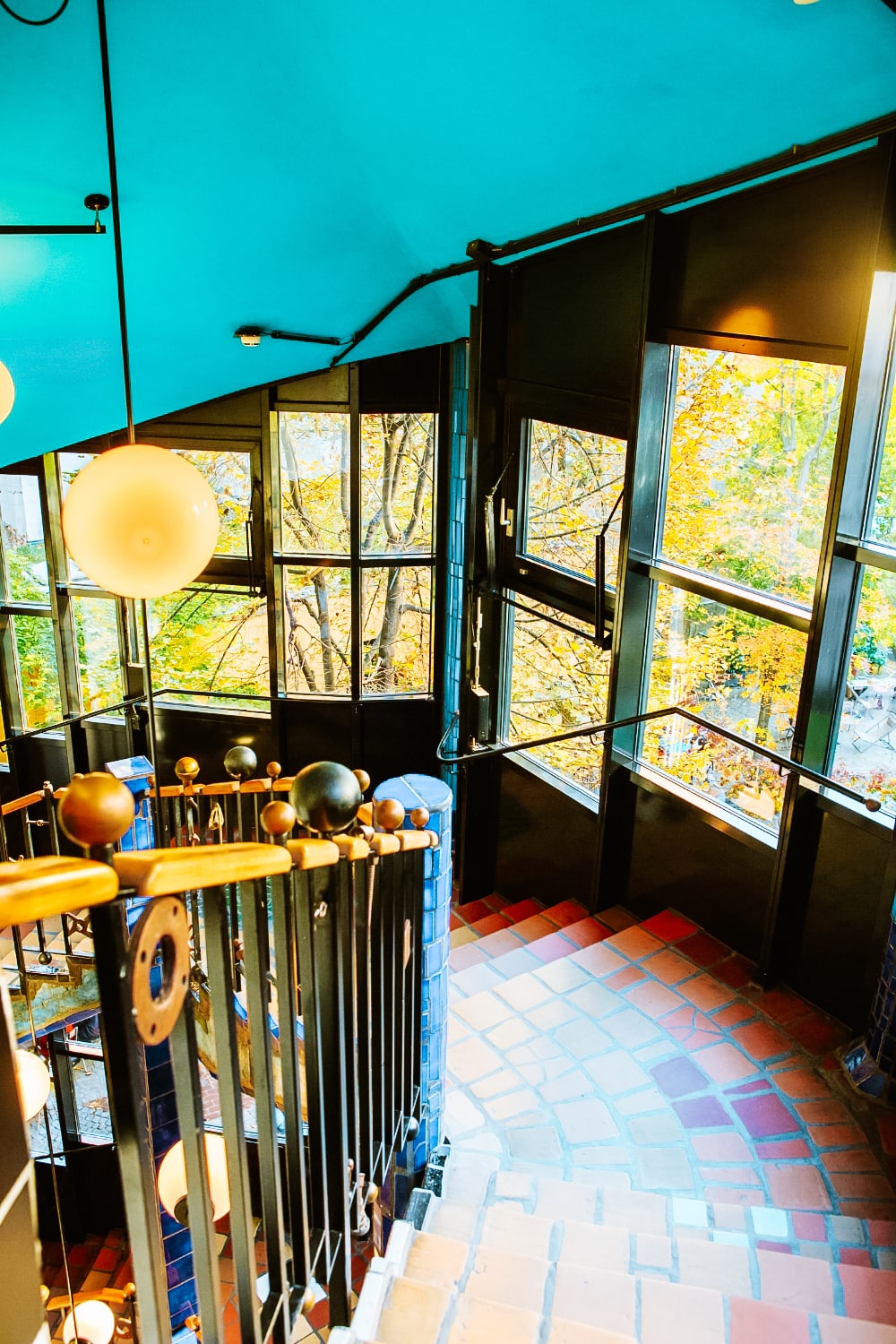
Adjacent to the Hundertwasserhaus is the Hundertwasser Village with shops and cafés (open daily 9:00-18:00).
Just a few minutes from the museum you will find the Kunst Haus Museum, a place featuring the work of the architect Hundertwasser. On the ground floor you can refresh yourself in the excellent café. If you liked the Hundertwasserhaus, you’ll also like the Kunst Haus – you’ll recognise it from afar.
The Kunst Haus Museum is open daily from 10:00-18:00. Admission is €9-12 depending on what you want to see (reduced admission €5 for children 10-19 and students up to 26).
27. Wax Museum (Madame Tussauds)
Opposite the Giant Wheel in Prater Park is Madame Tussauds , or the Wax Museum. Some of the statues represent important Austrian personalities, but you will also see many world-famous names such as Audrey Hepburn, Johnny Depp, Daniel Craig, Lady Gaga and others.
Admission to Madame Tussauds is €24 and a reduced rate of €20 for children aged 4-14. Prices apply to online booking , tickets are € 2 more expensive on the spot. It is open daily from 10:00-17:00.
28. Stadtpark
Stadtpark is a city park in the centre of Vienna where you can keep yourself entertained for hours. There are walking trails, refreshments and activities for children. If you want to get away from the hustle and bustle of the city, this place is ideal.
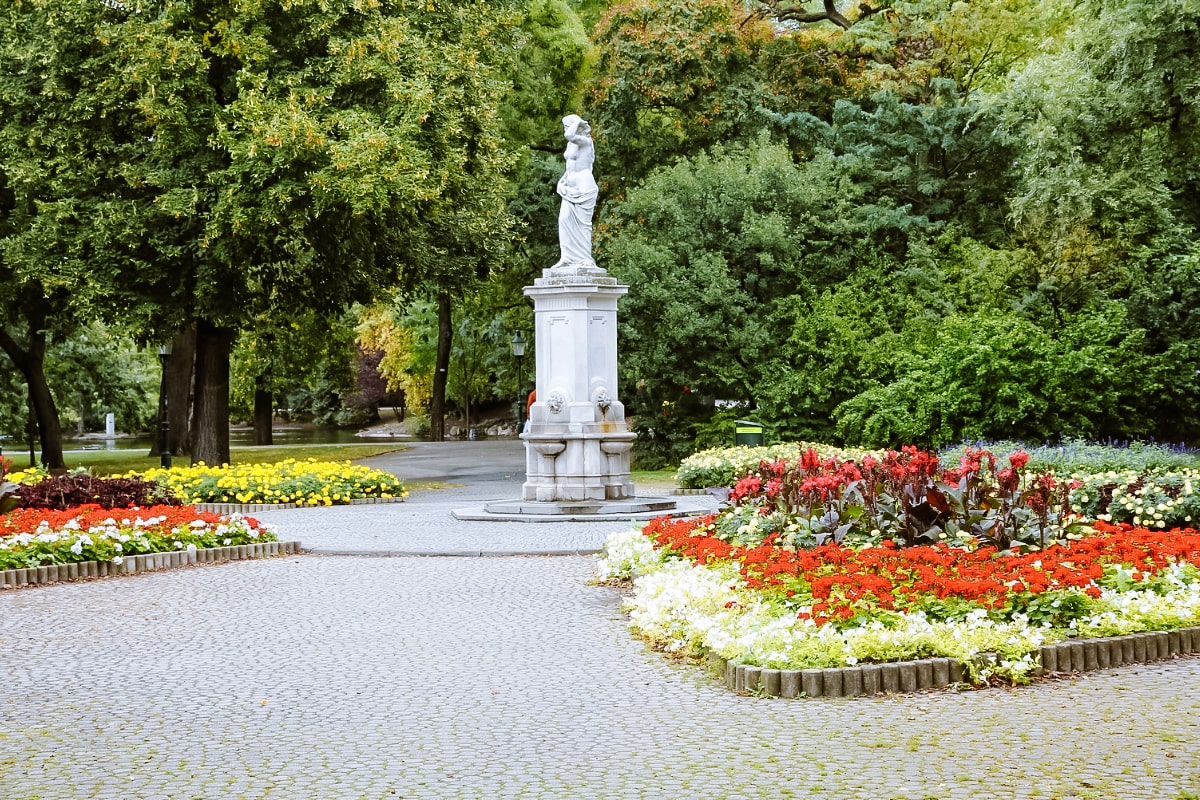
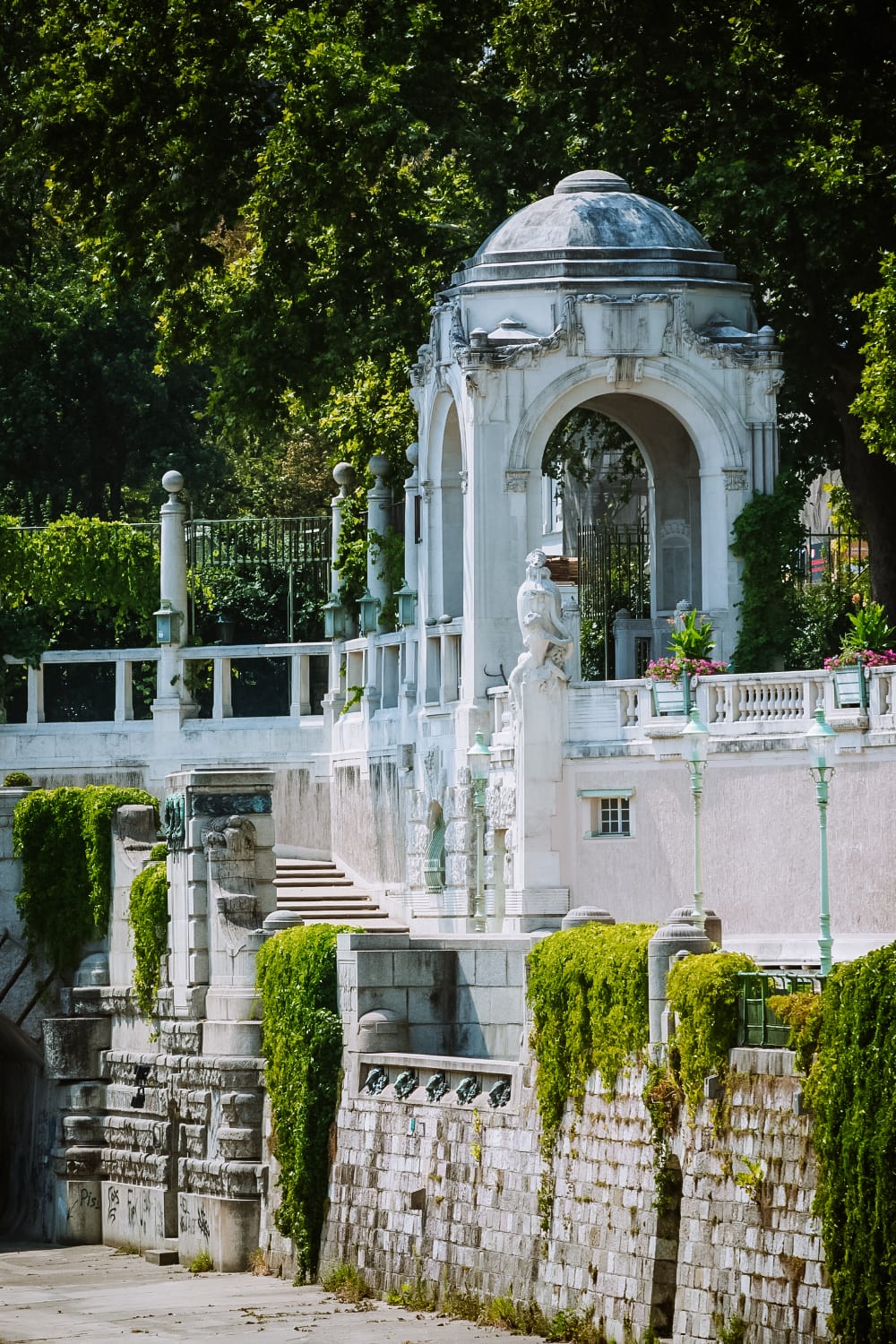
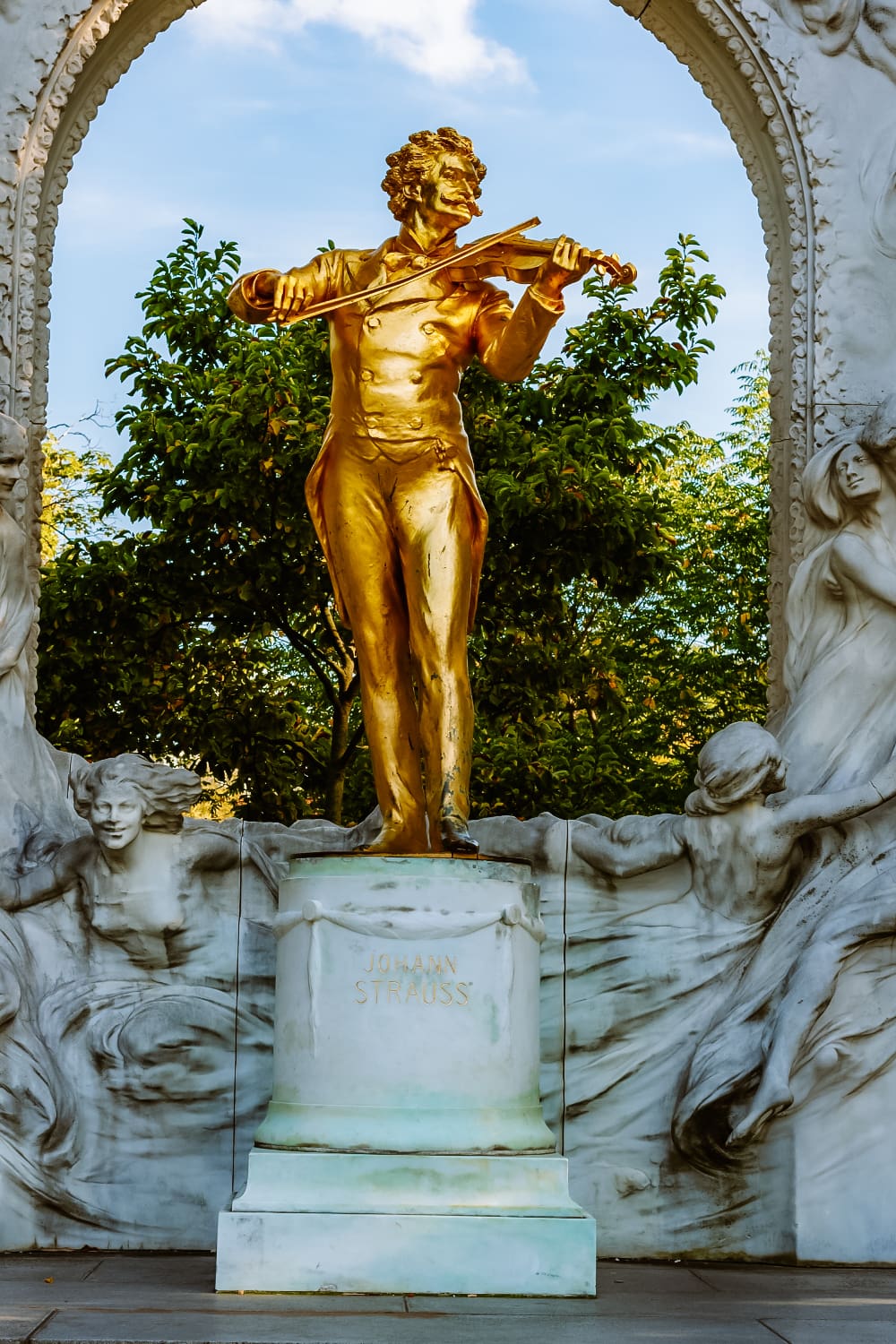
29. Military History Museum (Heeresgeschichtliches Museum)
In the Military History Museum you can see old military houses, uniforms, armaments, decorations, a tank park (only from spring to autumn) or a huge anti-aircraft gun.
A great example of military history from the Middle Ages to the Second World War. World War II that will captivate any fan of military history.
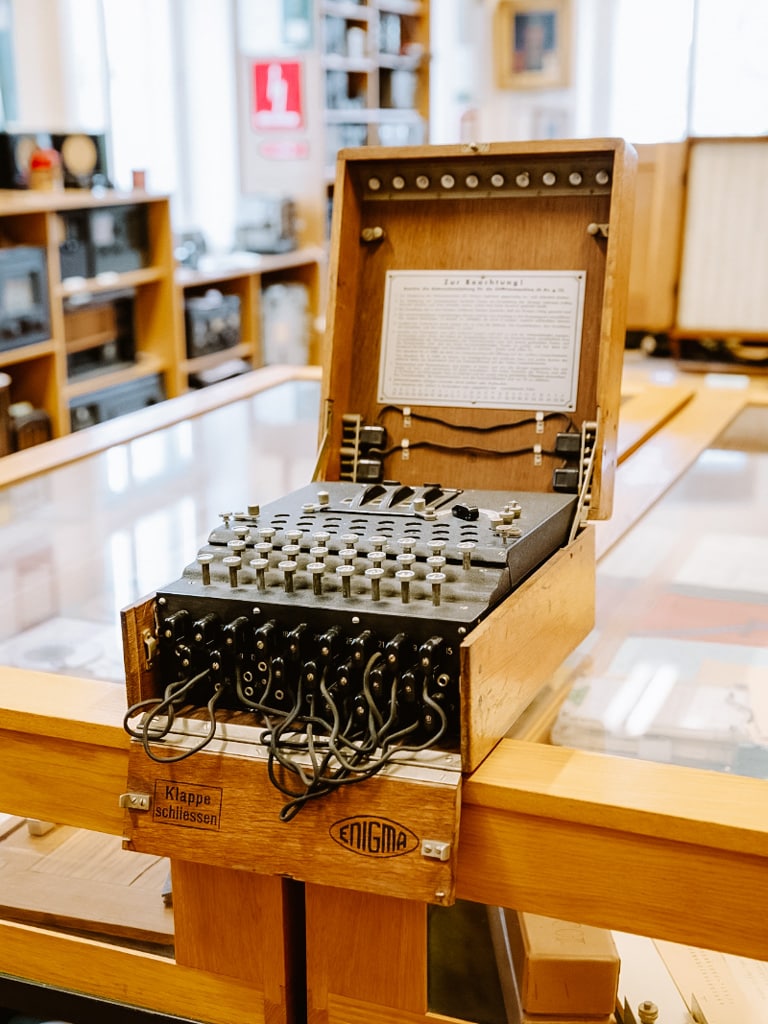
The Military Museum is open daily from 9:00-17:00. Full admission is €7 and children under 19 are free.
30. Technical Museum (Technisches Museum Wien)
Are you interested in science, physical laws and technology? The Technical Museum will explain everything from the history of technology and human activity in an interactive and humorous way.
You can try out how physics experiments work, see steam engines, airplanes and other interesting things. All this in a beautiful historic building.
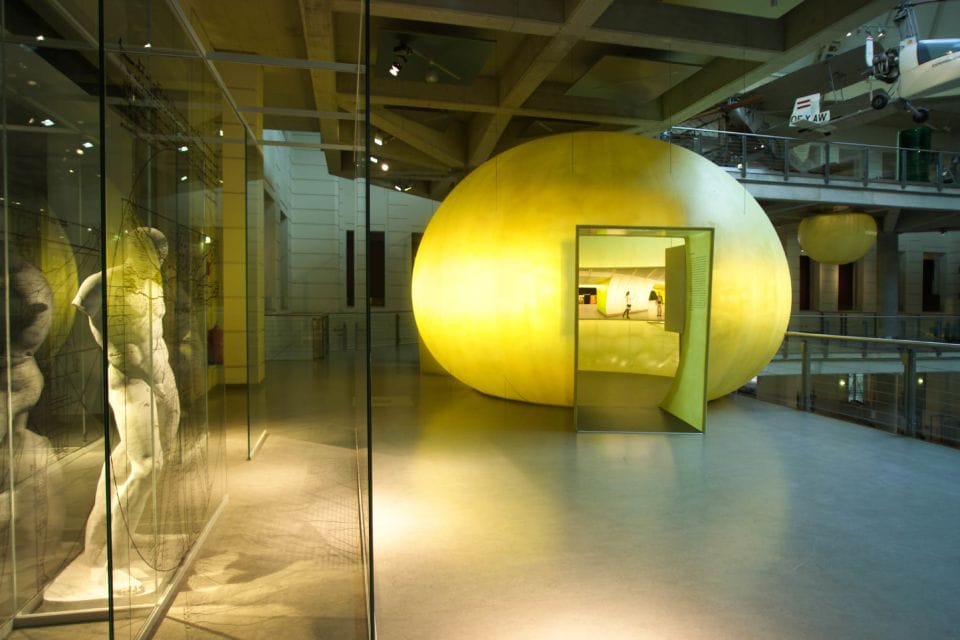
Admission to the Technical Museum in Vienna is €16, reduced €14.50 for students under 27 and €5 for disabled persons. Children under 19 years of age are admitted free of charge. Tickets can be booked in advance.
The Technical Museum is open from Monday to Friday from 9:00-18:00 and on weekends and holidays from 10:00-18:00.
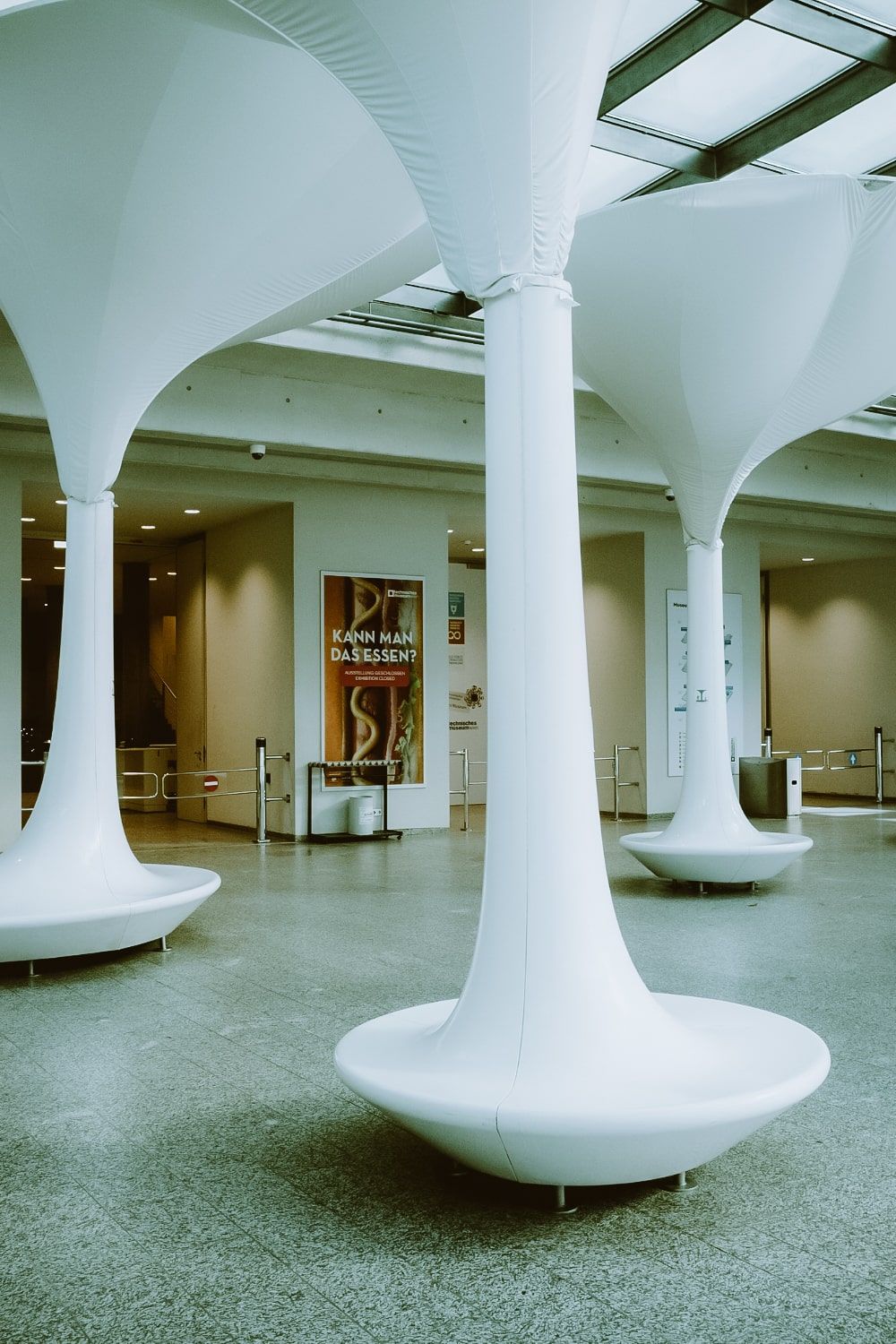
31. Setagayapark
Setagayapark, a small Japanese garden in the middle of the city, is a peaceful place with a pond and small waterfalls. You can see various birds and small turtles. The park has limited opening hours from March to the end of October. Admission is free.
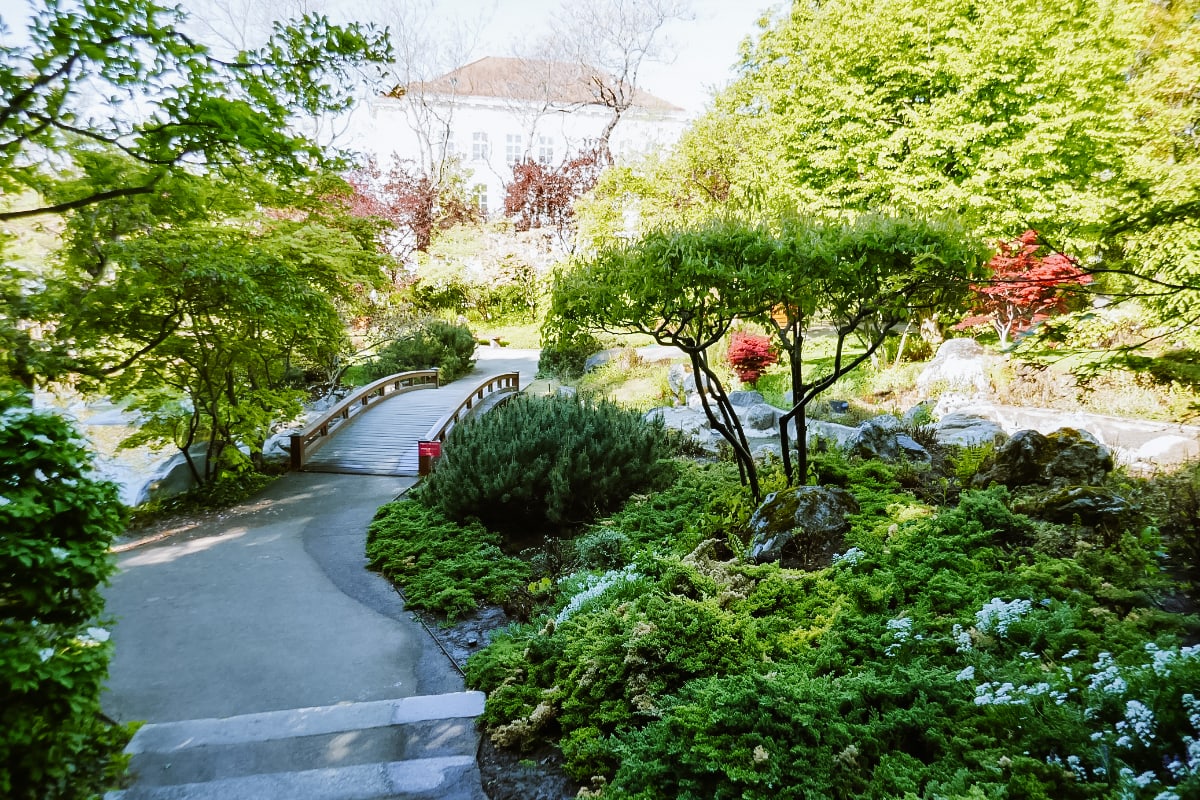
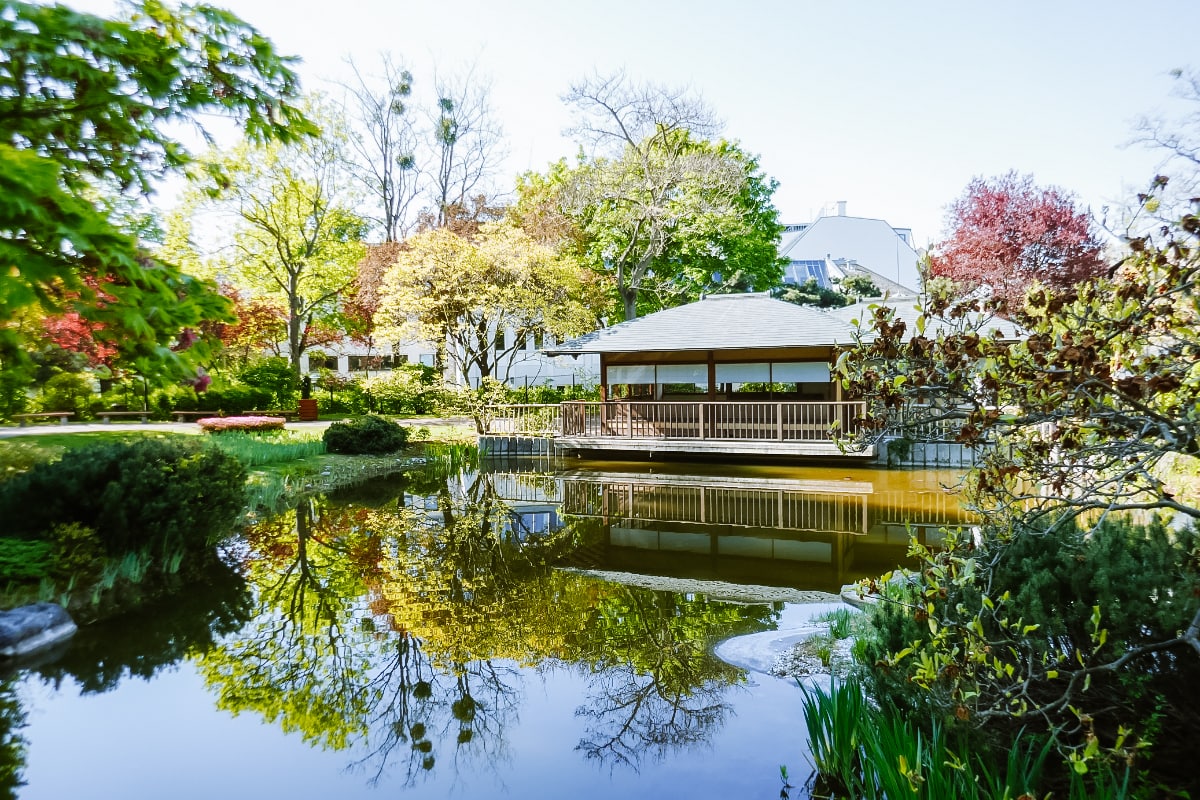
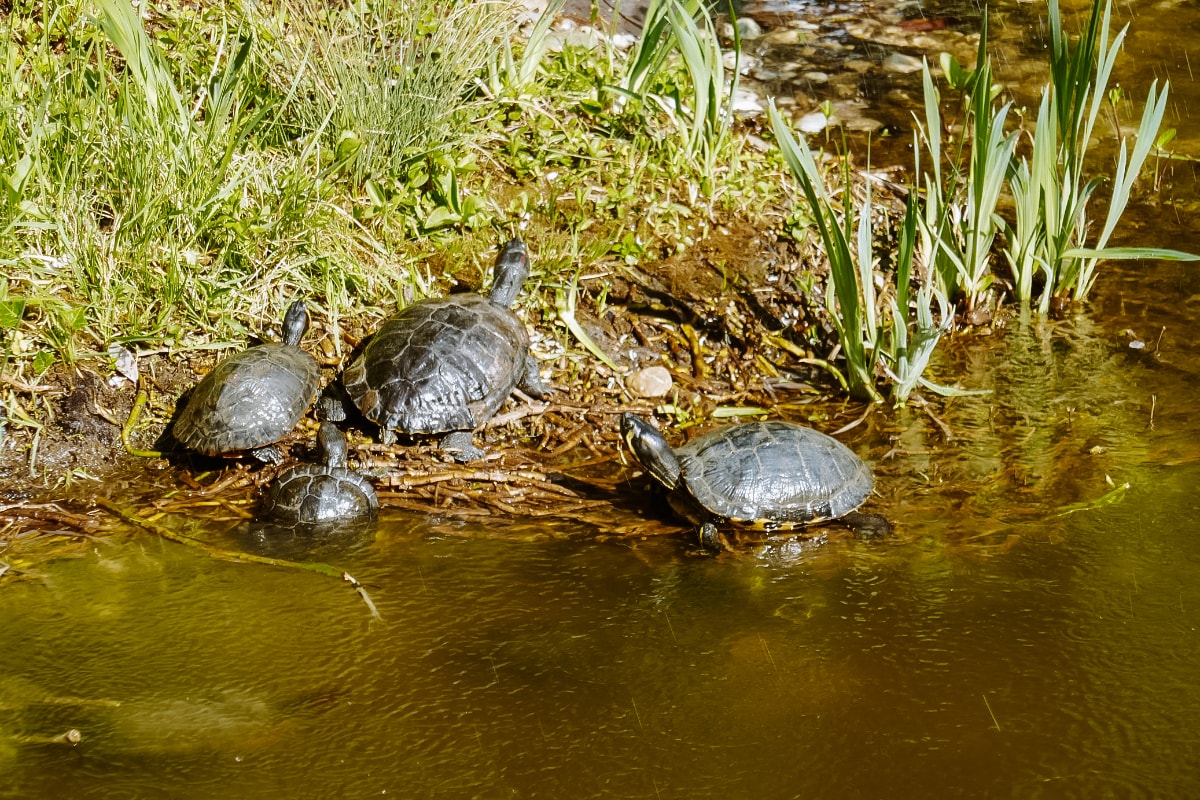
32. Albertina Art Gallery – Museums in Vienna
The Albertina is not only one of the most important art museums in Vienna, but also in the world. Inside it houses an extensive collection of works including Monet, Degas, Picasso and other famous artists. All located in beautiful halls.
They often organize temporary exhibitions with well-known artists. The museum is best known for its print collection of more than one million prints and 60,000 drawings.
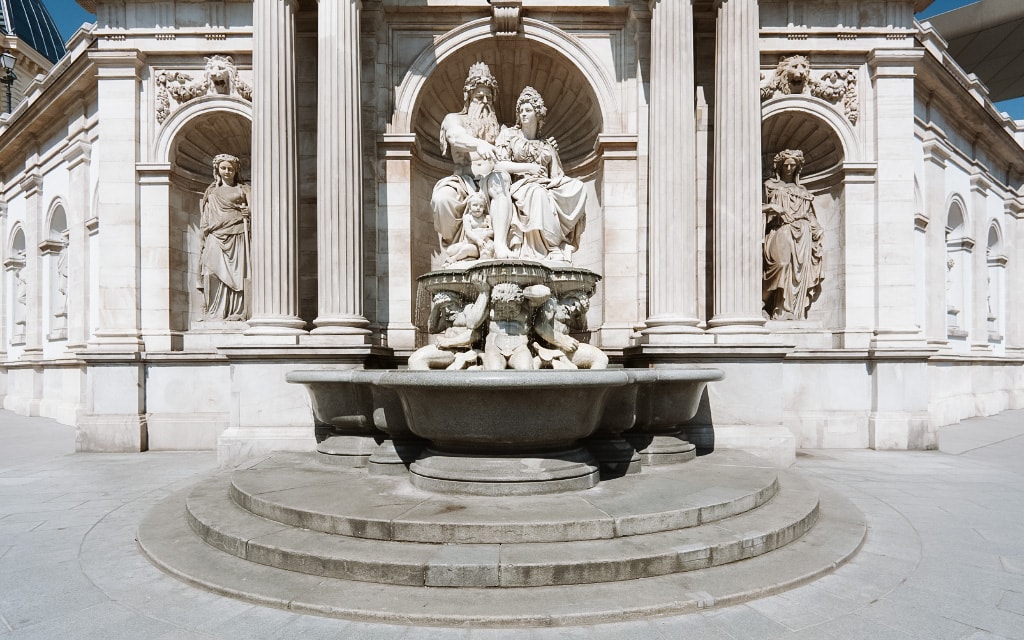
Full admission to the Albertina Gallery is €18.90, reduced admission €14.90 for seniors over 65 and students under 26. Children under 19 years of age are admitted free of charge. Click here to book tickets.
The Albertina is open daily from 10:00-18:00 and on Wednesdays and Fridays until 21:00.
☞ Get inspired with tips on the most beautiful lakes in Austria.
33. MuseumsQuartier – Museums in Vienna
There are other museums near Maria Theresa Square. There’s even an entire museum district, or MuseumsQuartier, surrounded by several art and history museums.
The MUMOK Museum of Modern Art and especially the Museum of Modern Austrian Art are worth seeing. Leopold Museum which is one of the most important modern art museums in the world.
In summer, the square turns into a relaxation zone with colourful deck chairs where you can lie back and relax.
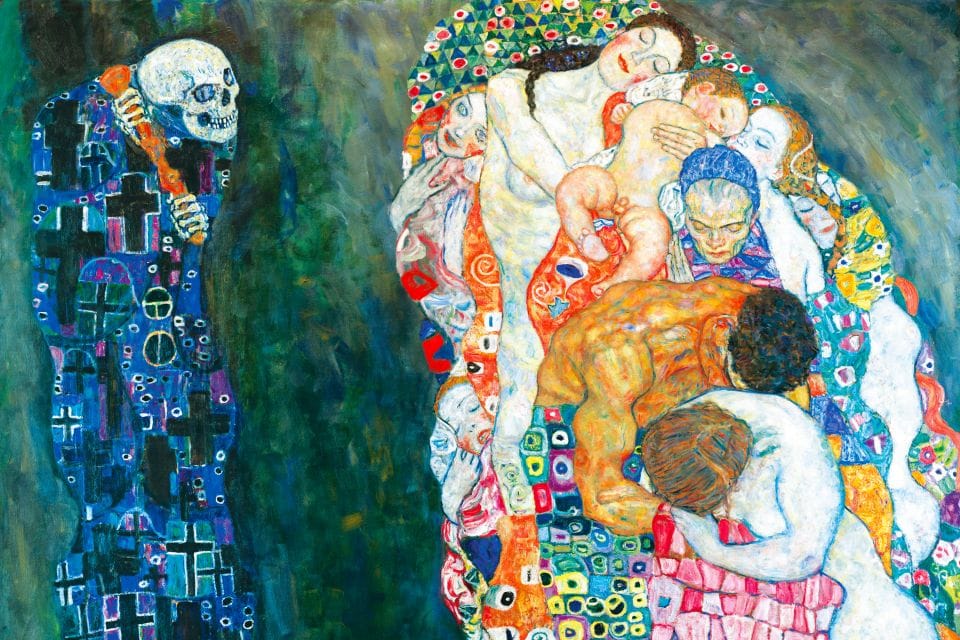
34. Volksgarten
Vienna has many beautiful parks and gardens, which are ideal for a stroll and relaxation after visiting the sights and museums. The Volksgarten is one of the most beautiful – a well-kept garden full of roses a short walk from the Hofburg. The garden is free to enter, with benches, a fountain and several beautiful buildings.


35. House of the Sea (Haus des Meeres)
Haus des Meeres is a unique experience worth visiting in Vienna. It is an aquarium with a huge variety of animals, from sharks to jellyfish, moray eels to tropical fish. You can also observe reptiles, amphibians and other interesting animals such as sea turtles and giant tortoises.
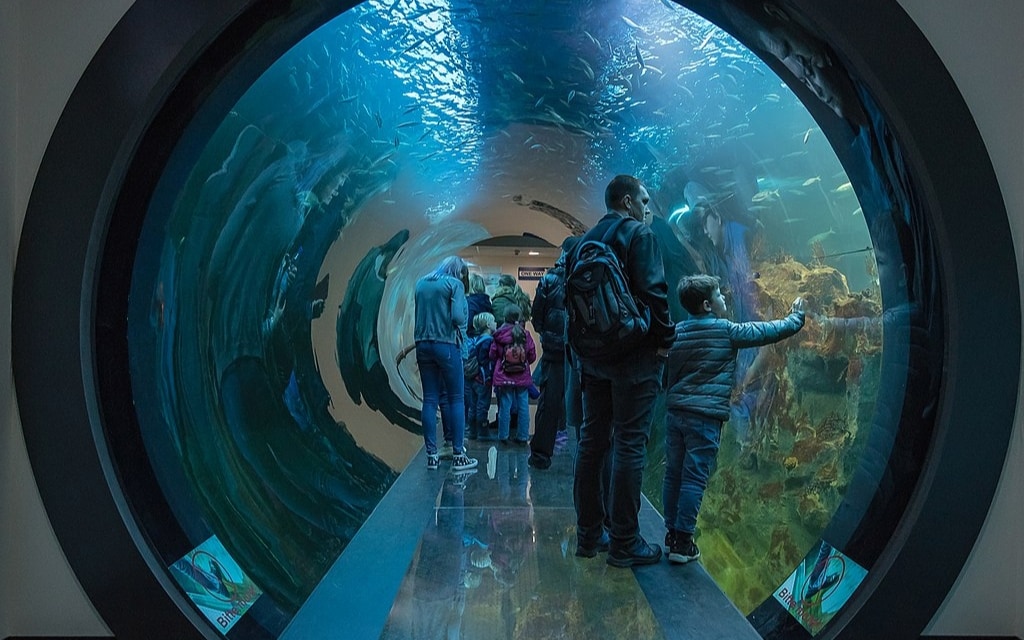
The museum section focuses on information about the marine world and its importance in our ecosystem. The top floor has a roof terrace with views of Vienna.
Interestingly, the Haus des Meeres was built in a World War II tower.
Haus des Meeres is open daily from 09:00-20:00. Full admission is €21.90, reduced admission is €16.40 for students up to 26 years and seniors over 65 years (valid Monday to Friday only), reduced admission is €9.80 for children 6-15 years and reduced admission is €6.50 for children 3-5 years. For a better price I recommend booking in advance .
36. Christmas Vienna
In Vienna, they just know how to do it. A few months before Christmas, the city is literally enveloped in a Christmas atmosphere. Everything is beautifully decorated and there are famous markets.
This makes the run-up to Christmas one of the most magical times to visit Vienna.
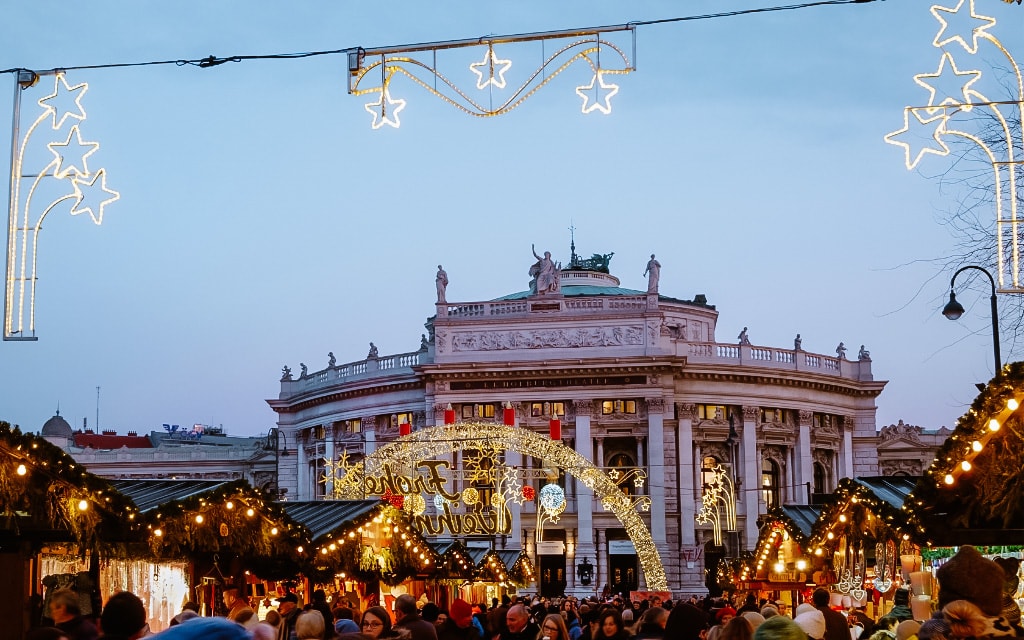
Best Things to do in Vienna – map
HOW TO USE THIS MAP: Above you will find a detailed map of the best things to do in Vienna. Click at the top left of the map to see separate layers with highlighted locations. You can hide and show the different layers or click on the icons on the map to see the names of the places I mention in my guide on what to see in Vienna. If you want to save the map, star it. For a larger version, click on the icon in the upper right corner.
Where to stay in Vienna?
- Bassena hotel – stylish 4* hotel strategically located a few minutes from Prater Park and the city centre
- Austria Trend Parkhotel – 4* hotel in traditional style right next to Schönbrunn Palace
- Superbude Wien Prater – design hotel just a short walk from Prater Park
- The Social Hub – fun accommodation a short walk from the Prater
- JUFA hotel – pleasant hotel, ideal for families with children
- Prizeotel – modern 3* hotel at a great price a few minutes from the main train station
- Lenas Donau Hotel – cheap and simple hotel a short walk from the metro station
Accommodation in Vienna 😴
What to taste in Vienna?
Viennese cuisine is famous for its desserts and cakes. One of the most popular Viennese dishes is Wiener schnitzel, a thin piece of fried veal served with lemon and potato salad.
Other traditional Viennese dishes include Tafelspitz (boiled beef), Gulaschsuppe (goulash soup) and Kaiserschmarren (shredded pancakes). For street food, try the Viennese sausages (Wurstel).
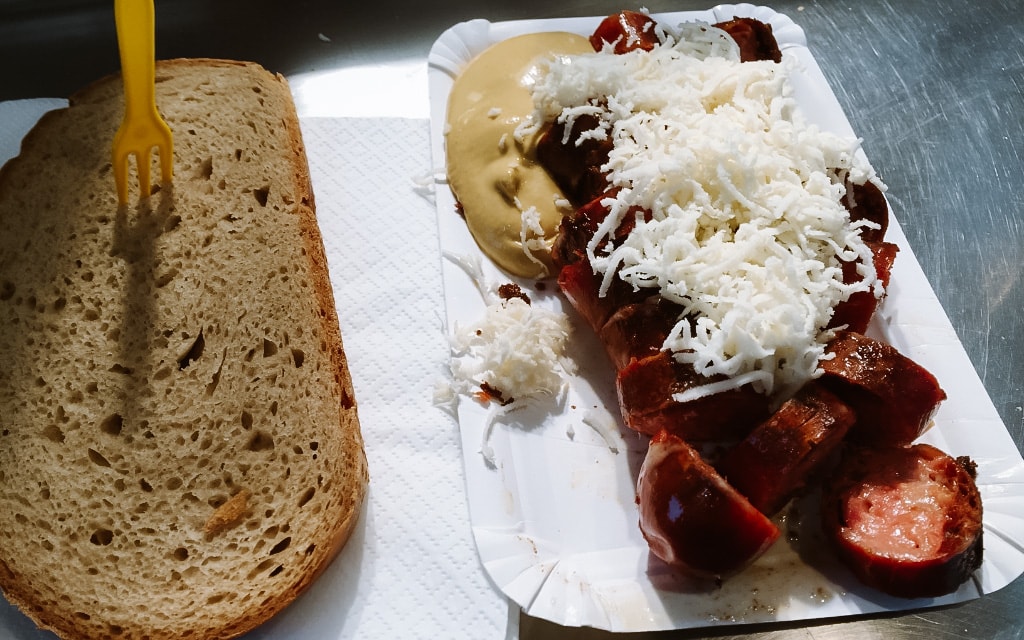
For dessert, try the Sachertorte or apple strudel. There are plenty of cafés in Vienna where you can grab a bite to eat and enjoy a coffee or hot chocolate.
The water in Vienna is drinkable and excellent. It comes directly from the high alpine springs.
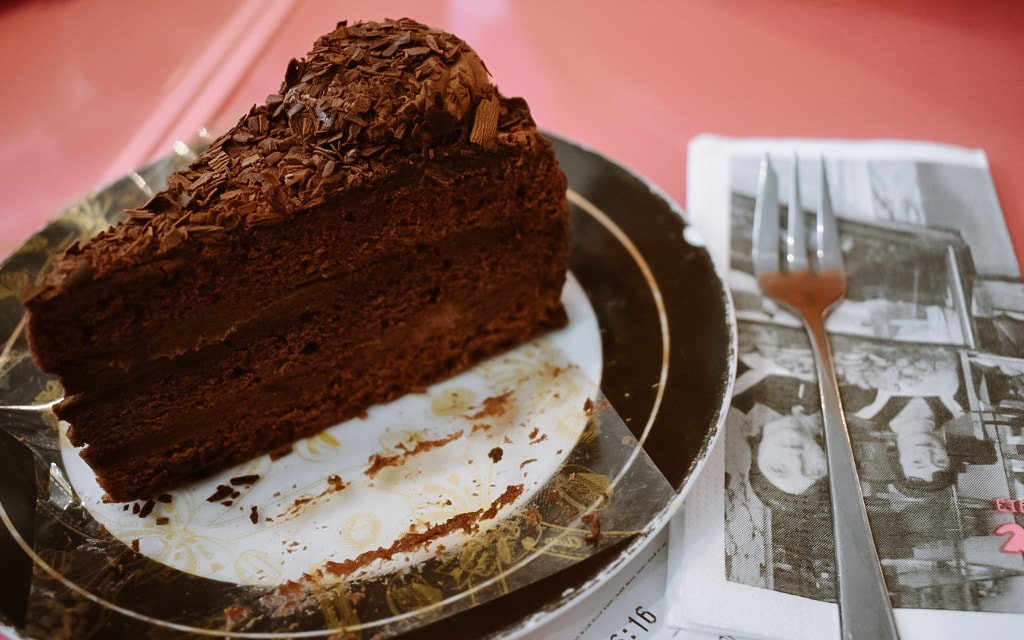
How to get to Vienna
Vienna is very well connected to many European cities. It is easily accessible by train, bus and air.
Trains are a convenient and environmentally friendly way to get to Vienna. Very cheap and regular connections can be found on Regiojet. You can also use Czech Railways and Austrian Railways ÖBB to search for connections.
Another popular way to get to Vienna is by bus – from Prague Student Agency or Flixbus, which also stops in Brno.
How to get to Vienna Airport (or from the airport to Vienna city centre)
Vienna International Airport (VIE) is one of the busiest airports in Europe. It has a wealth of facilities including a hotel, shops, restaurants and even a viewing terrace. See the airport map here.
There are several public transport options to get to central Vienna from the airport. The fastest way to get there is by train – you can take the S-Bahn or the Airport City Train (CAT), which leave directly from VIE Terminal 1 and take you to Wien Mitte Station in around 20 minutes.
CAT is the most expensive option – a one-way ticket costs €14.90 (€24.90 for a return; children under 15 travel free). On the other hand, it is the most comfortable and the connections leave every 15 minutes all day until midnight. Click here to book your tickets which you can then show on your mobile phone when you board.
The suburban railway is the second fastest option, and it’s also reasonably priced (tickets from €4.30). You can find directions to the platform in the arrivals hall and buy tickets simply at the red ÖBB machines.
Alternatively, you can take buses that go directly to various places in Vienna – the price for a one-way ticket is €8 (€13 for a return ticket). You can order your bus ticket in the WienMobil ticket app.
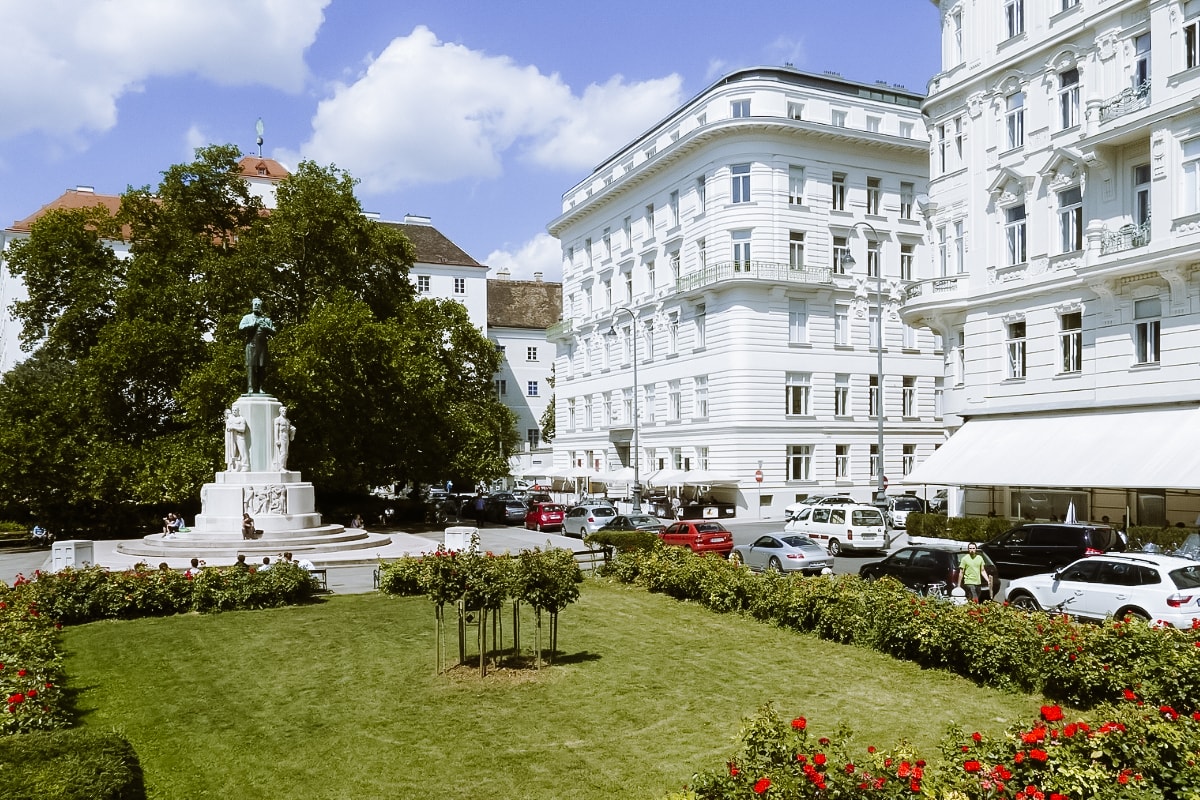
Parking in Vienna
Are you planning to drive to Vienna? Parking here, like in any other major city, can be a challenge at times.
Parking garages can be found all over Vienna, including in the city centre, but in the city centre itself the high price (around €3 per hour) is a drawback.
P+R car parks are located further away from the city centre, but always close to metro stations or train stations, so you can easily get to the city centre. For many people, this will be the easiest and cheapest way to get to the centre of Vienna. The price for parking is usually in the range of 4-5 € per day.
Here are some of our tips:
- Parkhaus P+R Erdberg – parking garage near the centre at an excellent daily rate
- Parkhaus P+R Ottakring – parking garage west of the centre with good connections to the underground
- P+R Spittelau – parking garage north of the centre and a few minutes from the underground
- Park+Ride Garage Leopoldau – parking garage on the outskirts of Vienna, a short walk from the underground
Parking on the street
If you’re visiting Vienna on a weekend or holiday, you can park for free in the white marked zones on the street (watch out for additional signs where some parking areas are reserved for residents only).
During the working week you have to buy a “parking permit” to park on the street. Parkschein parking permit. It can be bought in all newsagents or metro stations. There are several colour-coded Parkschein types to choose from, depending on the length of time you want to park on the street (maximum 2 hours for €5).
Please note: You won’t see parking meters on the street, but you have to go buy a Parkschein yourself.
To find parking, I recommend Parkopedia.at. Here you will find all parking options (parking garages and P+R) including prices and conditions.
Transport in Vienna
Vienna has an excellent public transport system, consisting of buses, trams, the U-Bahn underground and S-Bahn trains.
The U-Bahn is one of the most convenient ways to get around Vienna, taking you to the other side of the city in no time. Buses and trams are also popular means of transport, especially for shorter journeys.
Check out the metro and train map at this link.
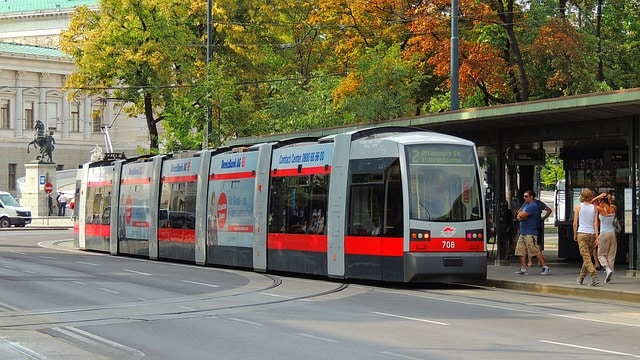
Cycling is another option to explore Vienna. In addition, Vienna is very bike-friendly and there are plenty of bike paths.
Taxis are available but can be expensive compared to other means of transport. There’s also Uber in Vienna.
Public transport and metro tickets in Vienna in 2024
A single ticket will cost you 2,40 €. As for children, all children under 6 travel free of charge and on Sundays, holidays and school holidays, even older children under 15 travel free of charge. For the rest of the year, children aged 6-15 travel for half the fare of €1.20. Seniors over 65 years of age also have a reduced fare of €1.50.
You can buy a ticket from vending machines in the metro, in newsagents or from the driver on trams. You can mark your ticket at the blue machine outside the metro entrance or on buses and trams. If you buy a ticket from the driver, you no longer mark the ticket.
If you plan to use public transport more often, buy an all-day ticket for €5.80, which will be valid until 1am. Valid for the day you mark on your ticket.
There are also tickets with unlimited travel around Vienna, valid for up to 72 hours: a 24-hour ticket for €8, a 48-hour ticket for €14.10 and a 72-hour ticket for €17.10. Tickets are valid from the time you choose.
You can also buy tickets on the WienMobil ticket app.
Sightseeing bus
A popular way to explore Vienna is riding in a sightseeing bus . He will take you around the most beautiful places in Vienna – stopping at each one to give you the opportunity to get off or to take the next train again. Buses run frequently and regularly throughout the day.
The sightseeing bus is also part of the Vienna Pass.
Prices in Vienna
In general, food prices in Vienna are on average compared to other European cities. Most restaurants offer set menus, which tend to be reasonably priced. You’ll pay around €60 for a meal for two in a mid-range restaurant, but it can be less or considerably more in a tourist centre.
For street food or street food, expect to pay between €5-10 (falafel, pita, sausage, Vienna sausage, etc.). Expect similar ranges in cafes where you can get a little something to eat with your coffee.
The most widespread supermarket chain is Hofer, where you can shop well and often very cheaply.
Generally speaking, Vienna is a suitable destination for all budgets and it is up to each individual to decide how to approach a visit to Vienna.
Tip: Looking to save money when visiting Vienna? With a tourist card Vienna City Card you get free transport and discounts to more than 200 places in Vienna. I wrote a detailed article about the card so you can get an idea of whether the card is worthwhile for you.
The other option is the Vienna Pass, which includes free entry to most places in Vienna for 1, 2, 3 or 6 days. An alternative is the Vienna Flexi Pass, where you choose the number of attractions you want to visit. You can find out more about the Vienna Pass and the Vienna Flexi Pass in the previous article.
When to visit Vienna?
As in most European cities, the high season in Vienna is in July and August. It’s also the warmest time of the year. If you want to cool off, head to one of the local parks or gardens (Volksgarten, Augarten, Prater) or to the Danube Island, where there are several beaches with seating.
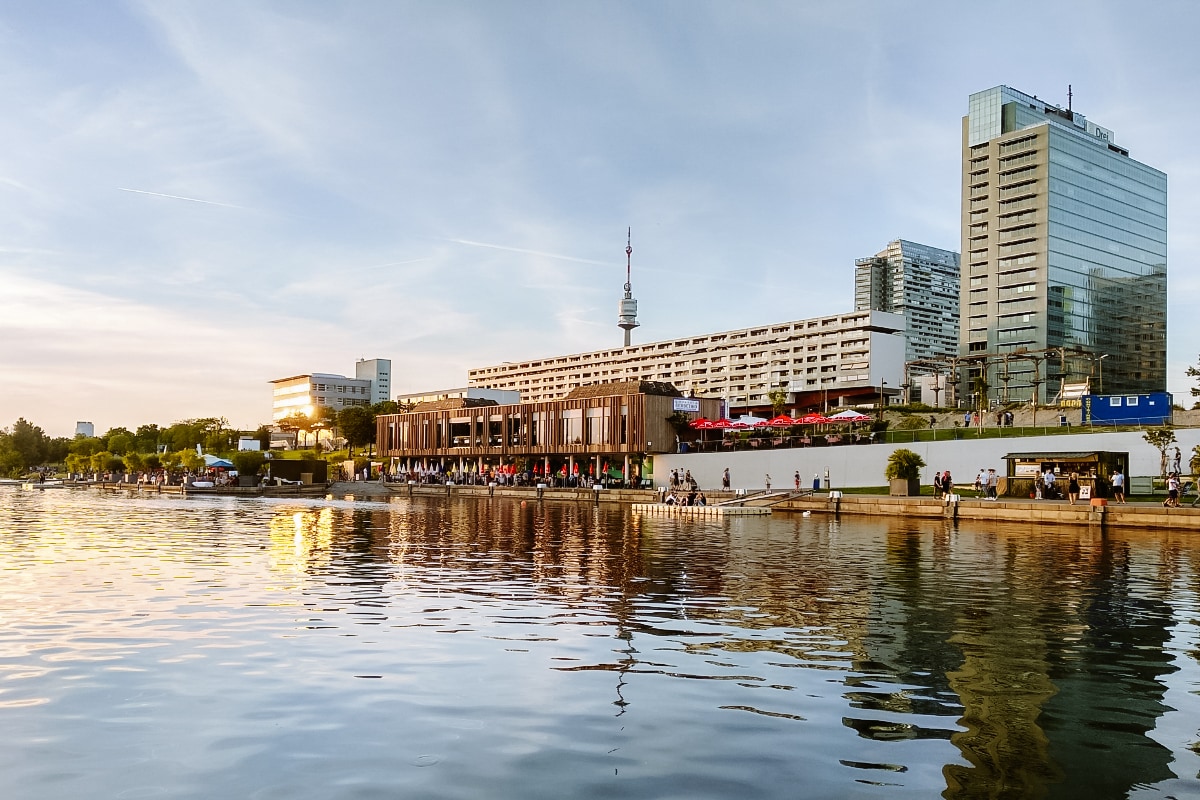
The best time to visit Vienna is in early spring or autumn. Temperatures are pleasant and the tourist influx is noticeably less. And if you don’t mind the cold, head to Vienna in the run-up to Christmas, when Vienna is absolutely magical.
This was our guide and tips on the best things to do in Vienna. Do you have a question? We’ll be happy to answer it in the comments below. Have a safe journey!
More information about Austria
VIENNA: Check out our itinerary for 3 days in Vienna. In the article Vienna with kids we share tips on how to enjoy Vienna with the whole family.
The guide to where to stay in Vienna offers tips on the best neighbourhoods and accommodation in Vienna, including practical information.
The Vienna City Card is one of the most popular ways to save money in Vienna. Or take a look at the comparison between the Vienna City Card and the Vienna Pass.
AUSTRIA: Here are the most beautiful places in Austria. Are you planning a visit to the Austrian lakes? Take a look at the most beautiful lakes in Austria.
ROME: In our list of the most beautiful places in Rome, we’ve put together our tips for what to see in Rome. To help you plan, we’ve created an itinerary for Rome in 3 days.
PARIS: Paris is one of the most popular metropolises and it’s easy to see why. Read tips on the best places to visit in Paris or plan your itinerary for Paris in 3 days.
Read on for even more inspiration for travelling around Europe.
Summary: Best Things to do in Vienna
Vienna is full of attractions and sights to visit. The city’s most famous tourist attraction is Schönbrunn Palace, a magnificent Baroque palace that once served as the summer residence of the Habsburgs. Other popular sights include St. Stephen’s Cathedral, Belvedere Palace, the Vienna State Opera and the Hofburg Imperial Palace. There are also many museums, such as the Natural History Museum, the Art History Museum and the Leopold Museum. Those looking for something a little different can visit the Prater Amusement Park or take a cruise on the Danube.
The length of your stay in Vienna depends on what you plan to see and do in Vienna. We recommend a minimum of 3 days in Vienna to give you plenty of time to explore the city’s attractions and culture. If you have more time, you can take a trip from Vienna to the nearby Alps or Salzburg, for example, where direct trains run directly from Vienna.
Traditional Viennese dishes include Wiener Schnitzel (breaded veal schnitzel), Tafelspitz (boiled beef in broth) and Kaiserschmarrn (grated pancake with raisins). Or try their Sachertorte (rich chocolate cake), Apfelstrudel (apple strudel) and Käsekrainer sausages.
